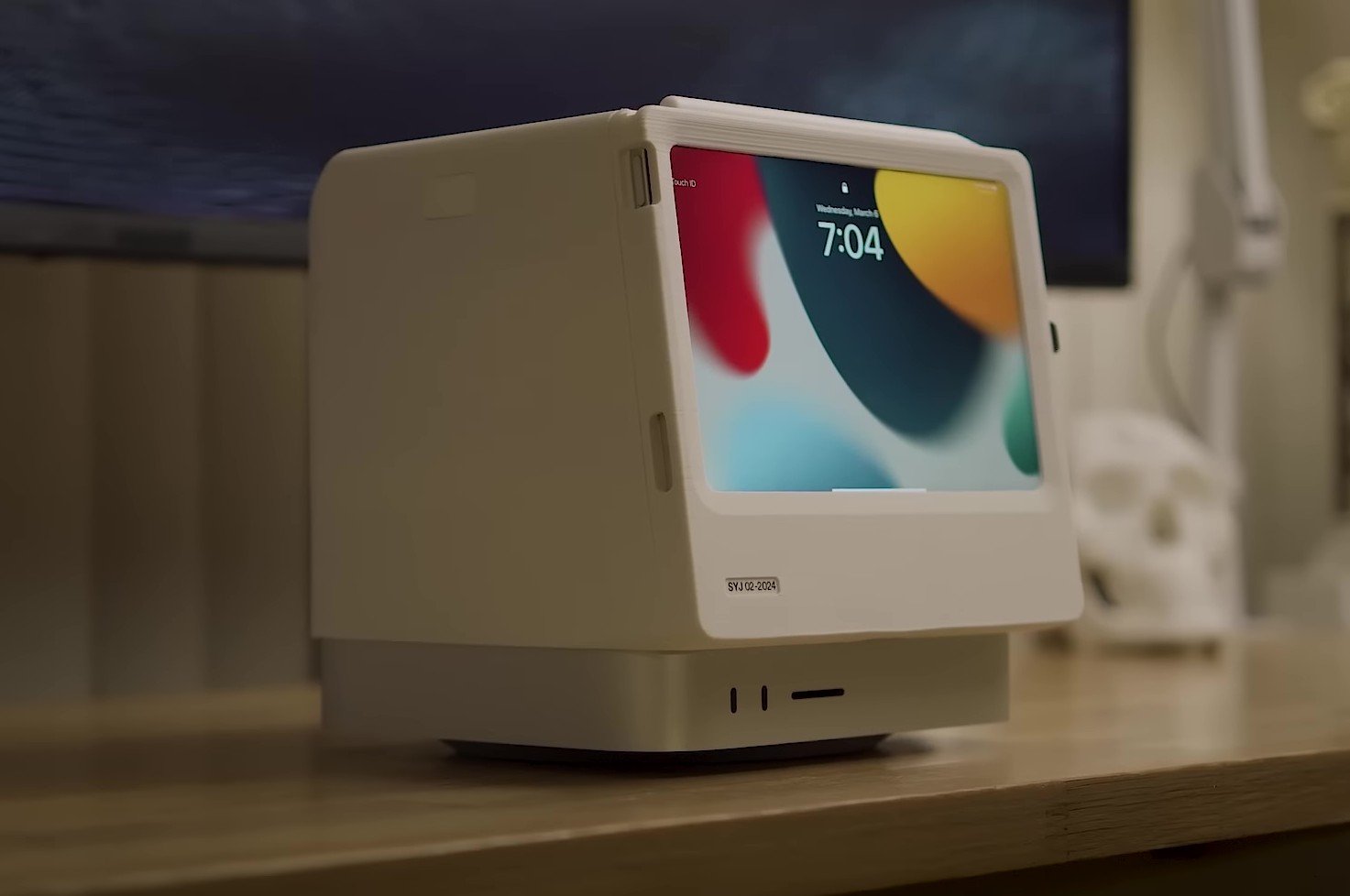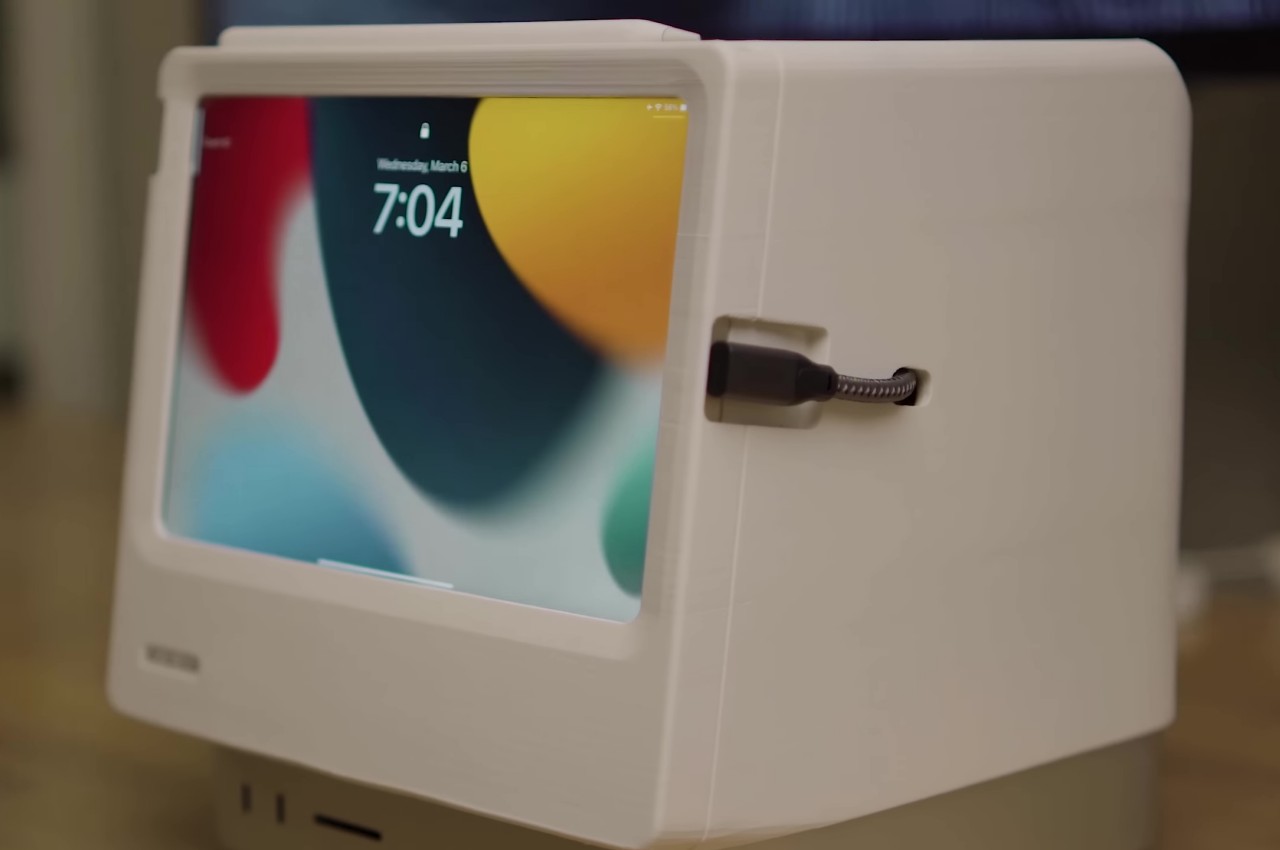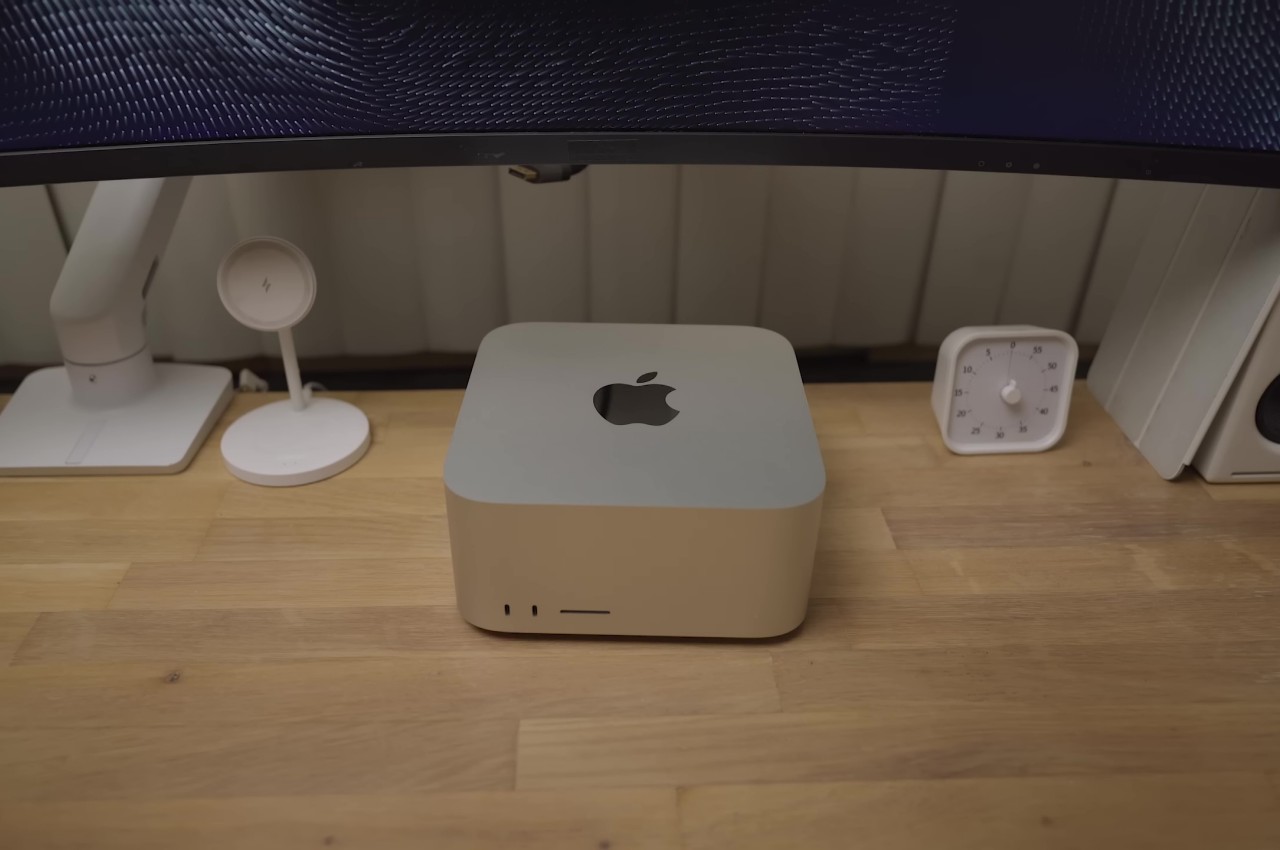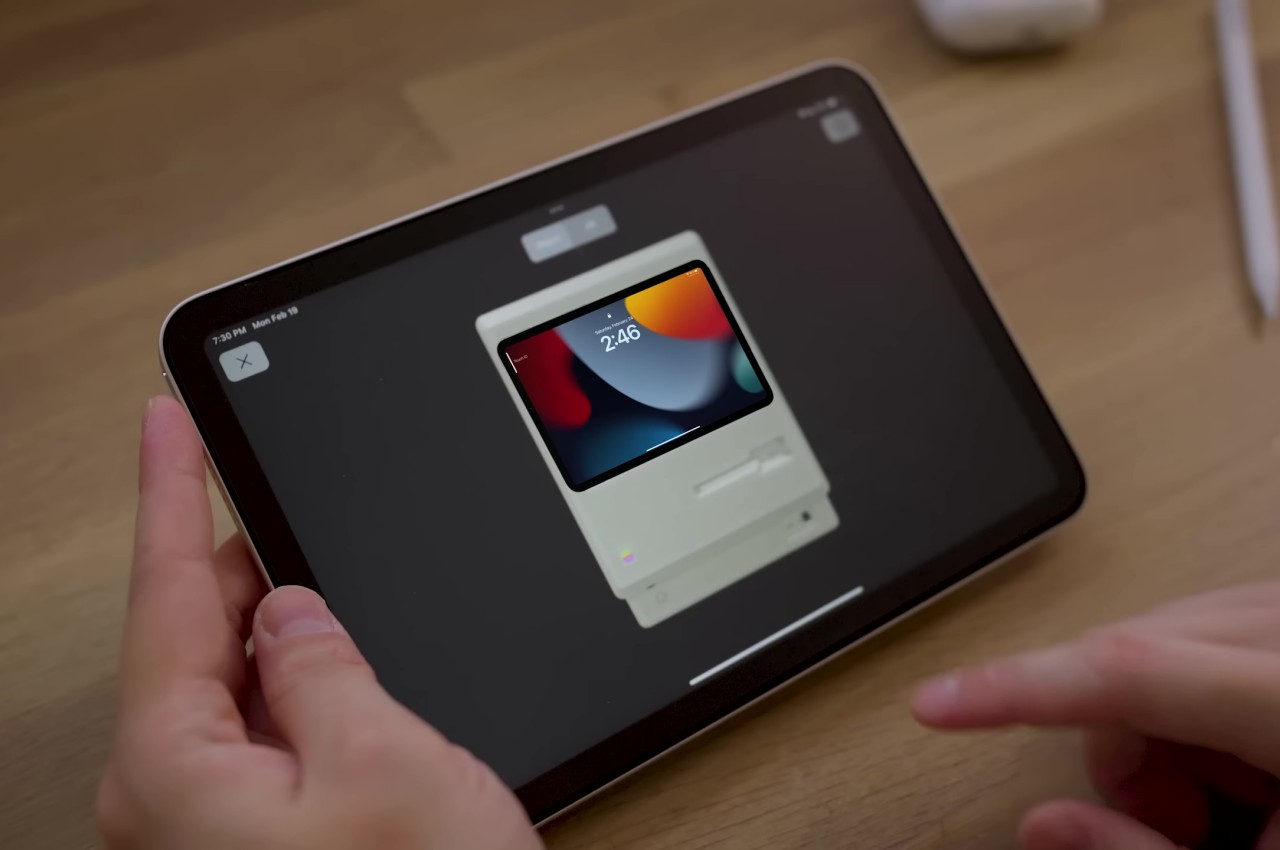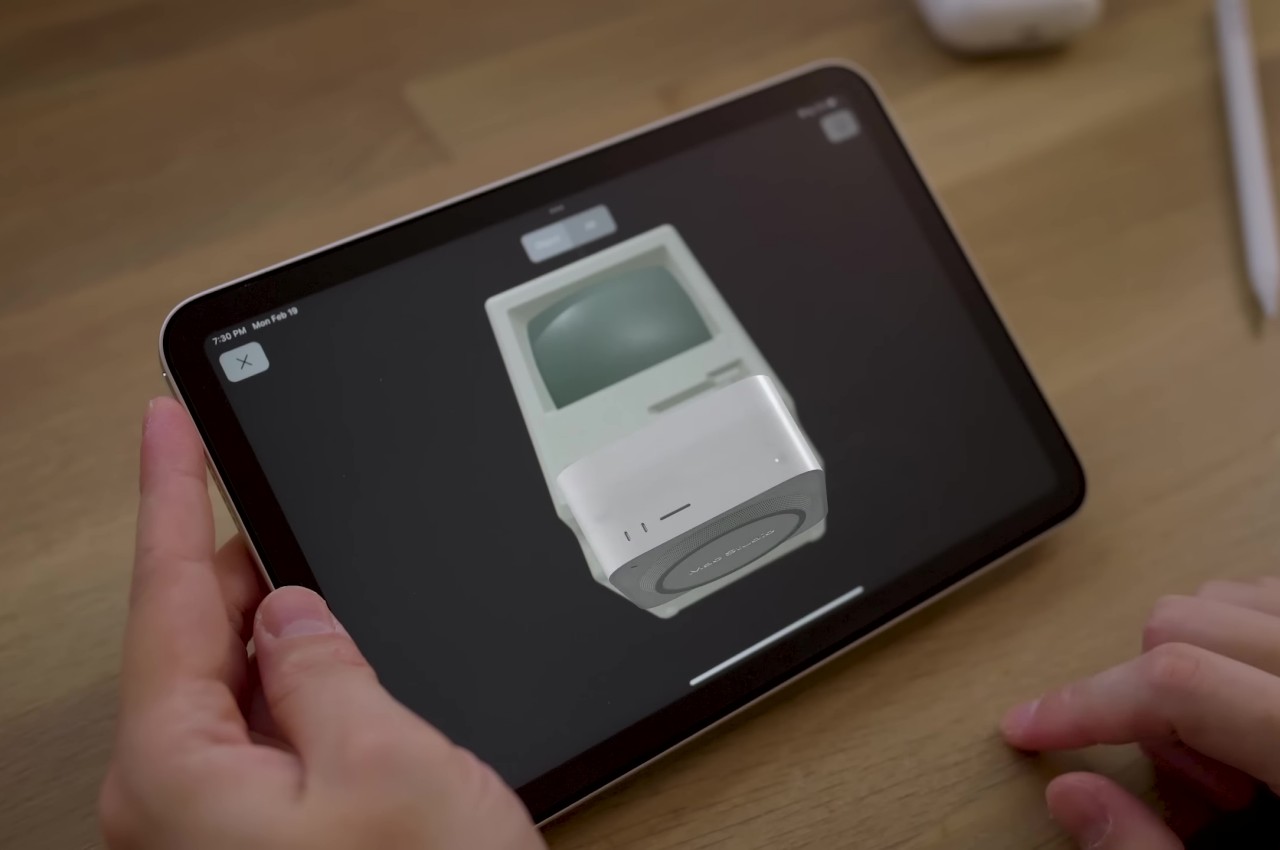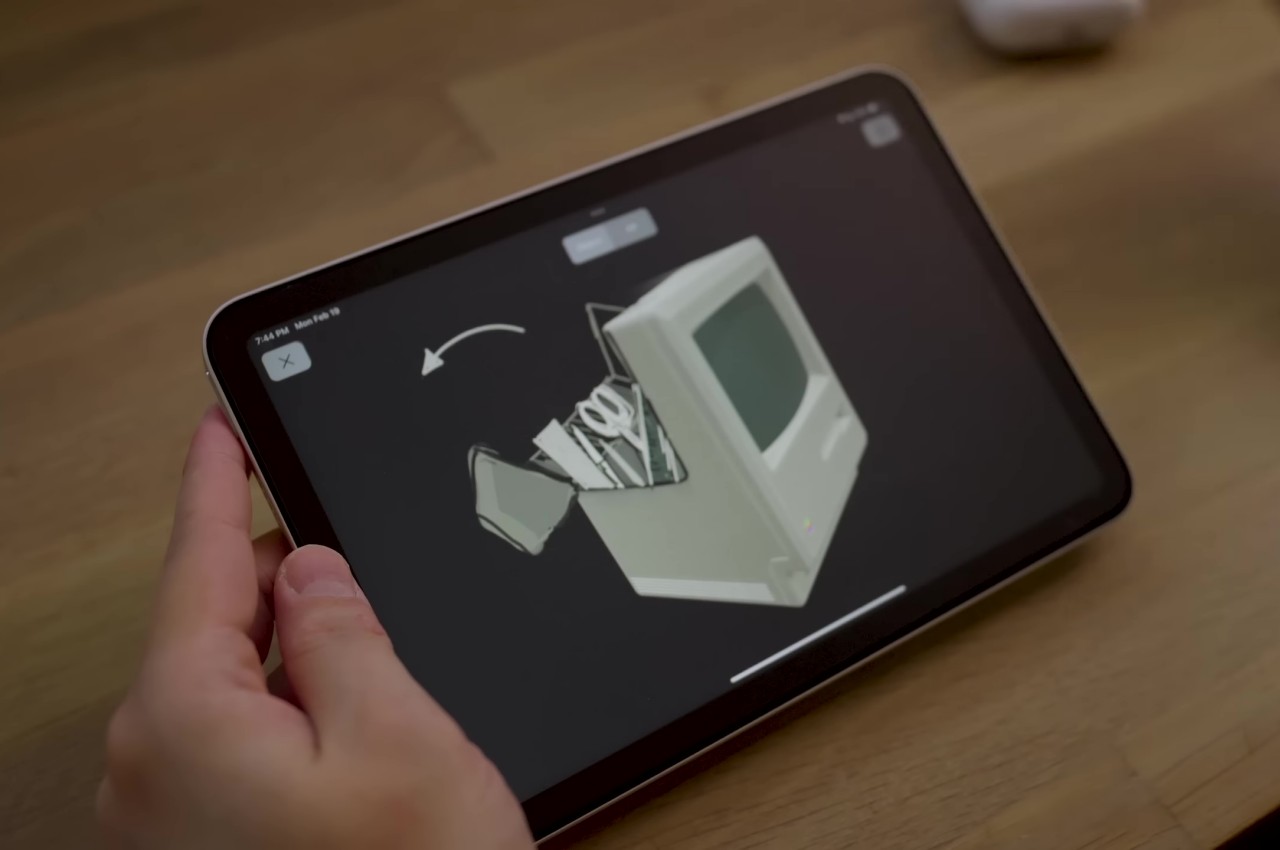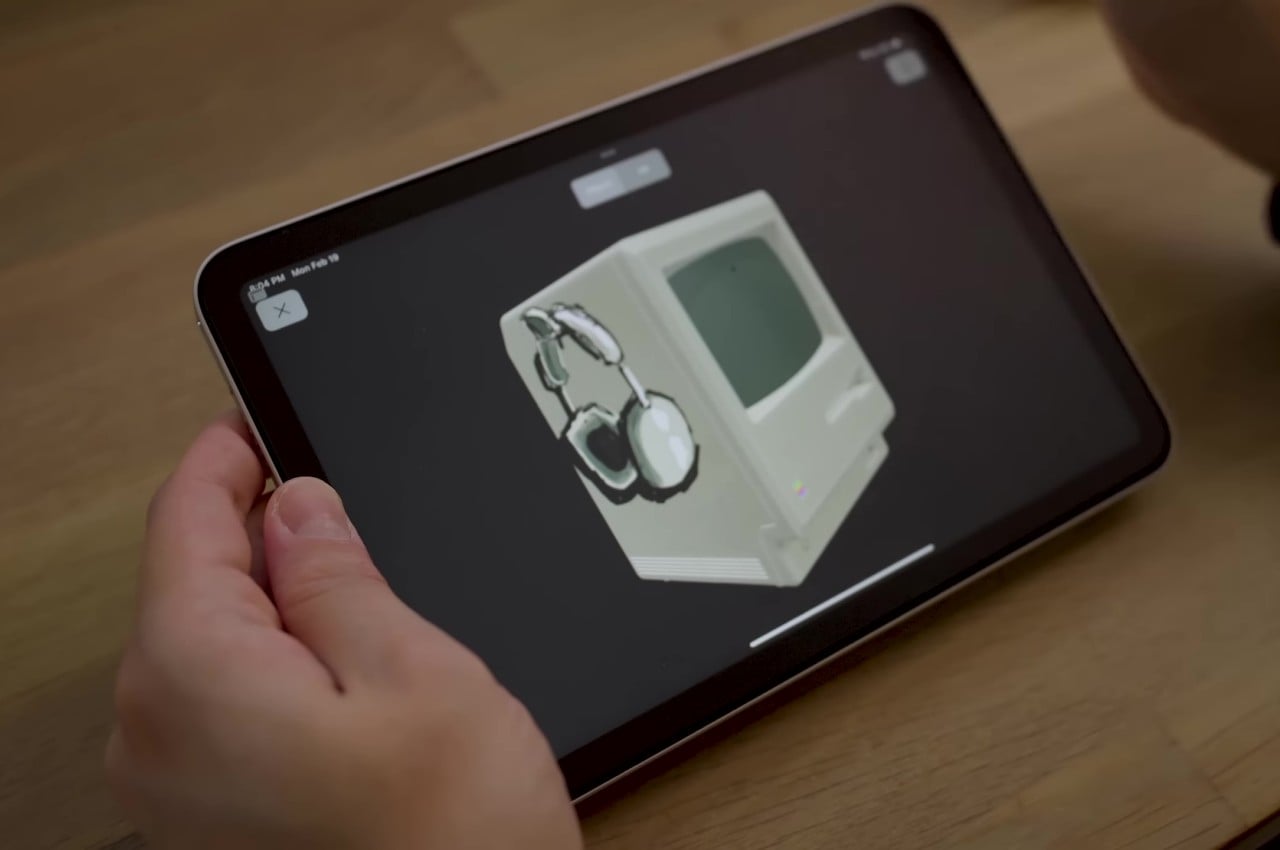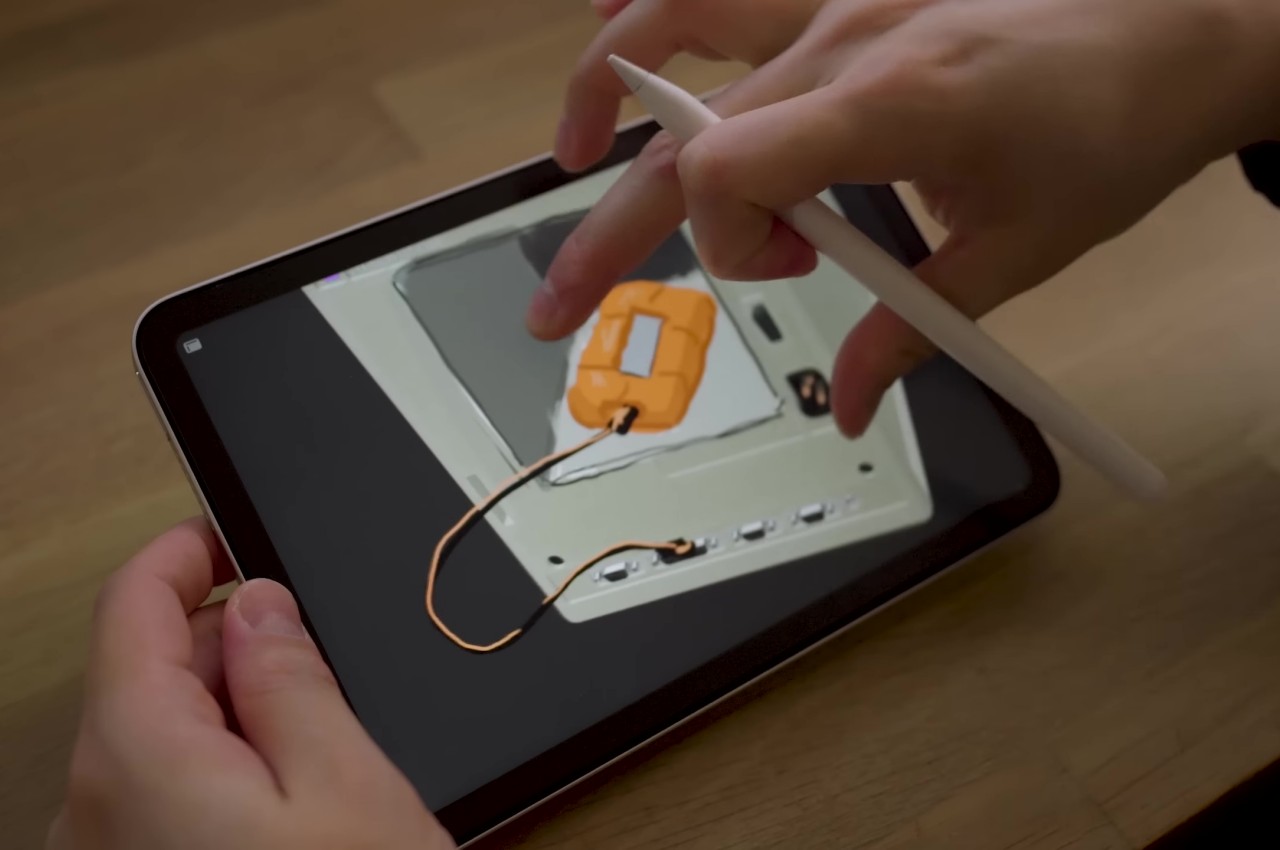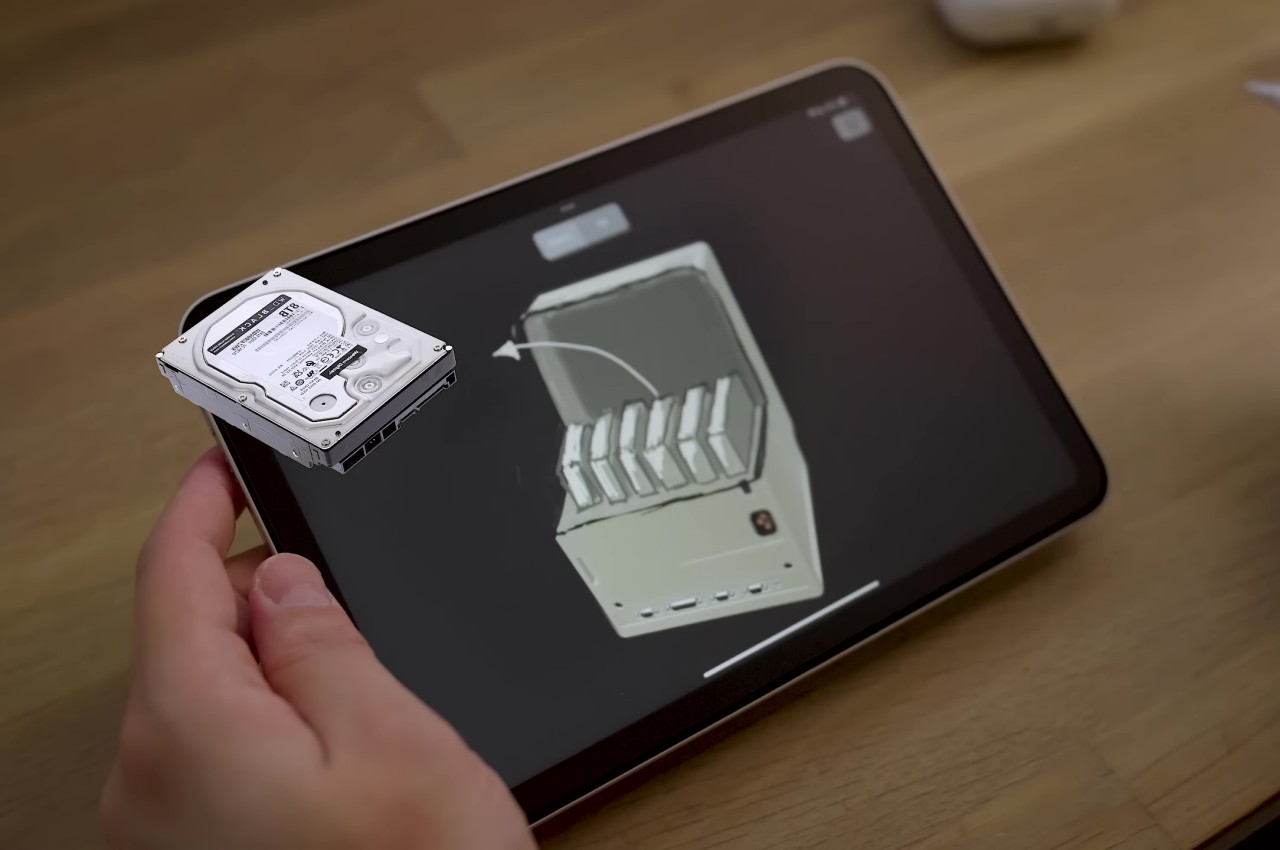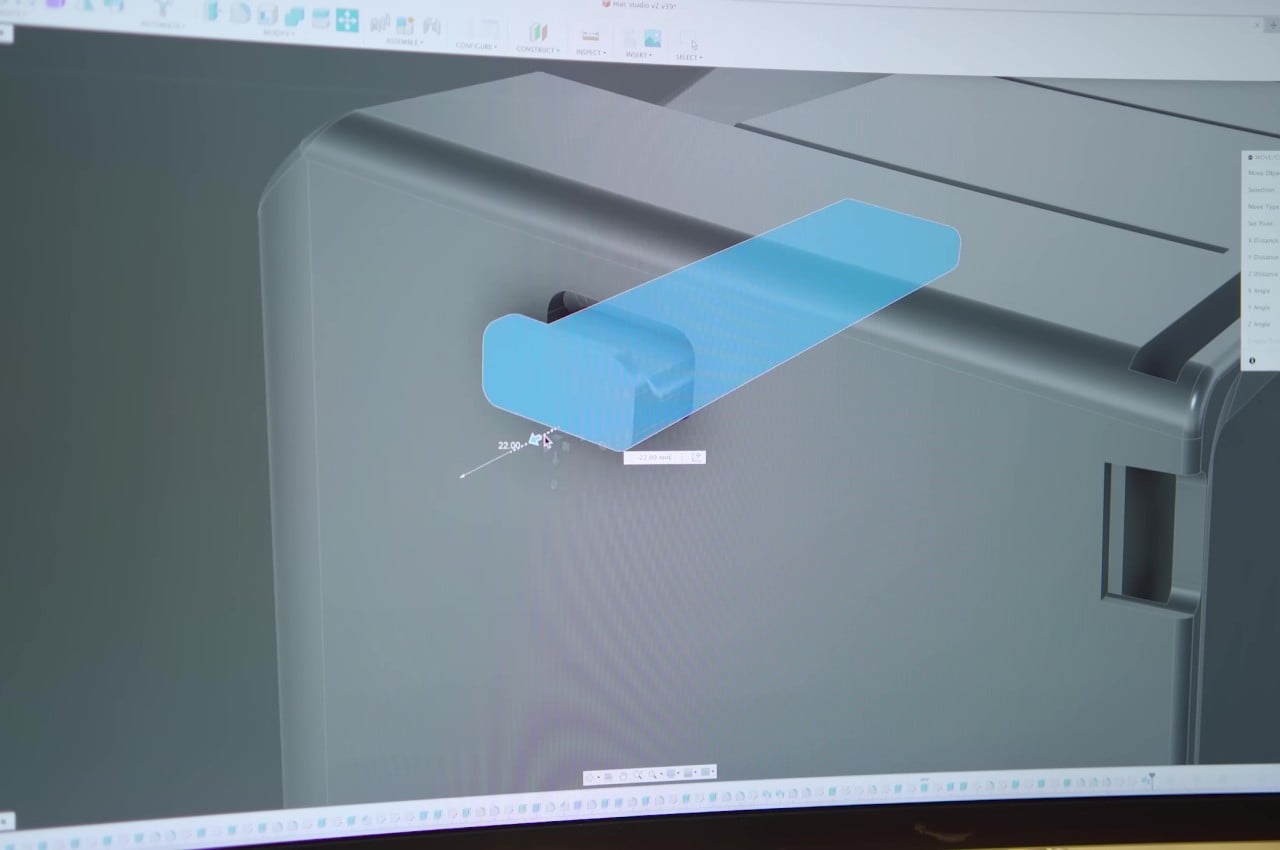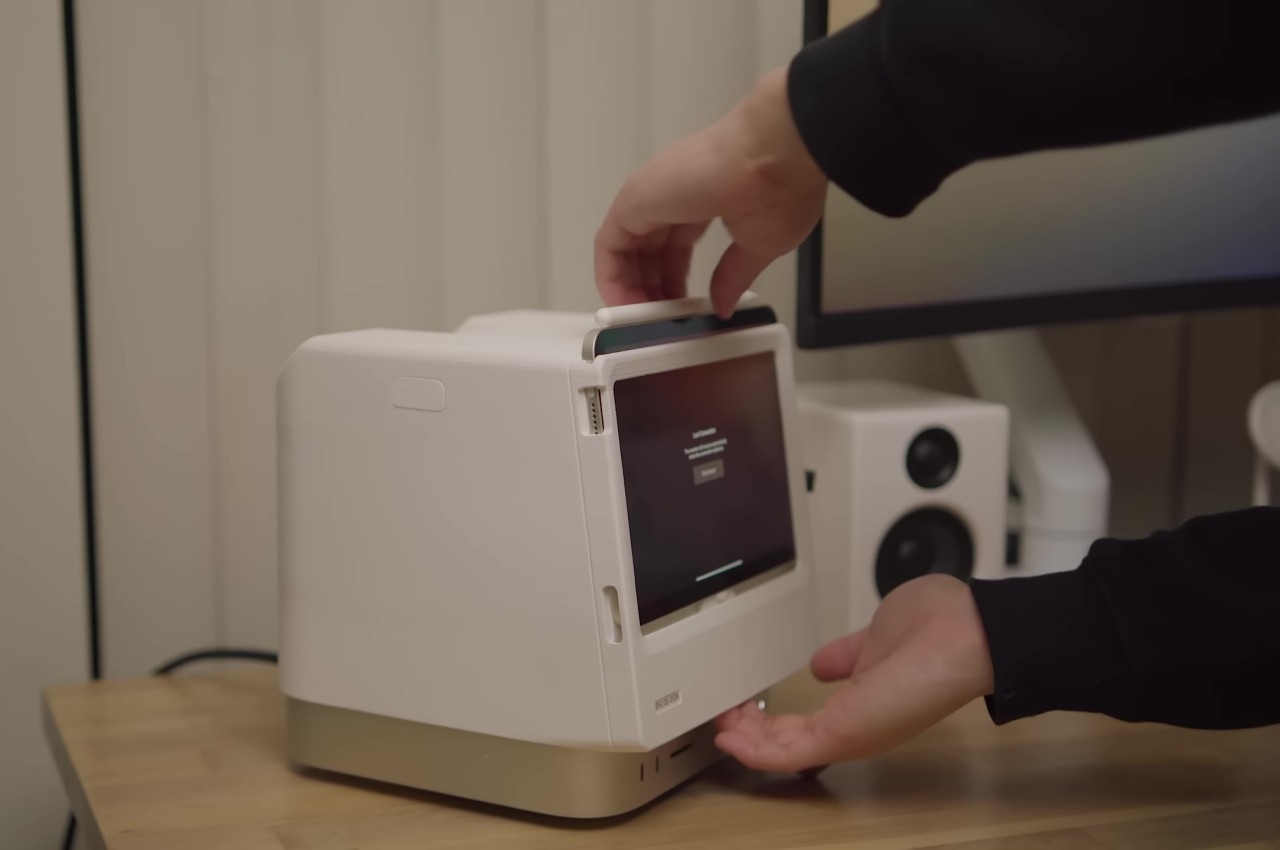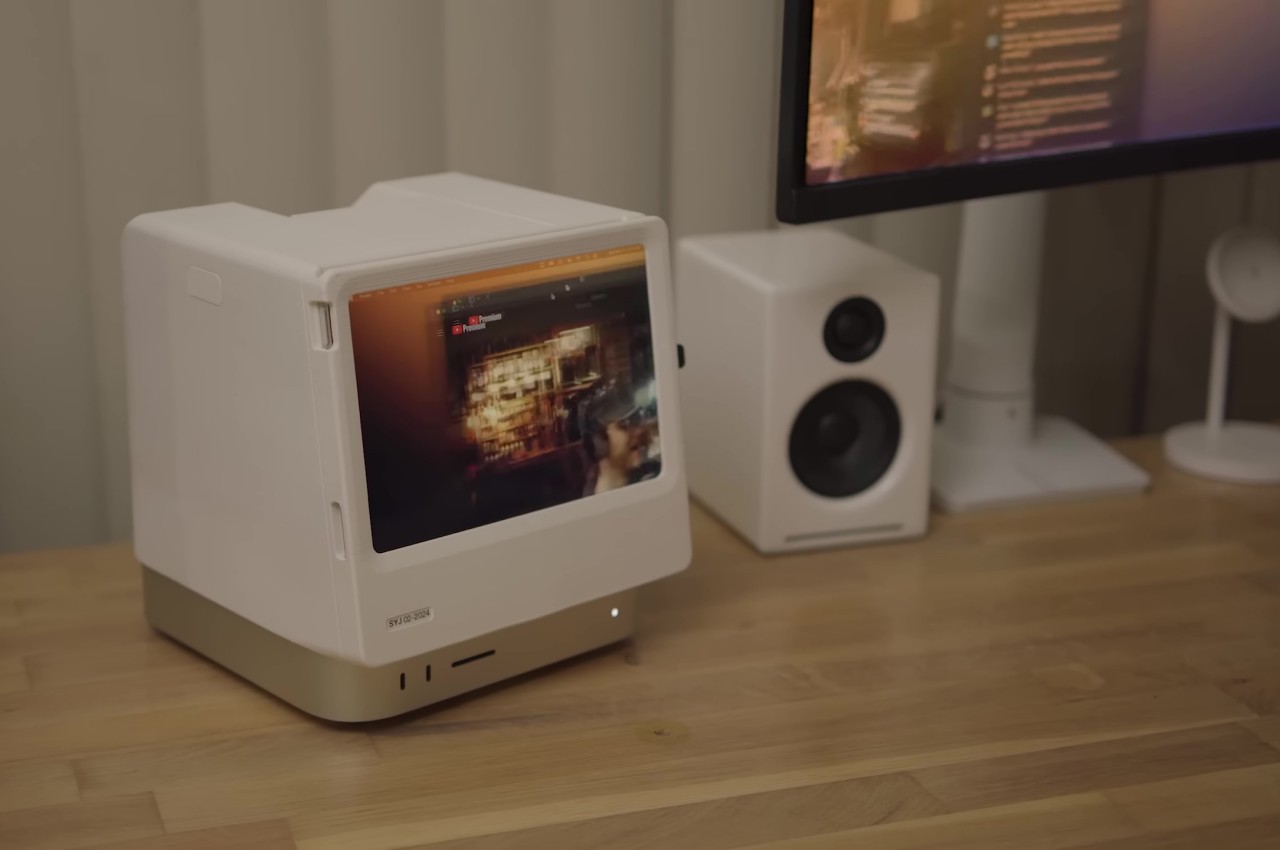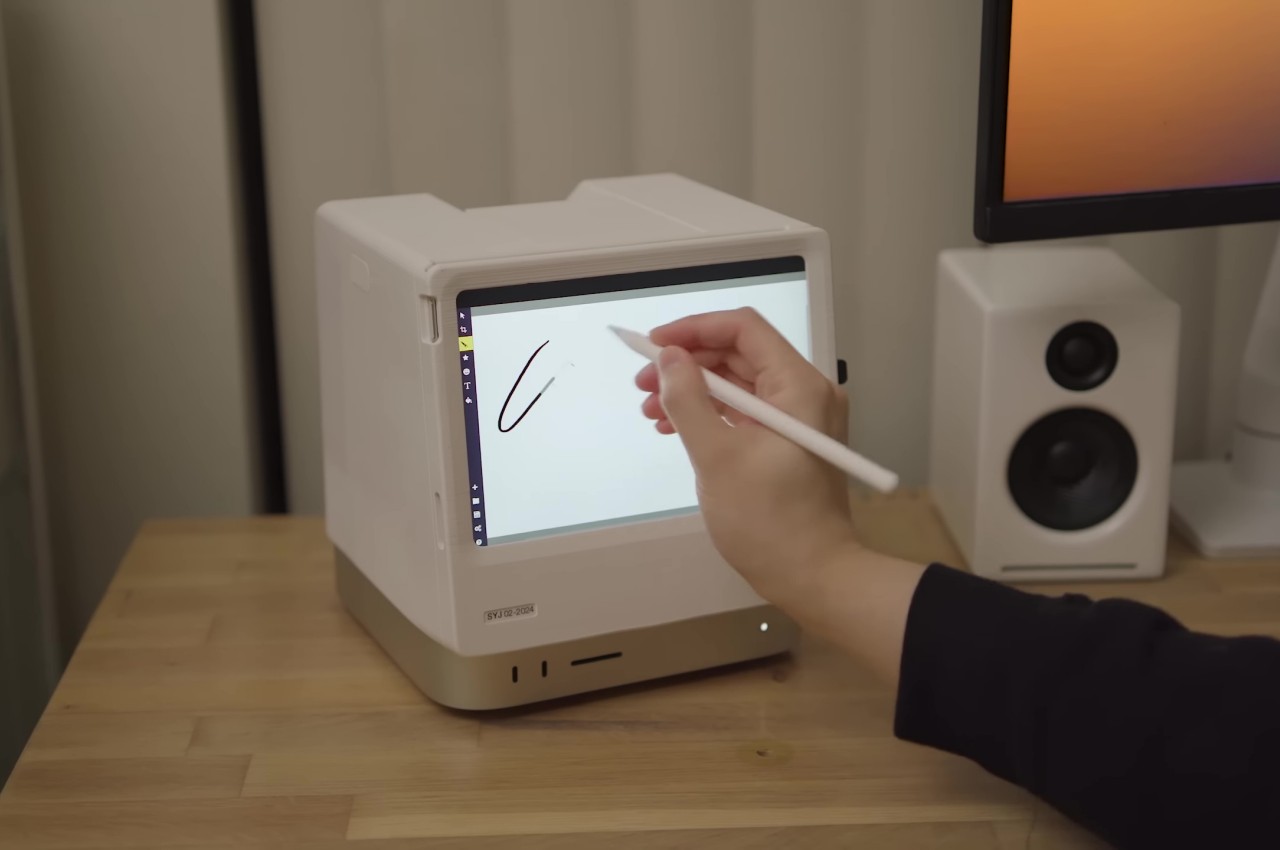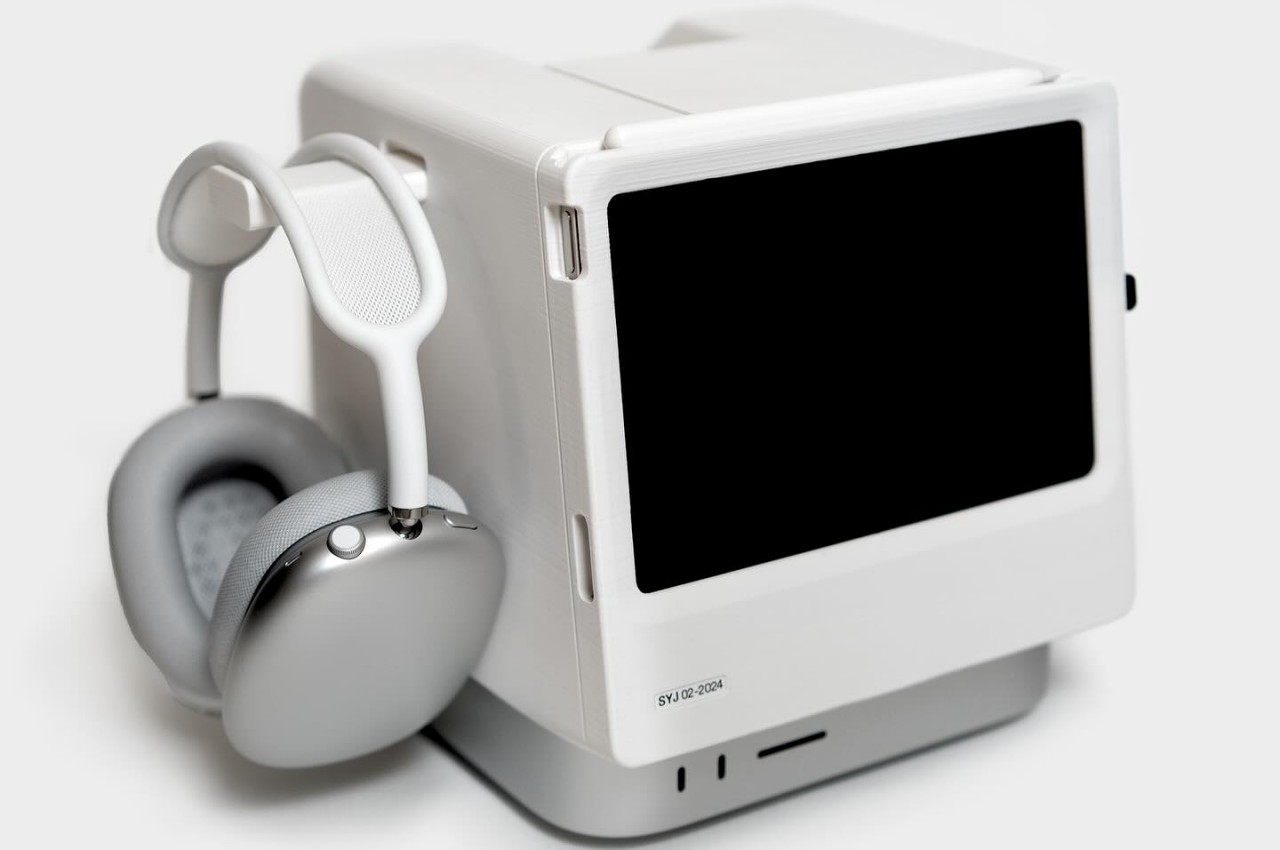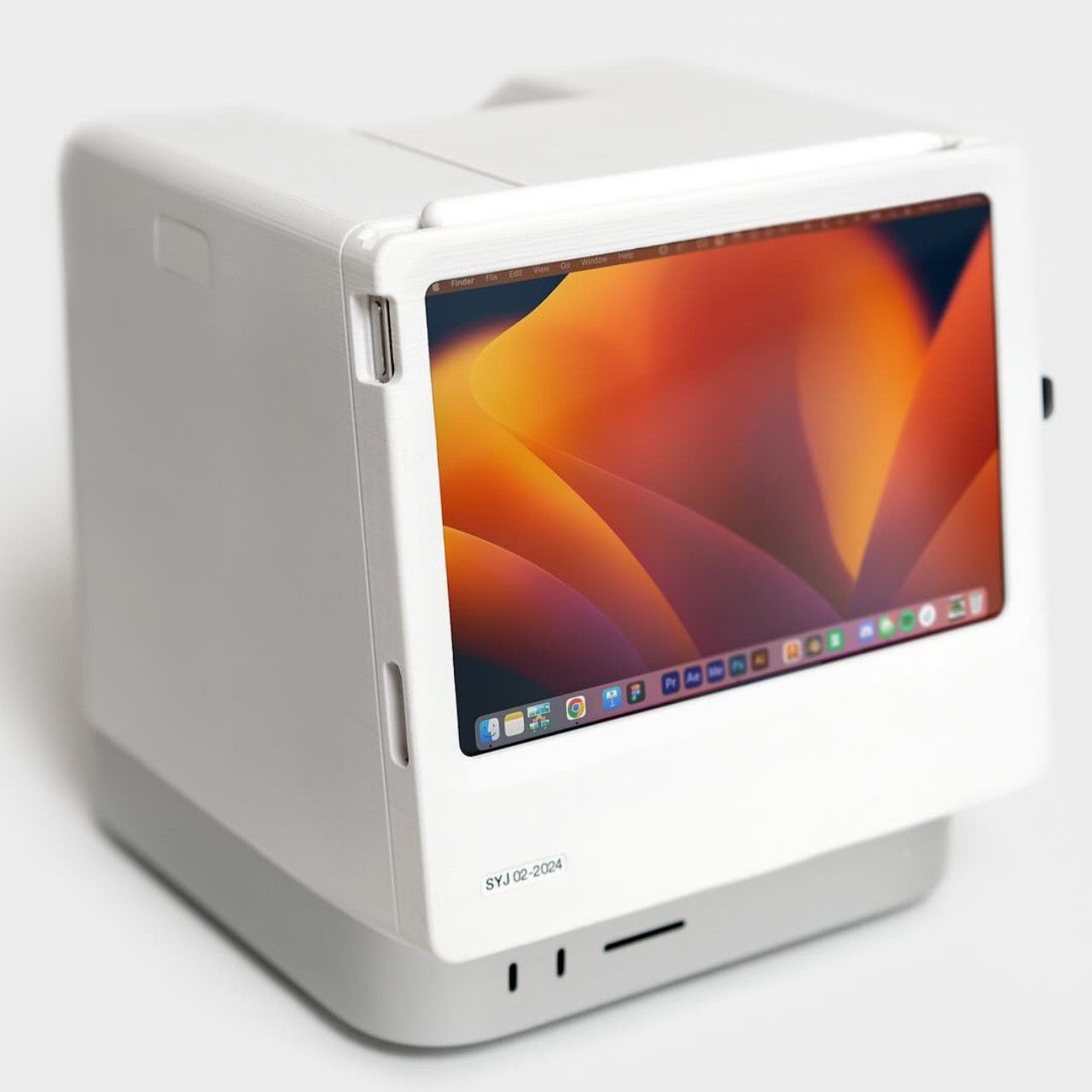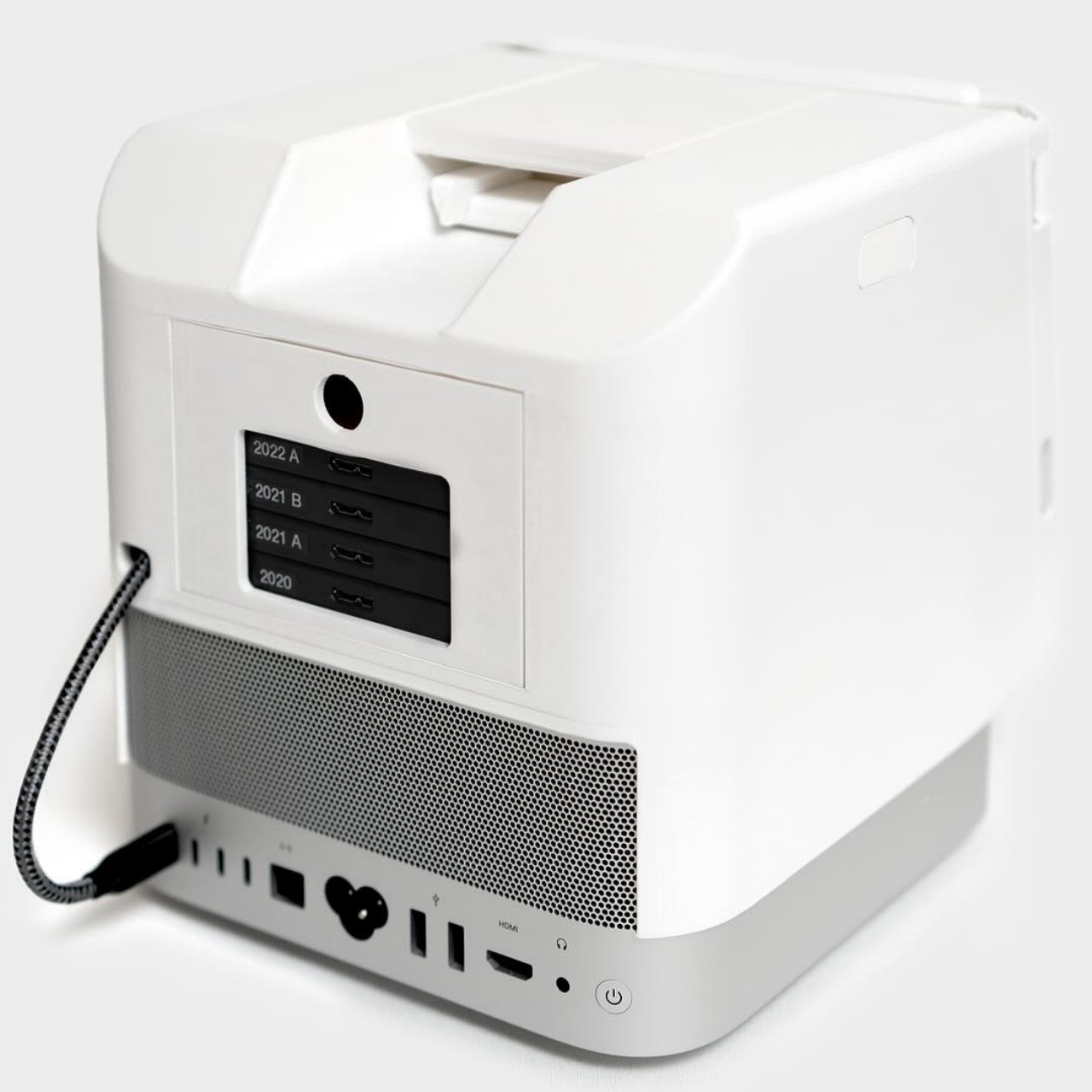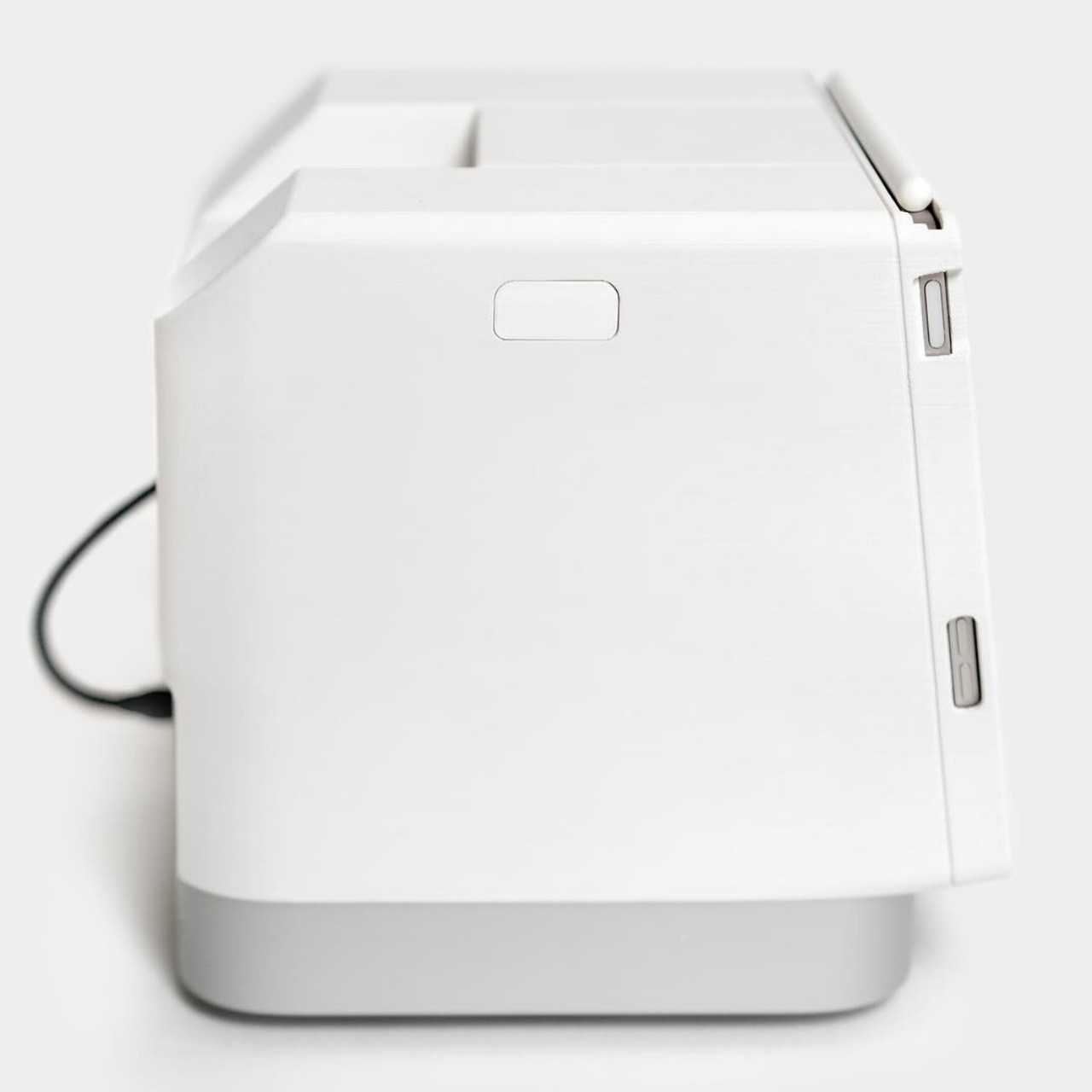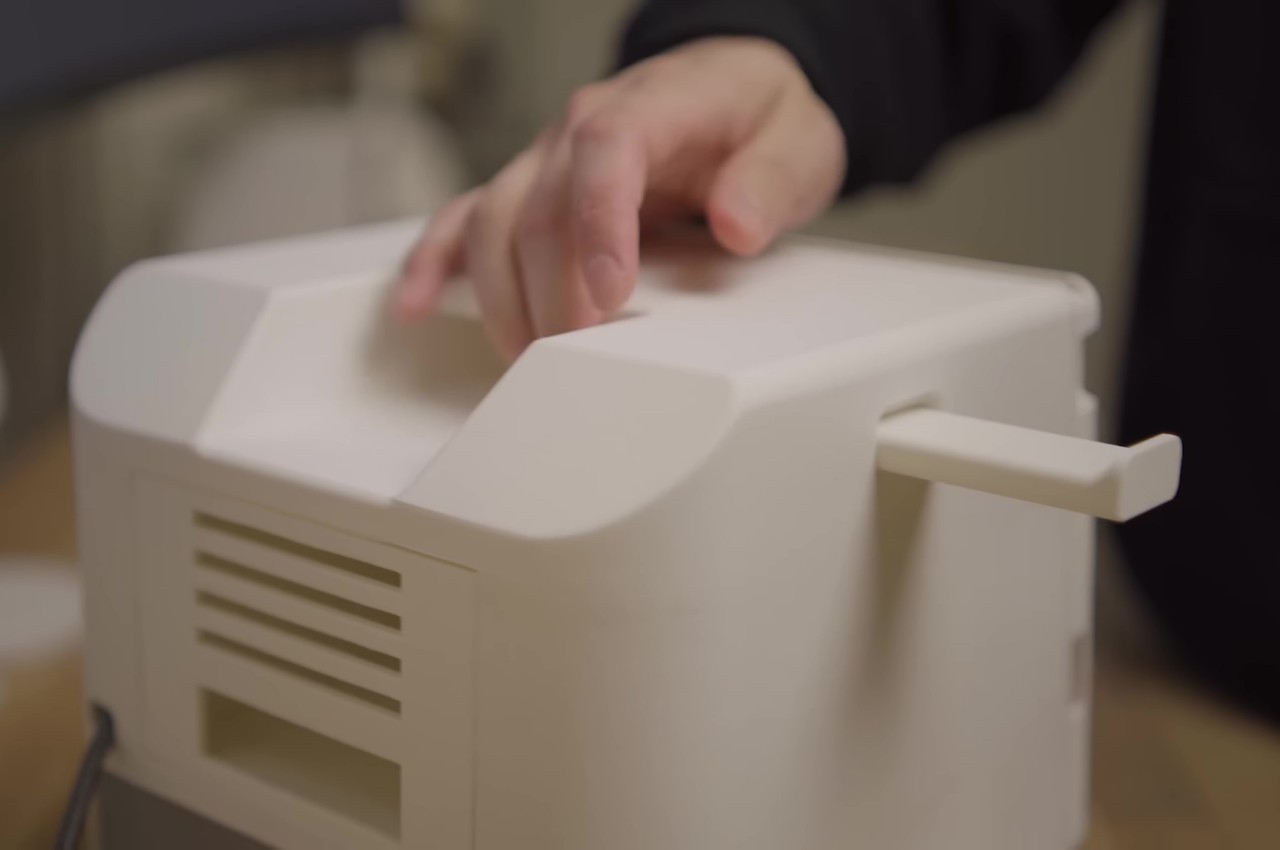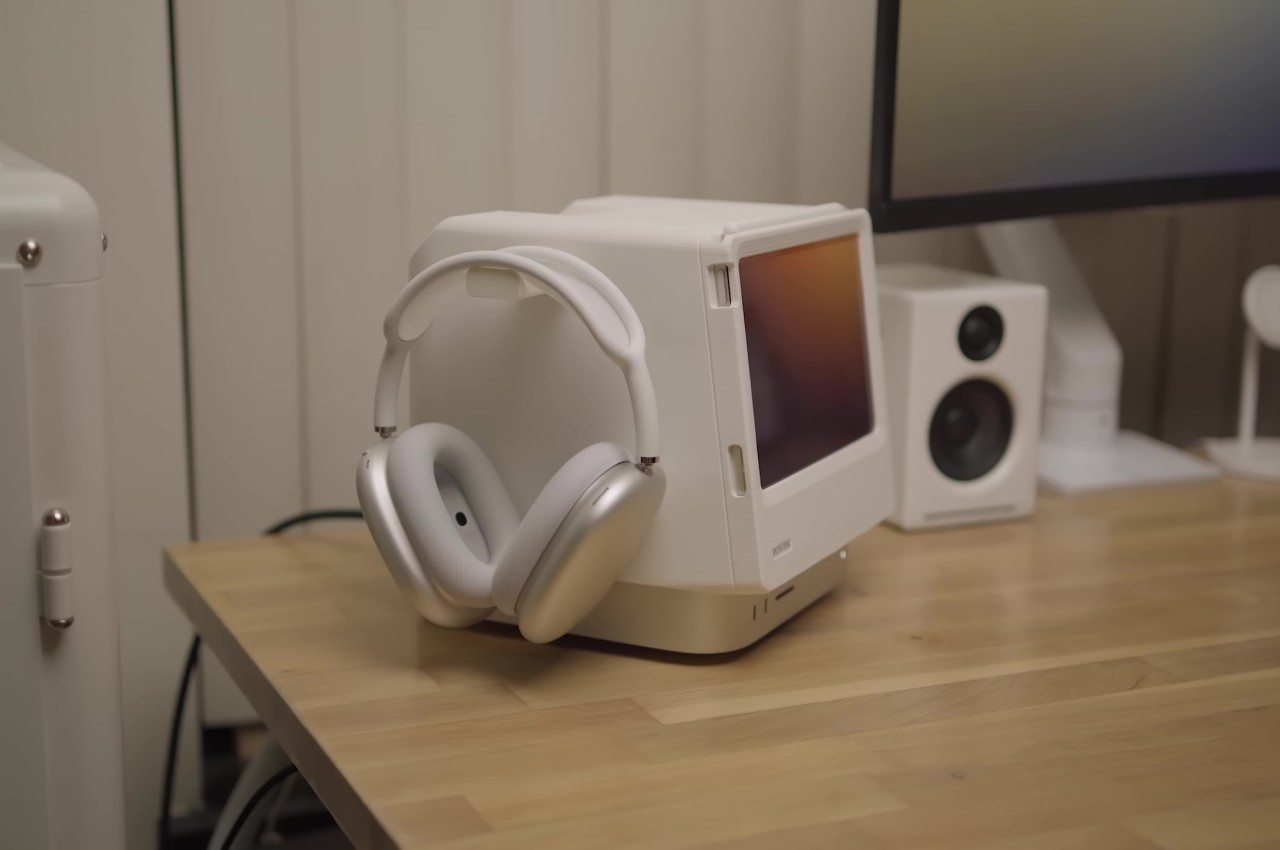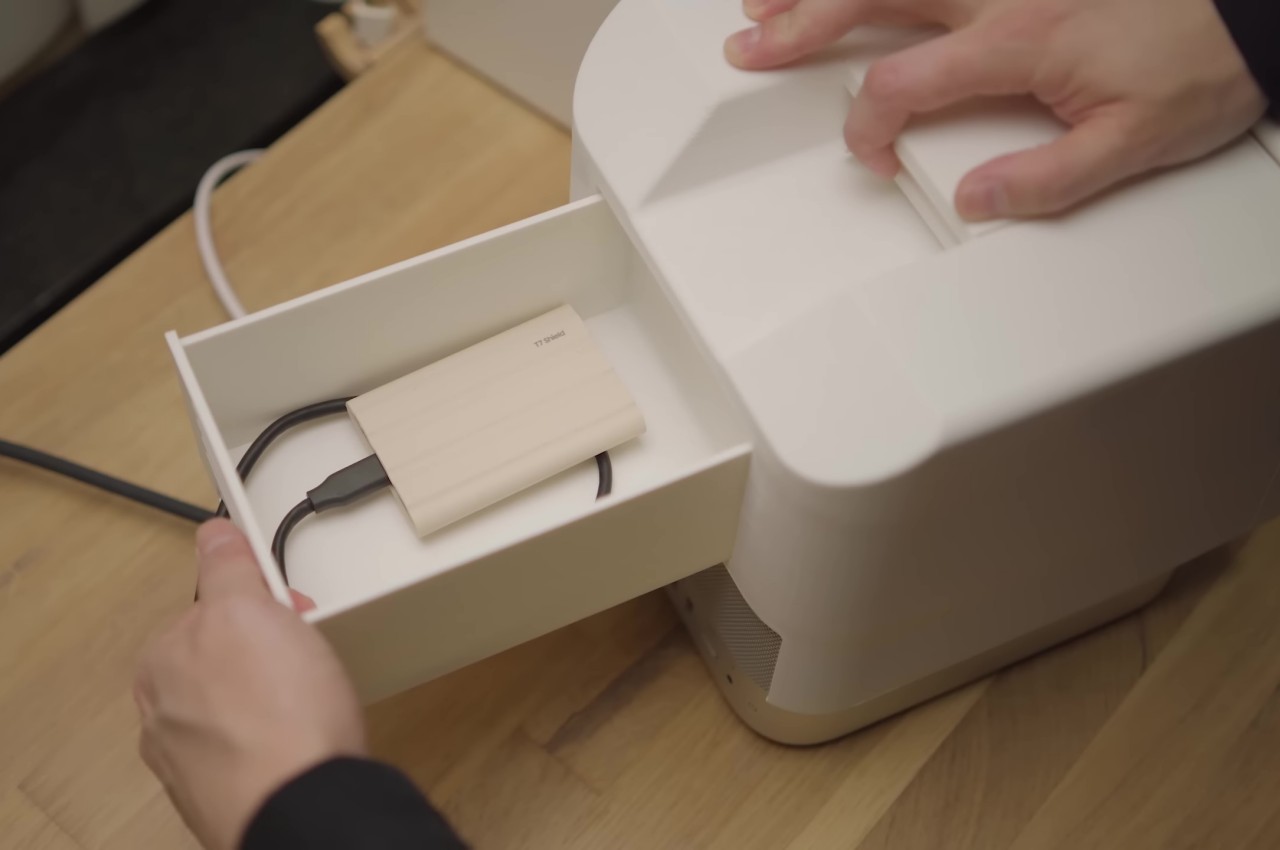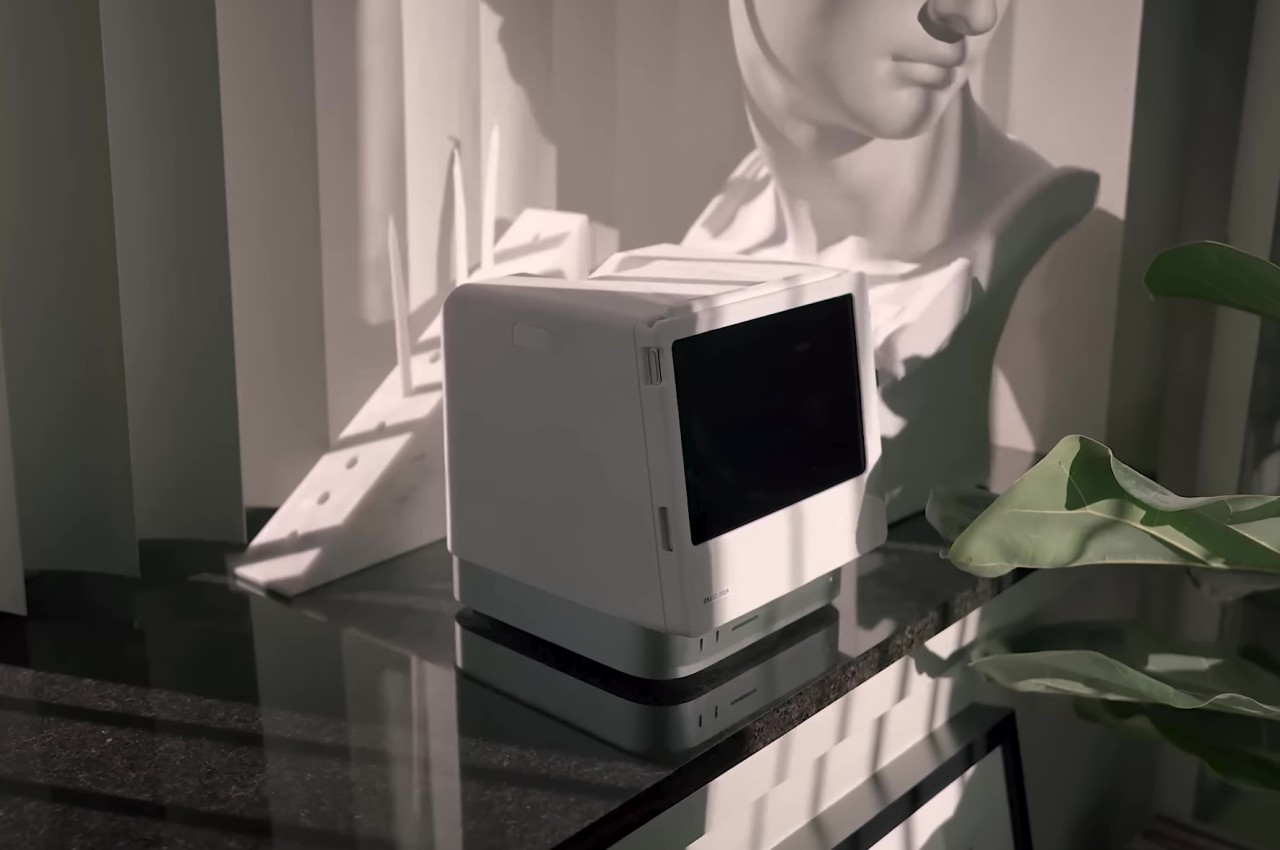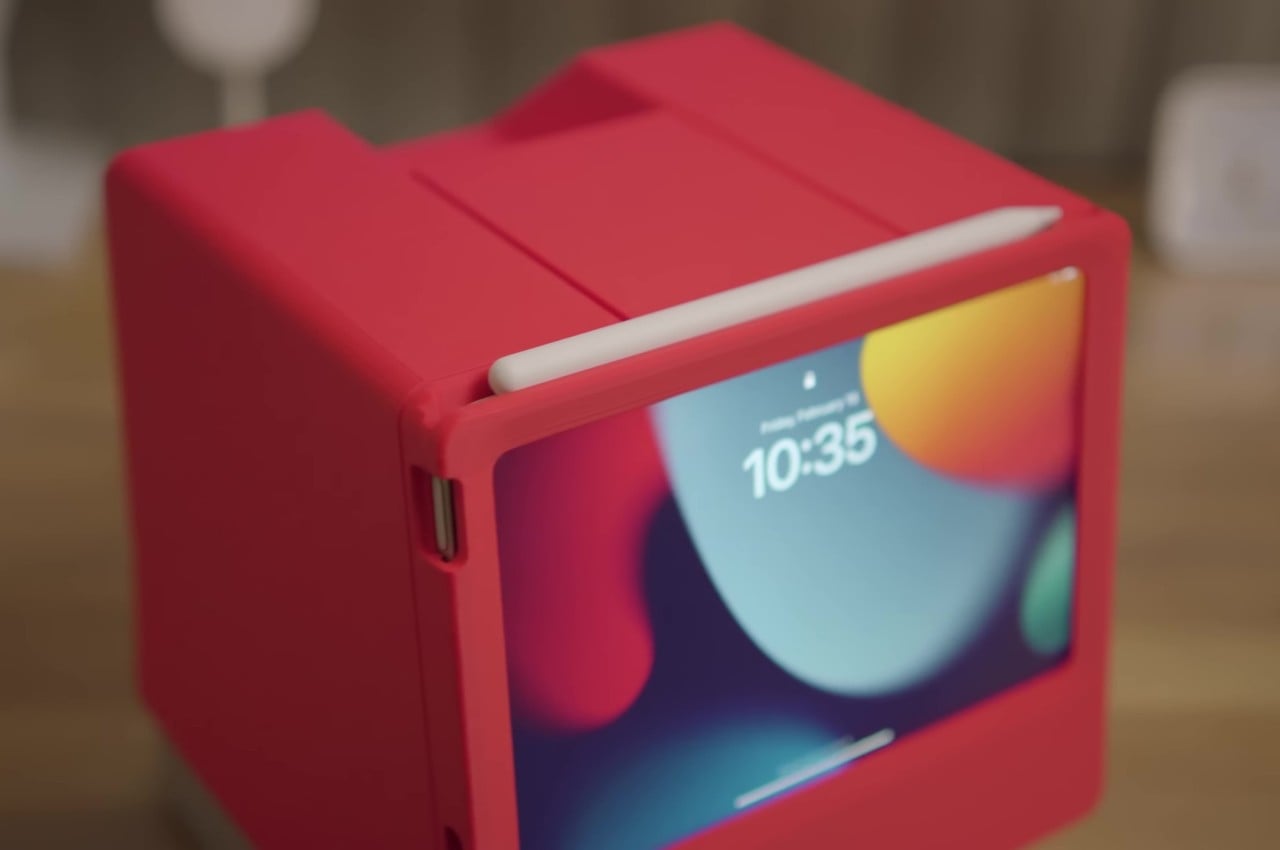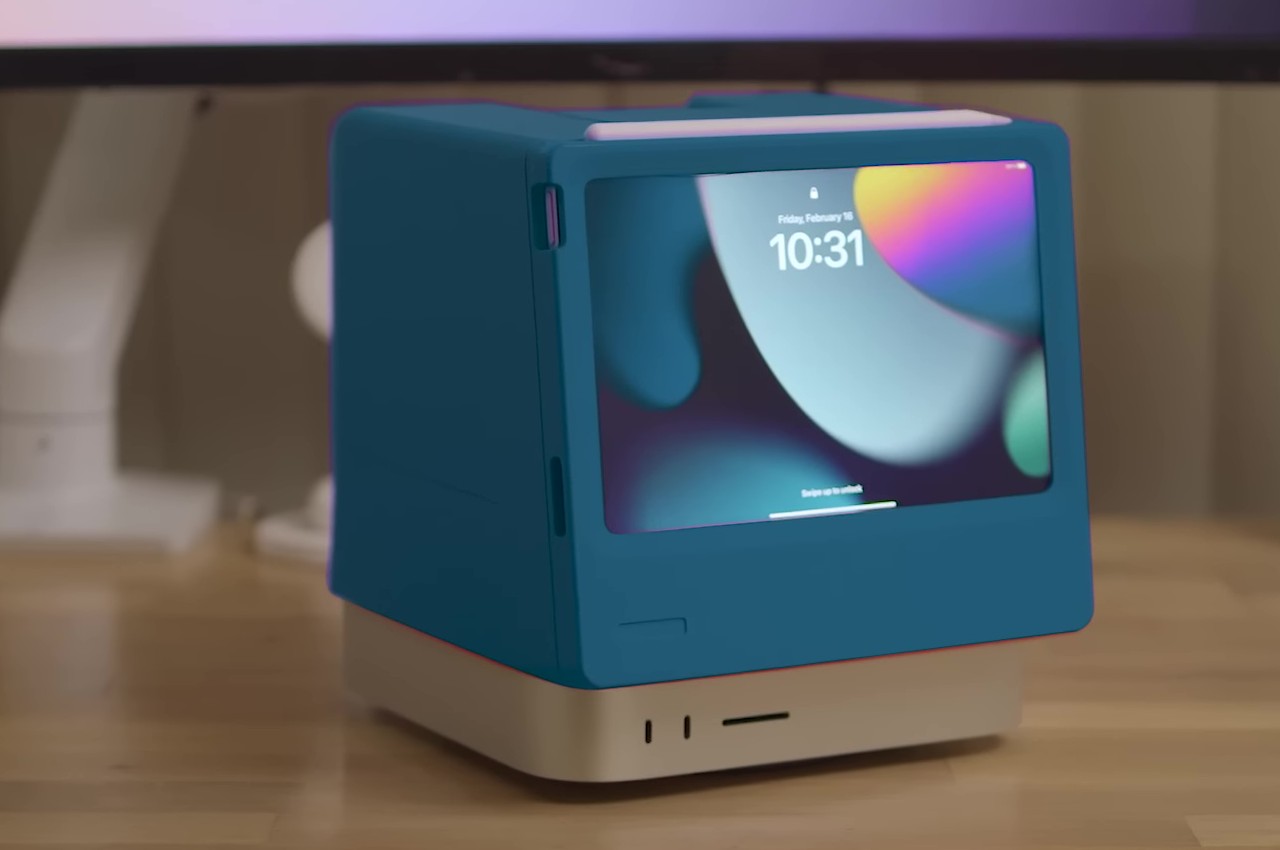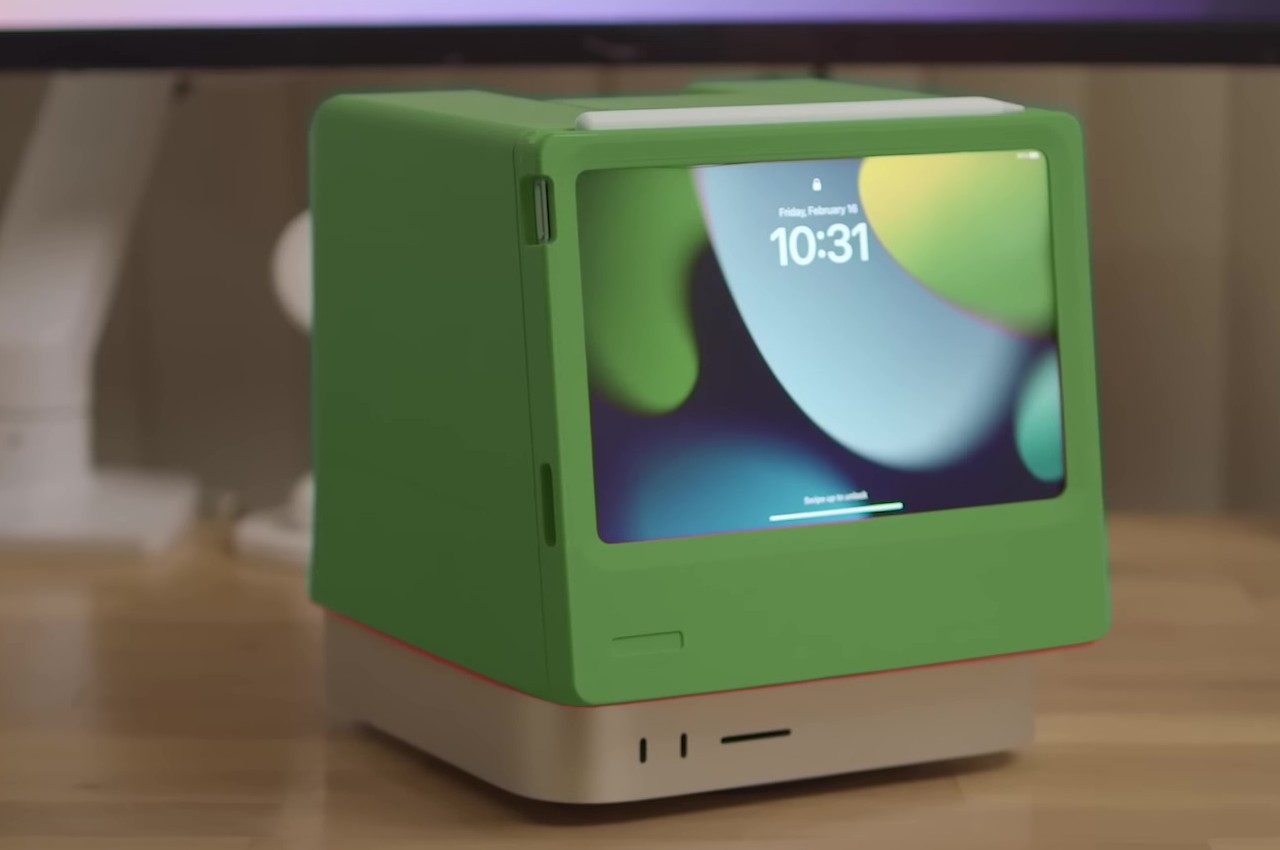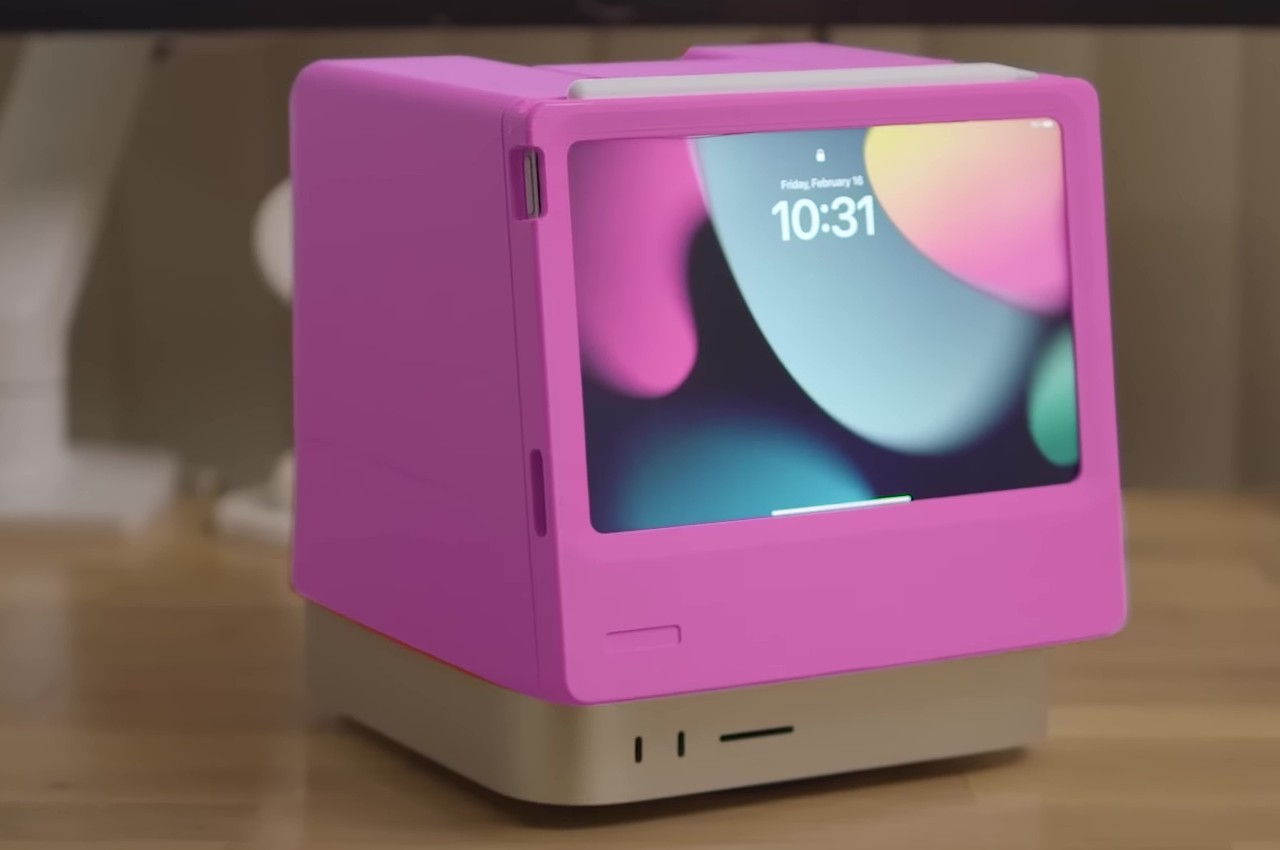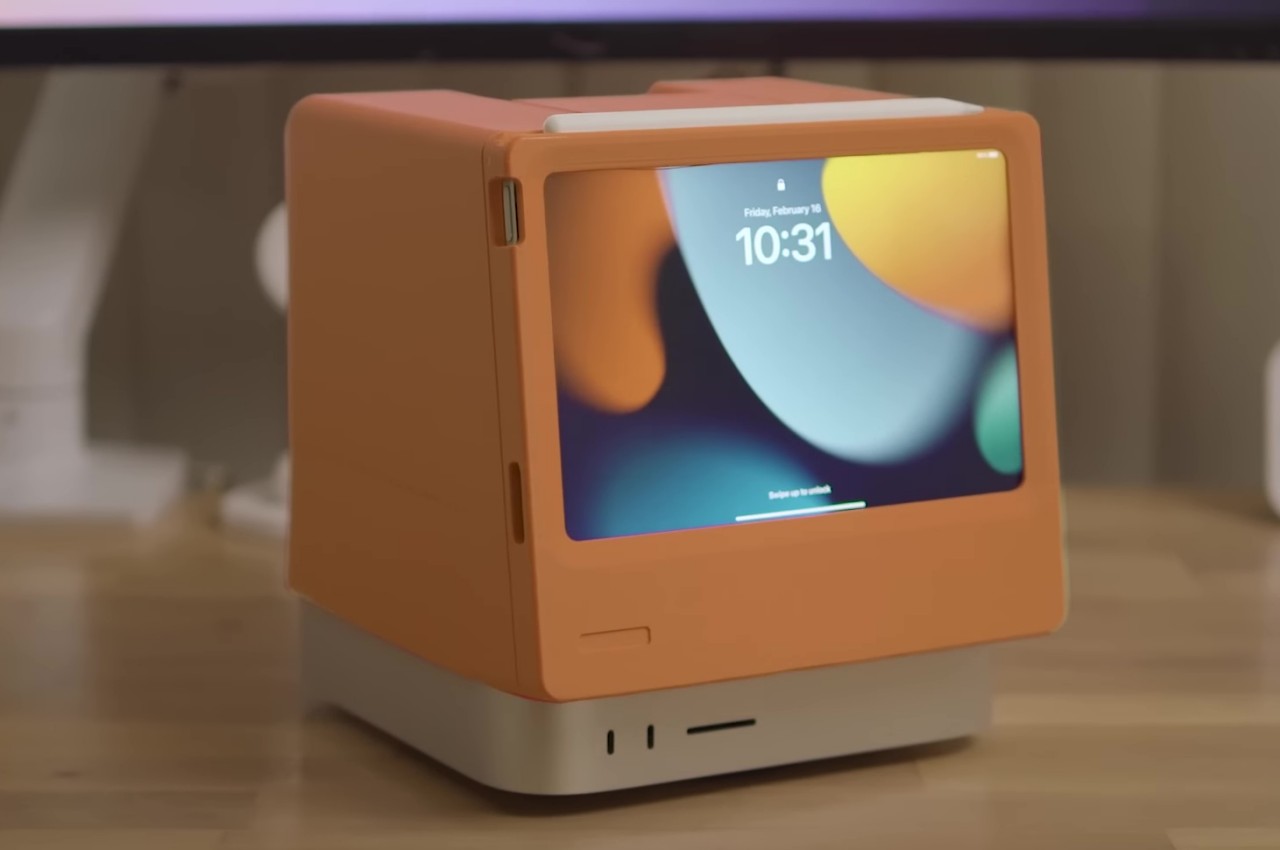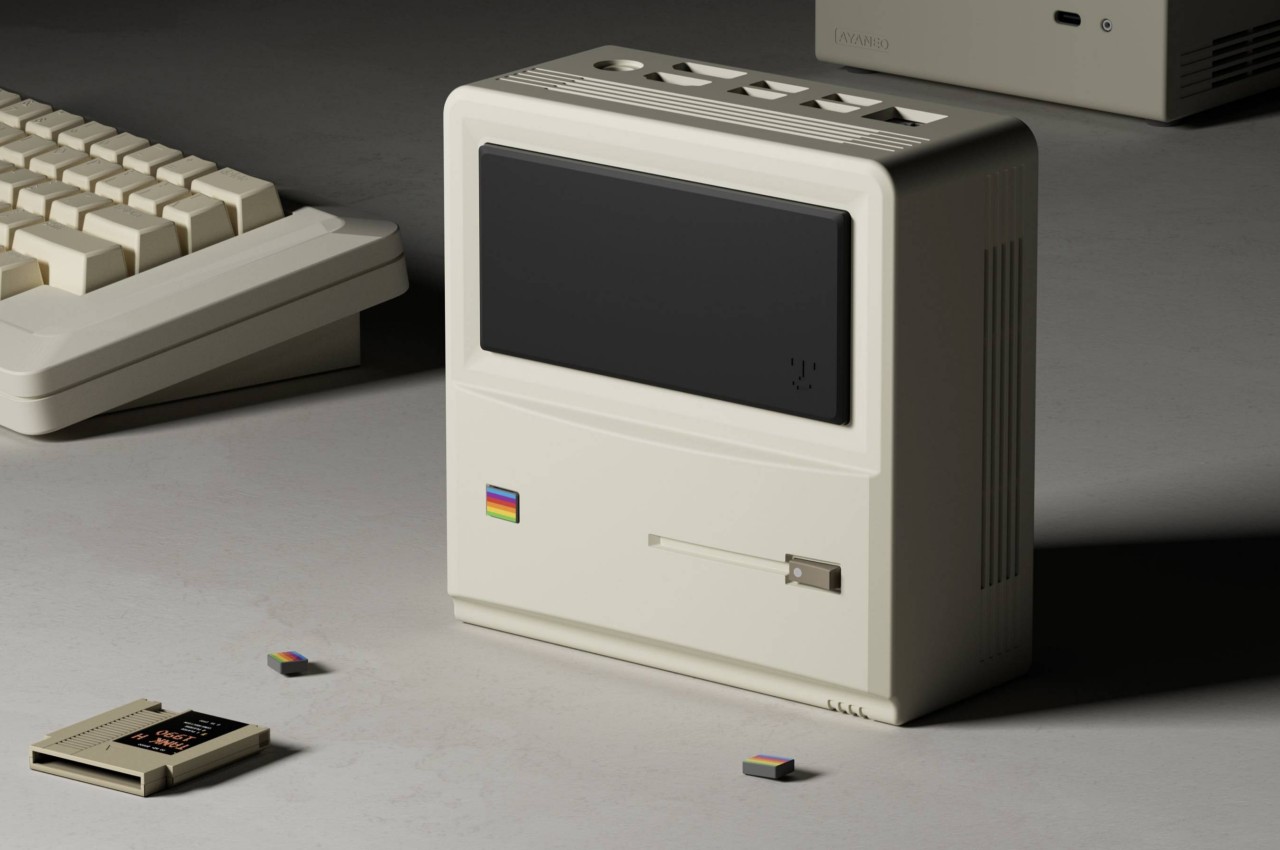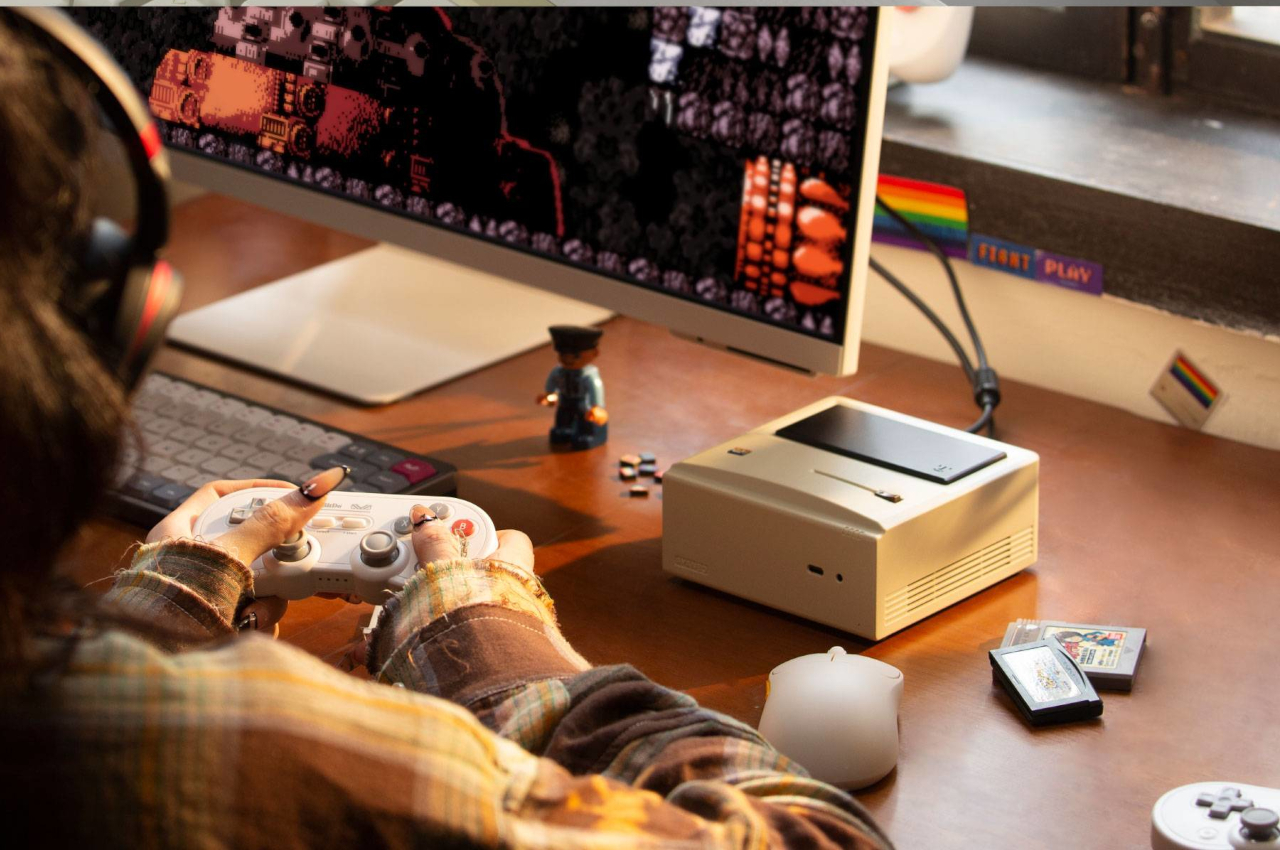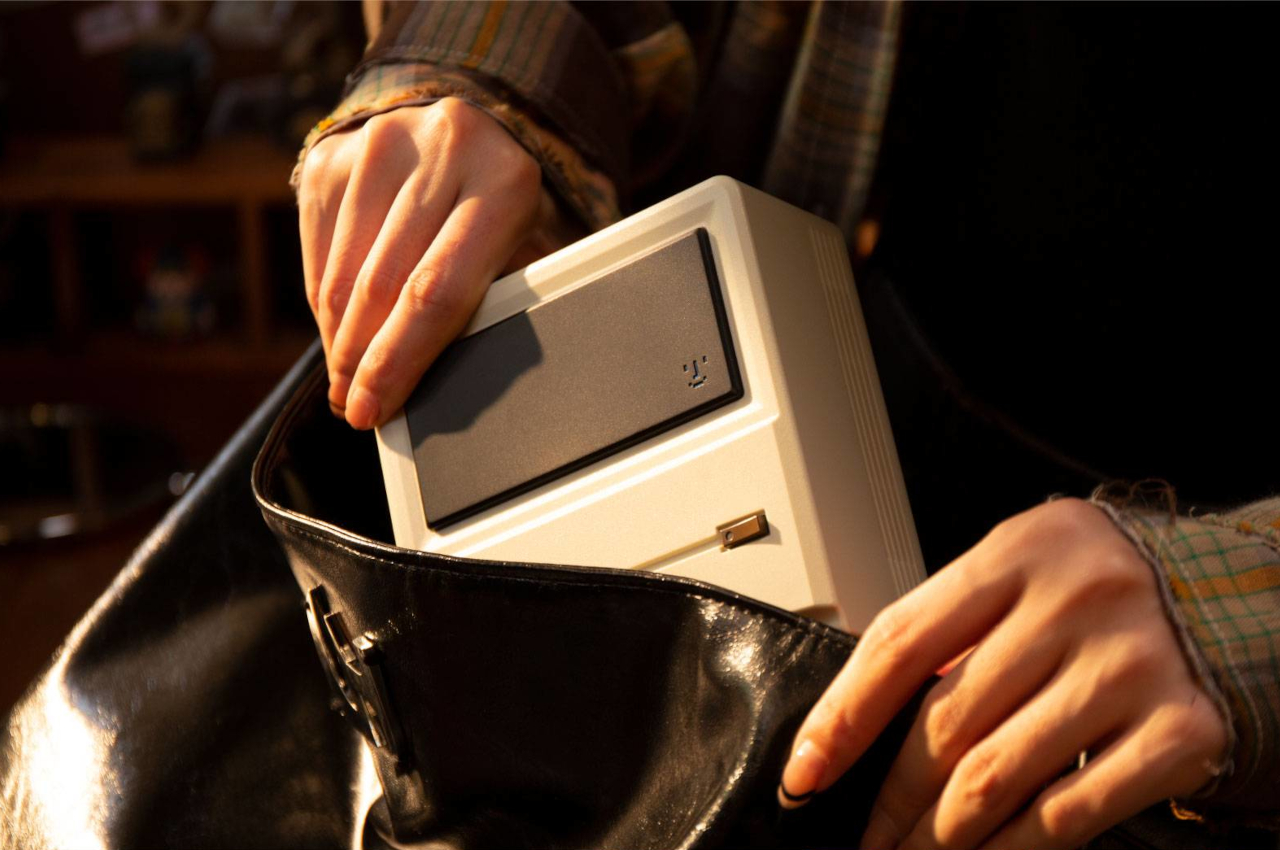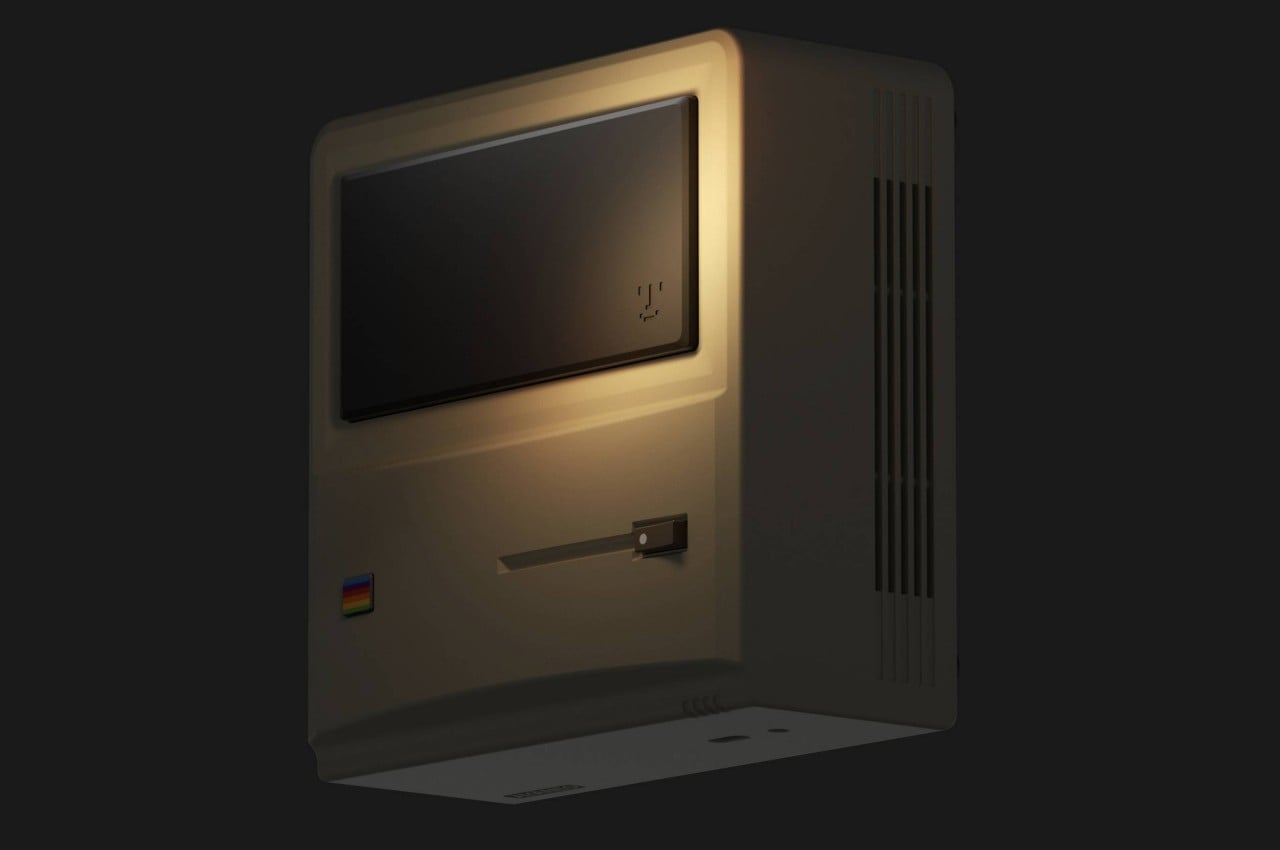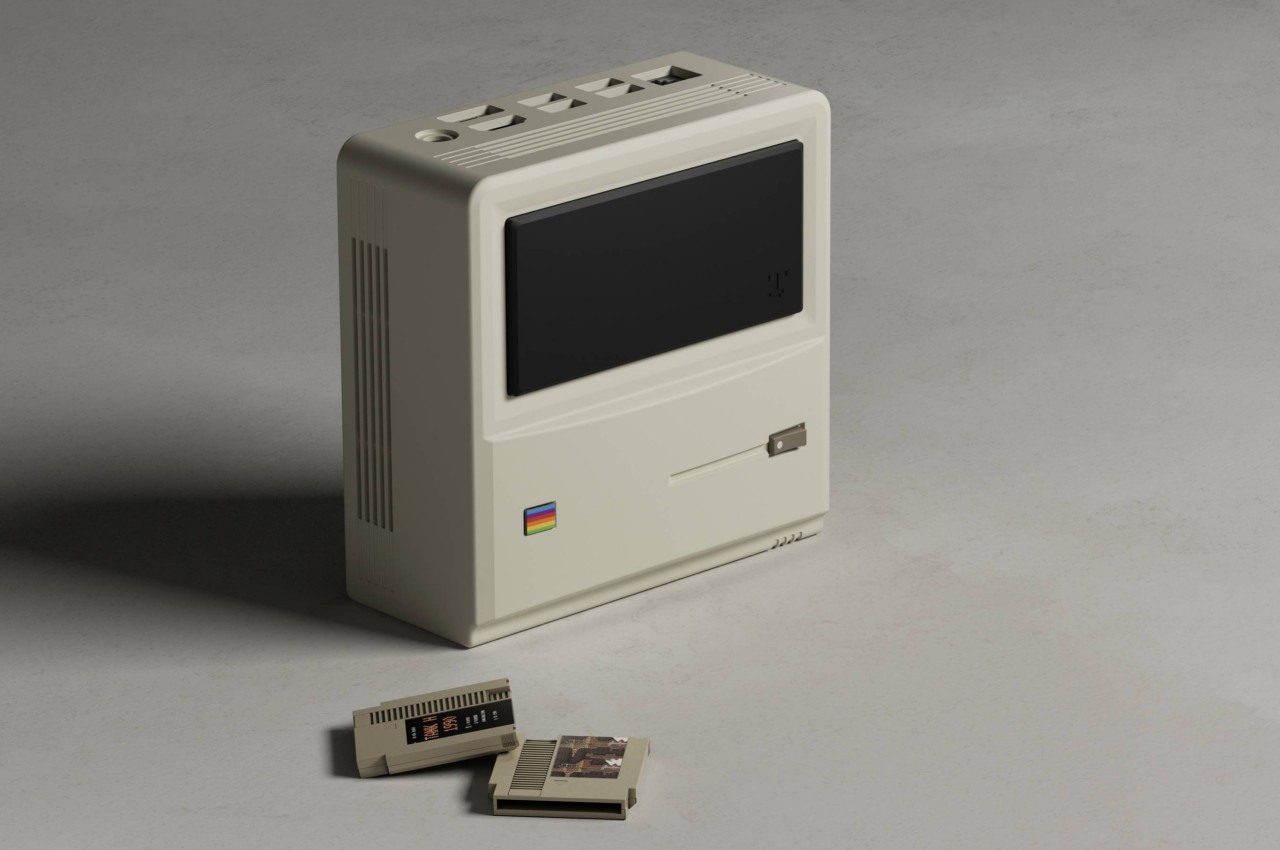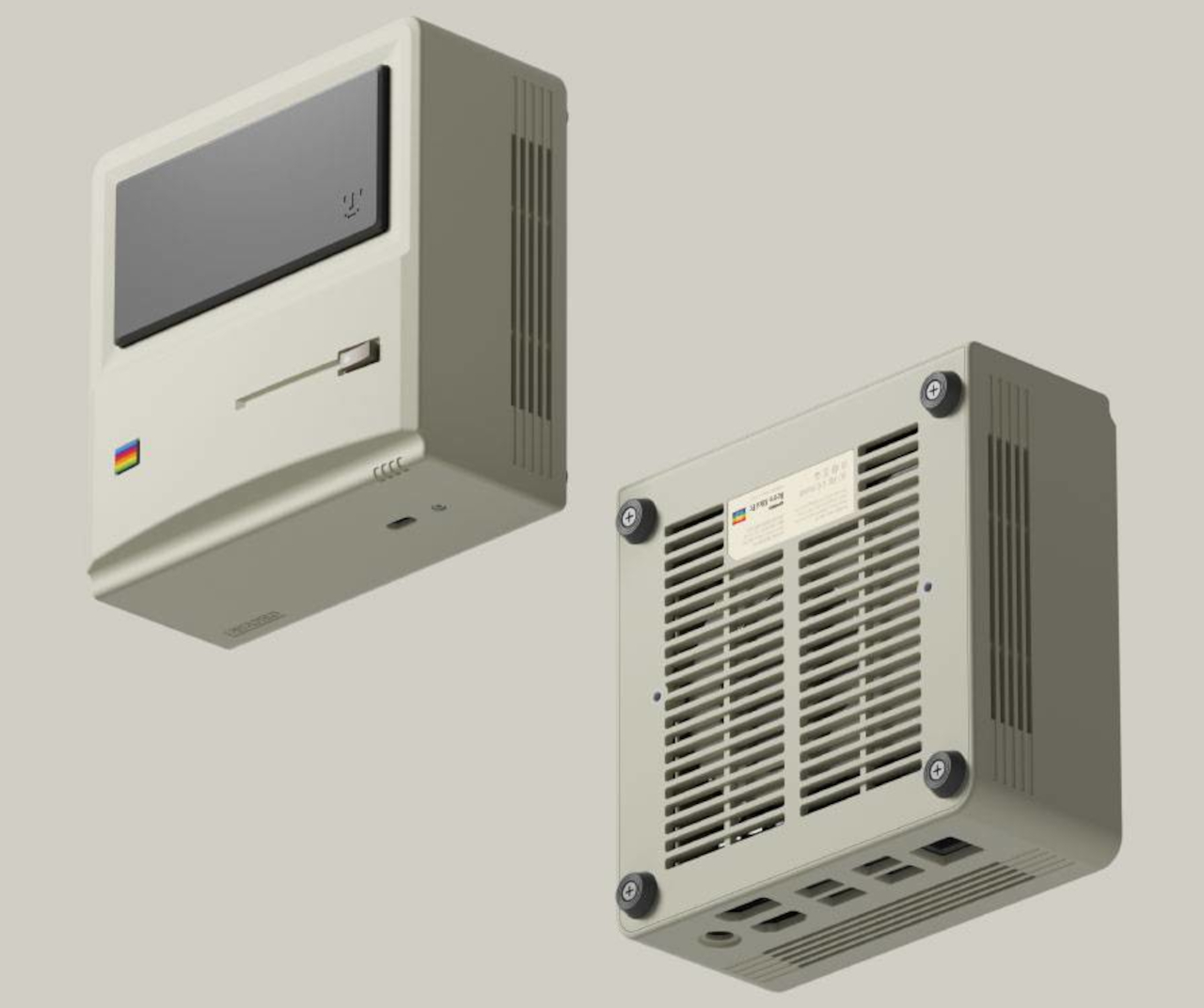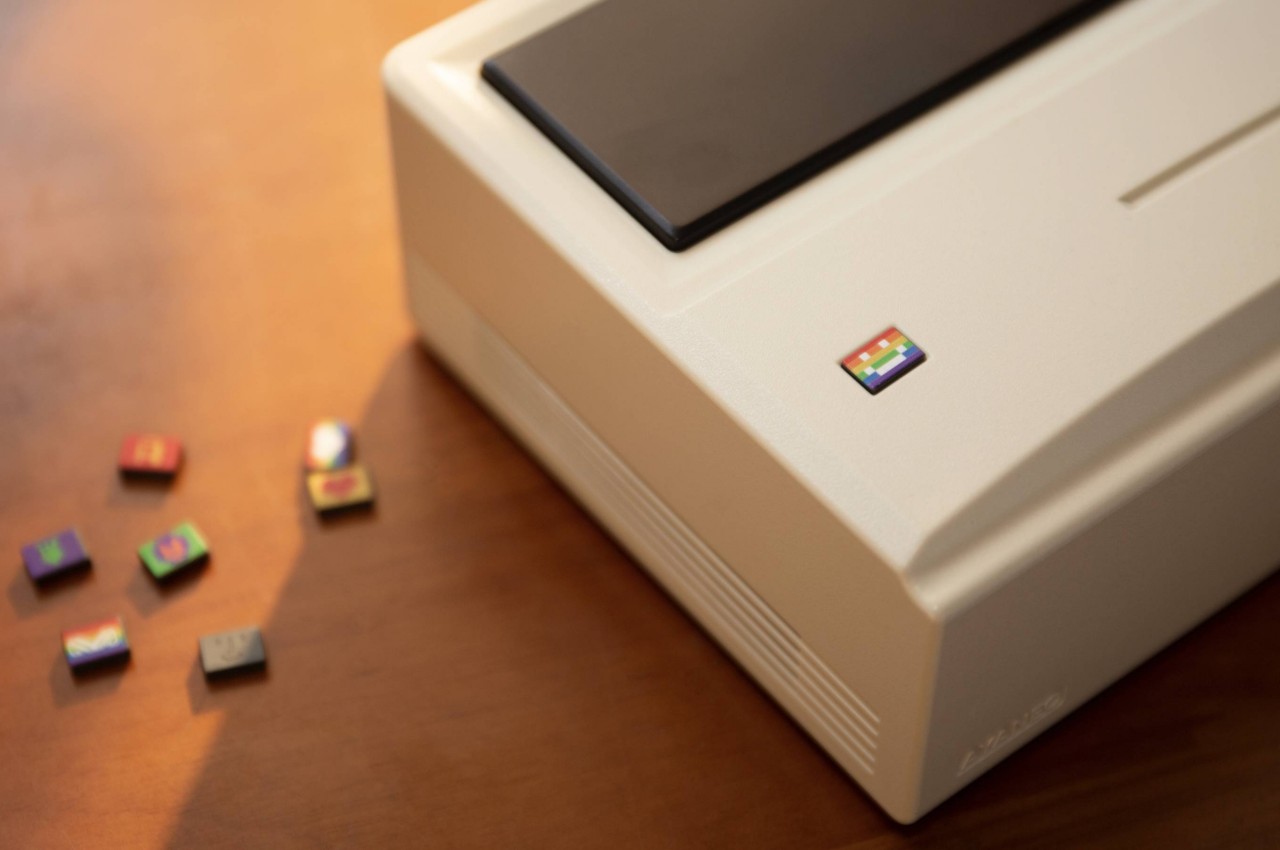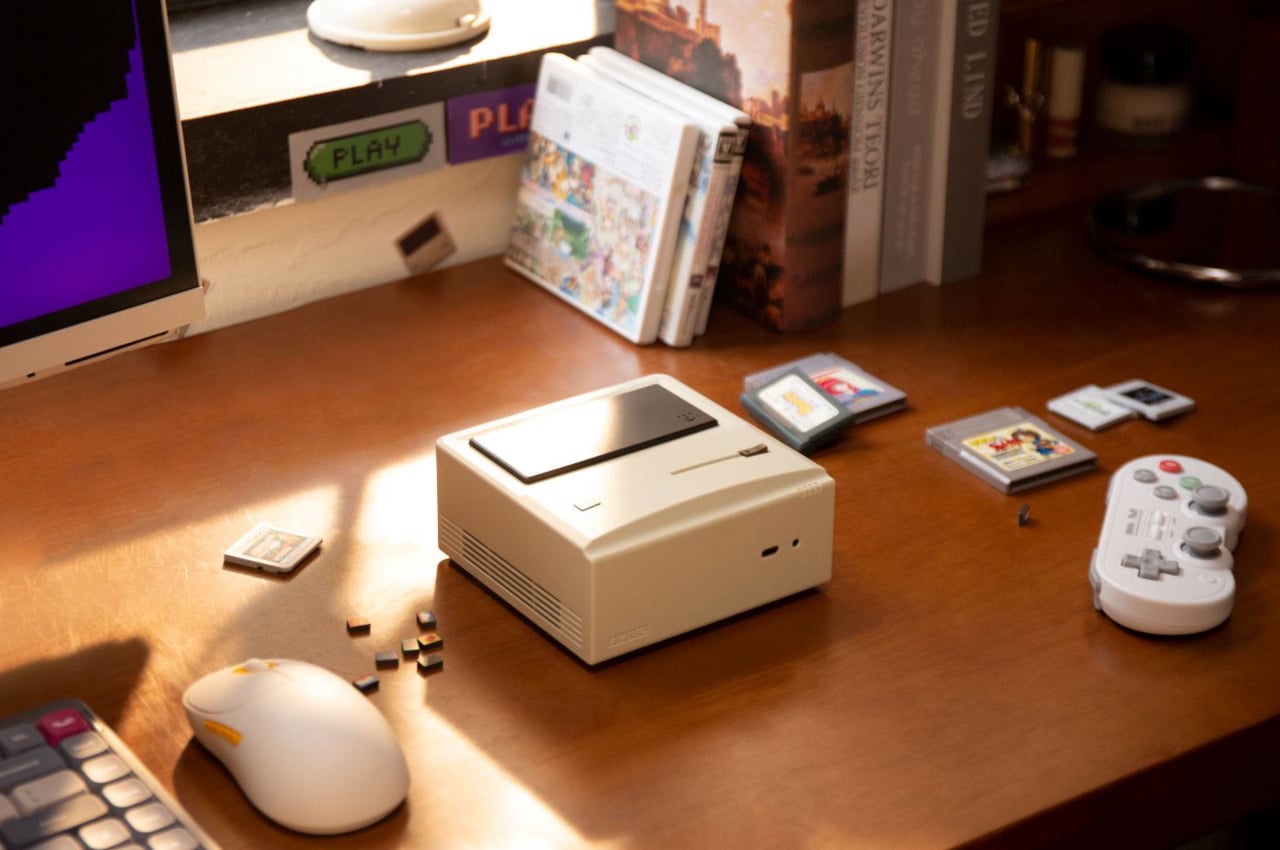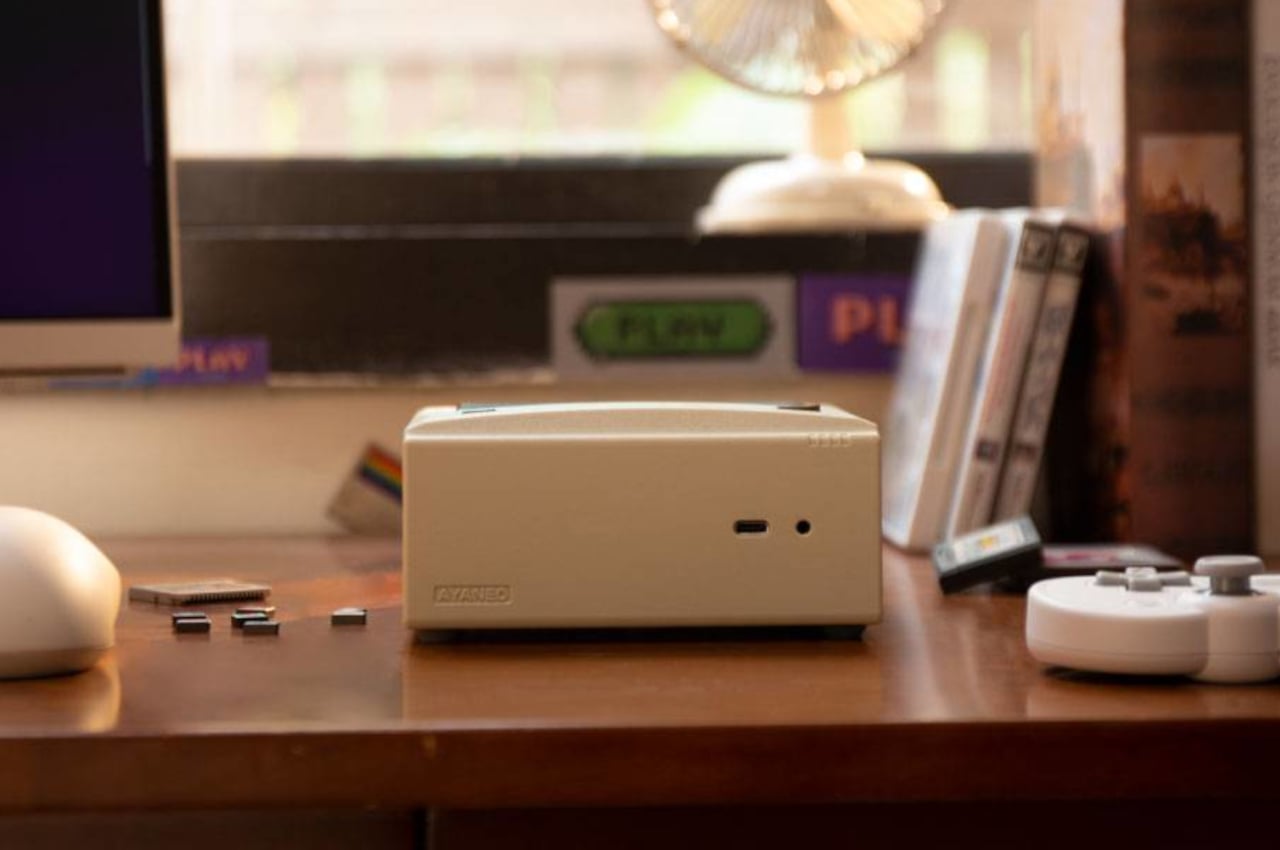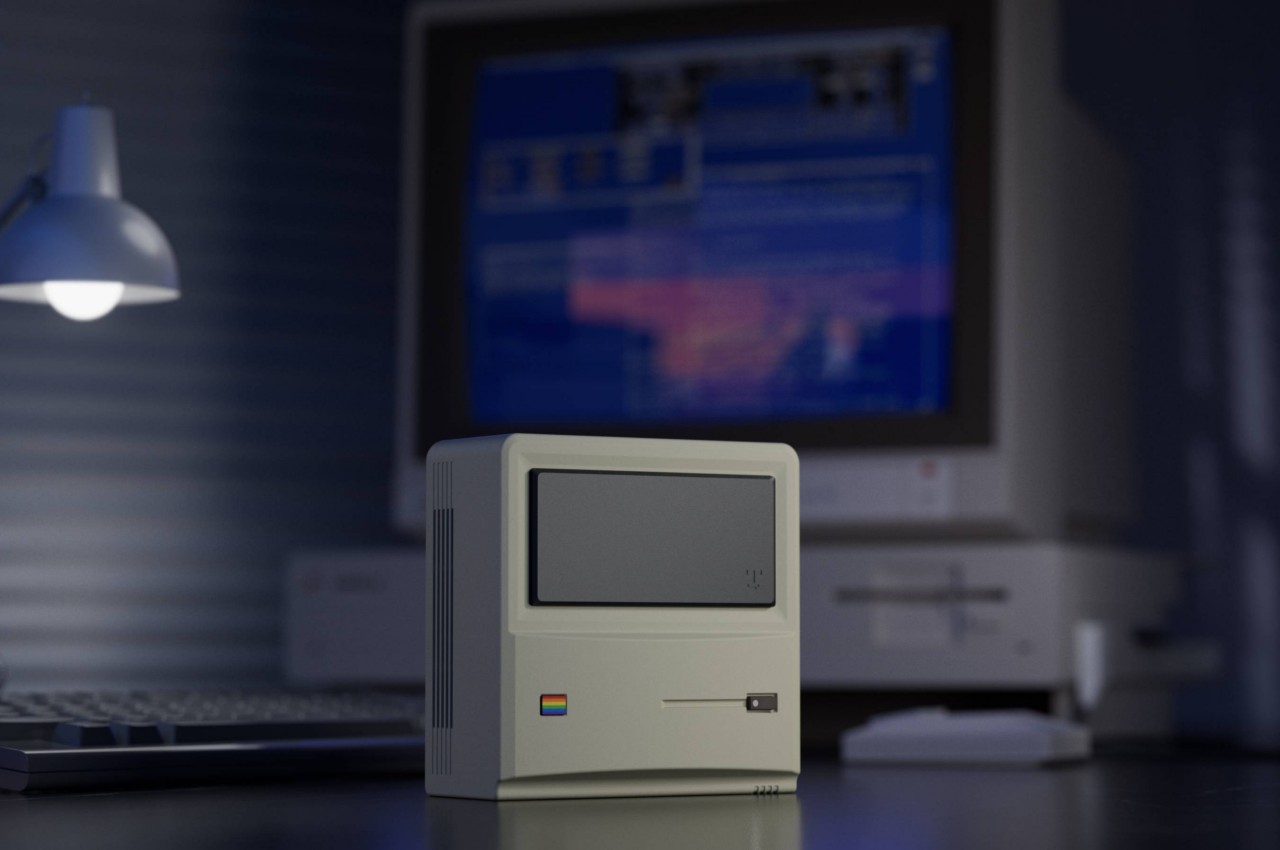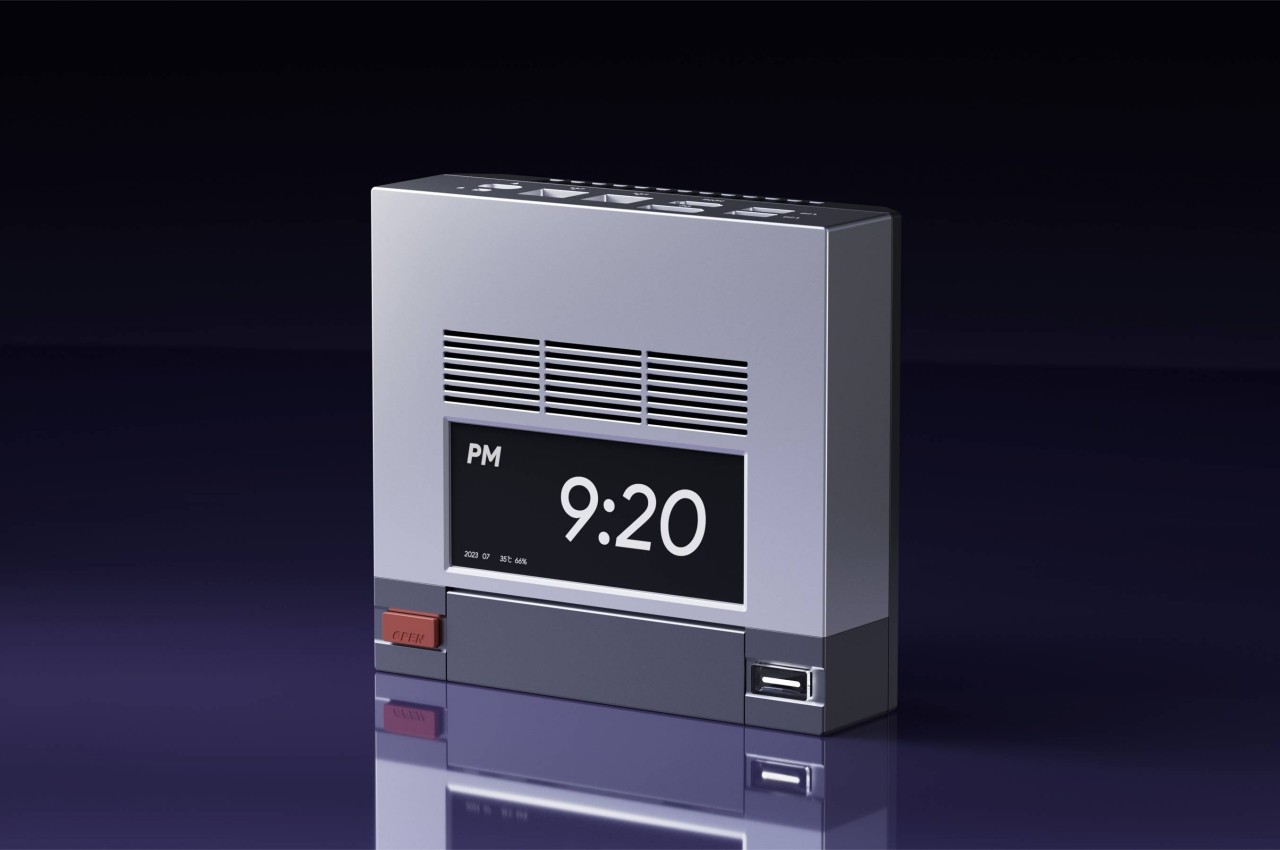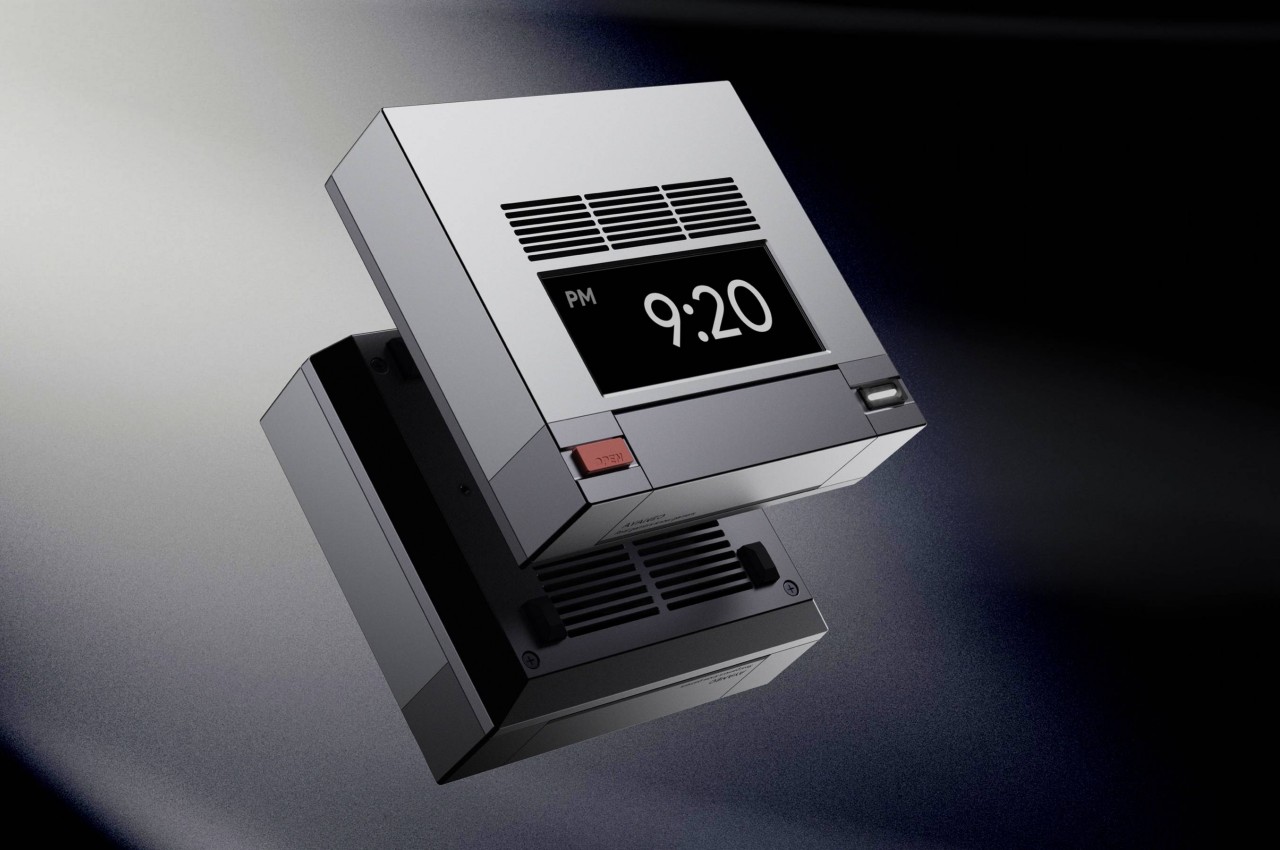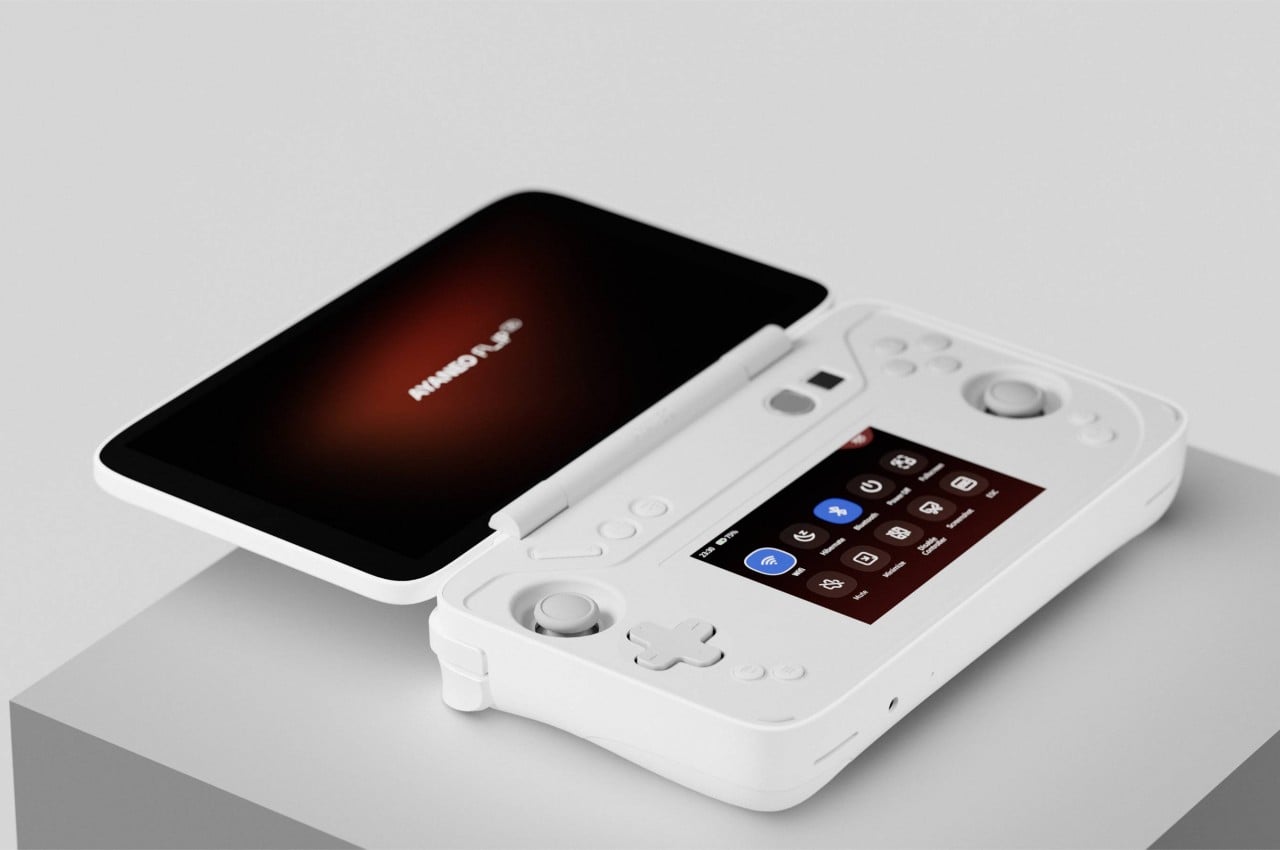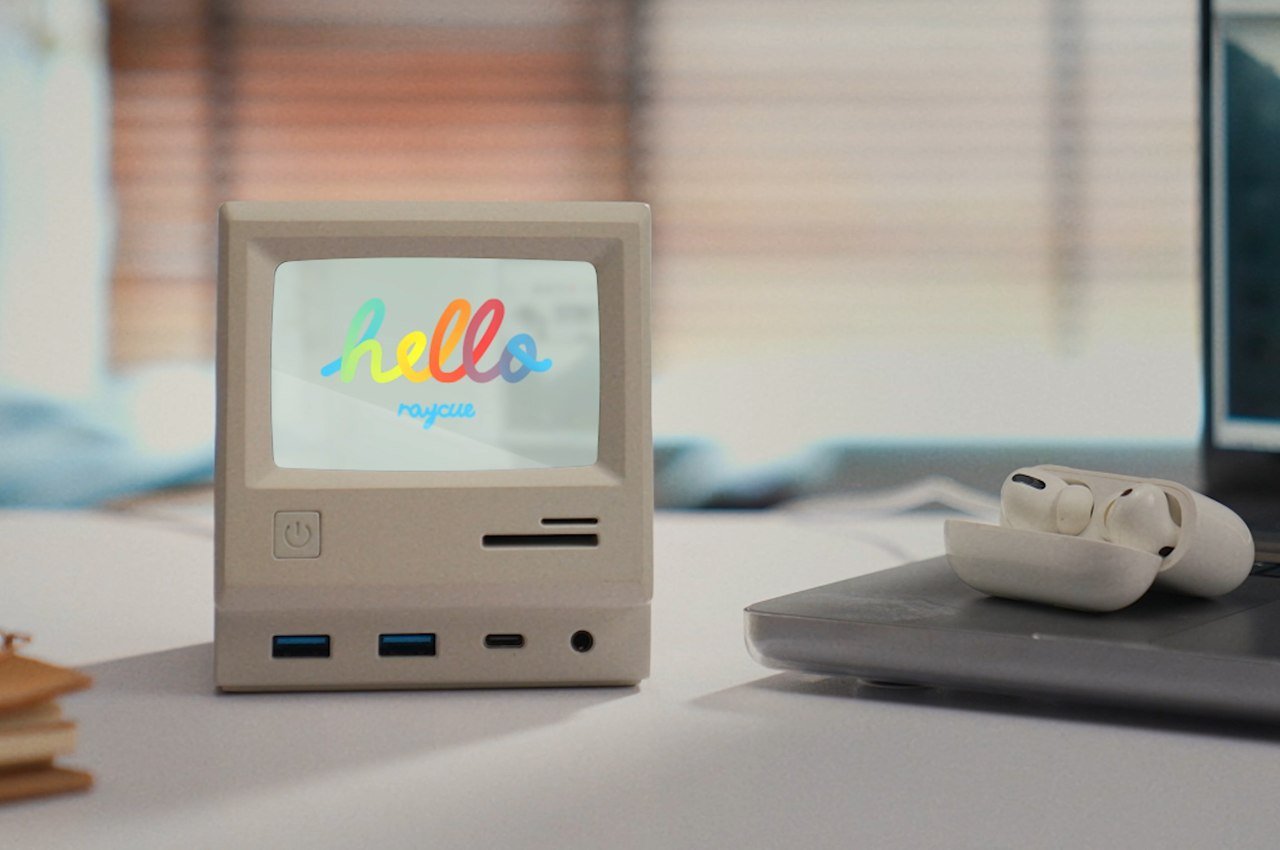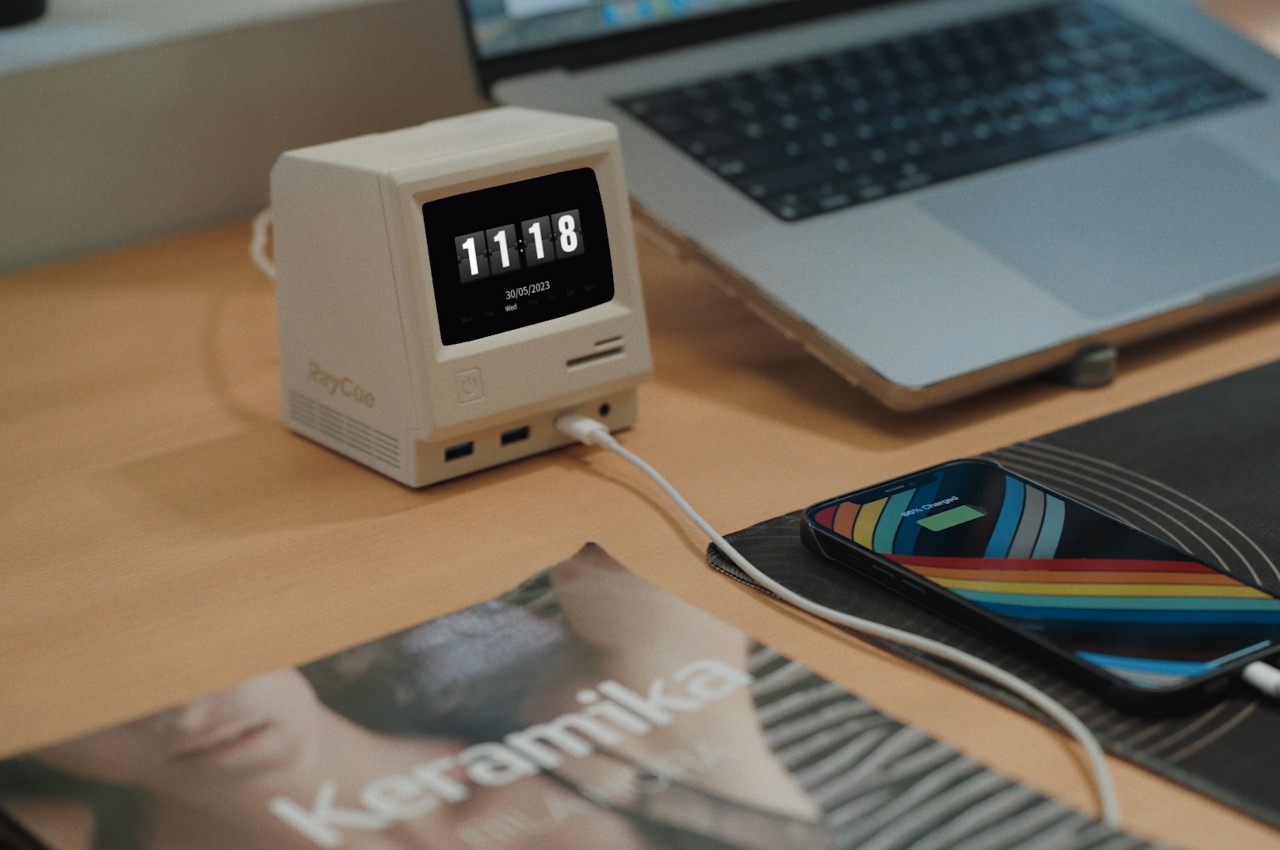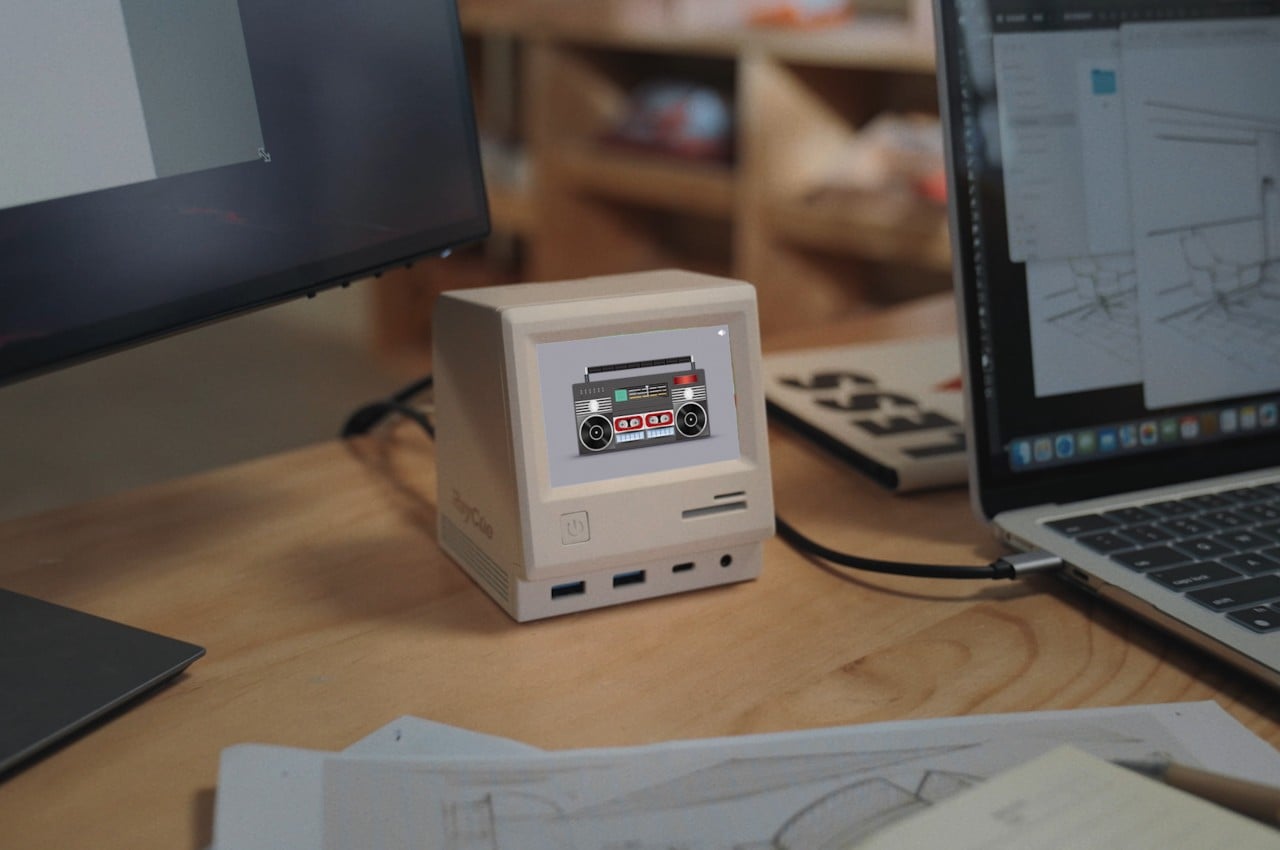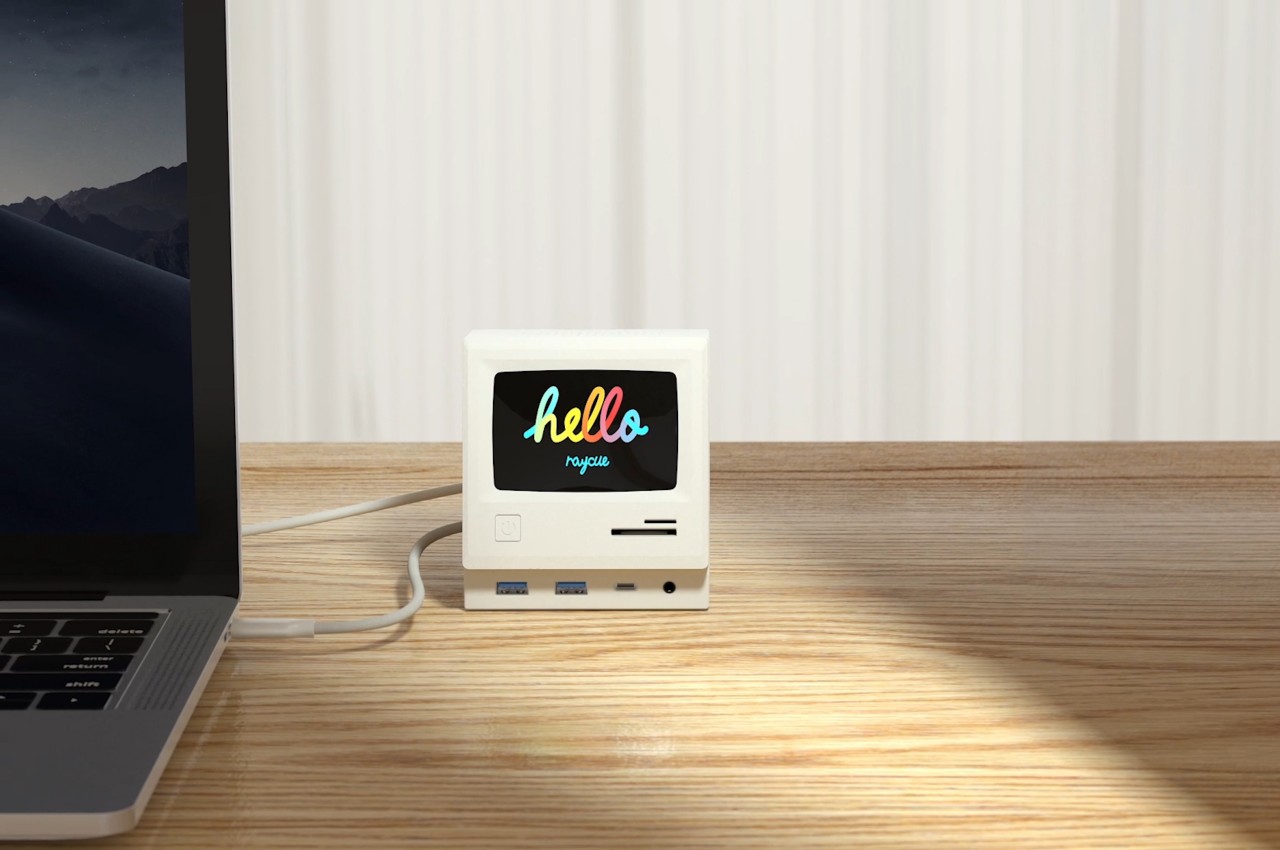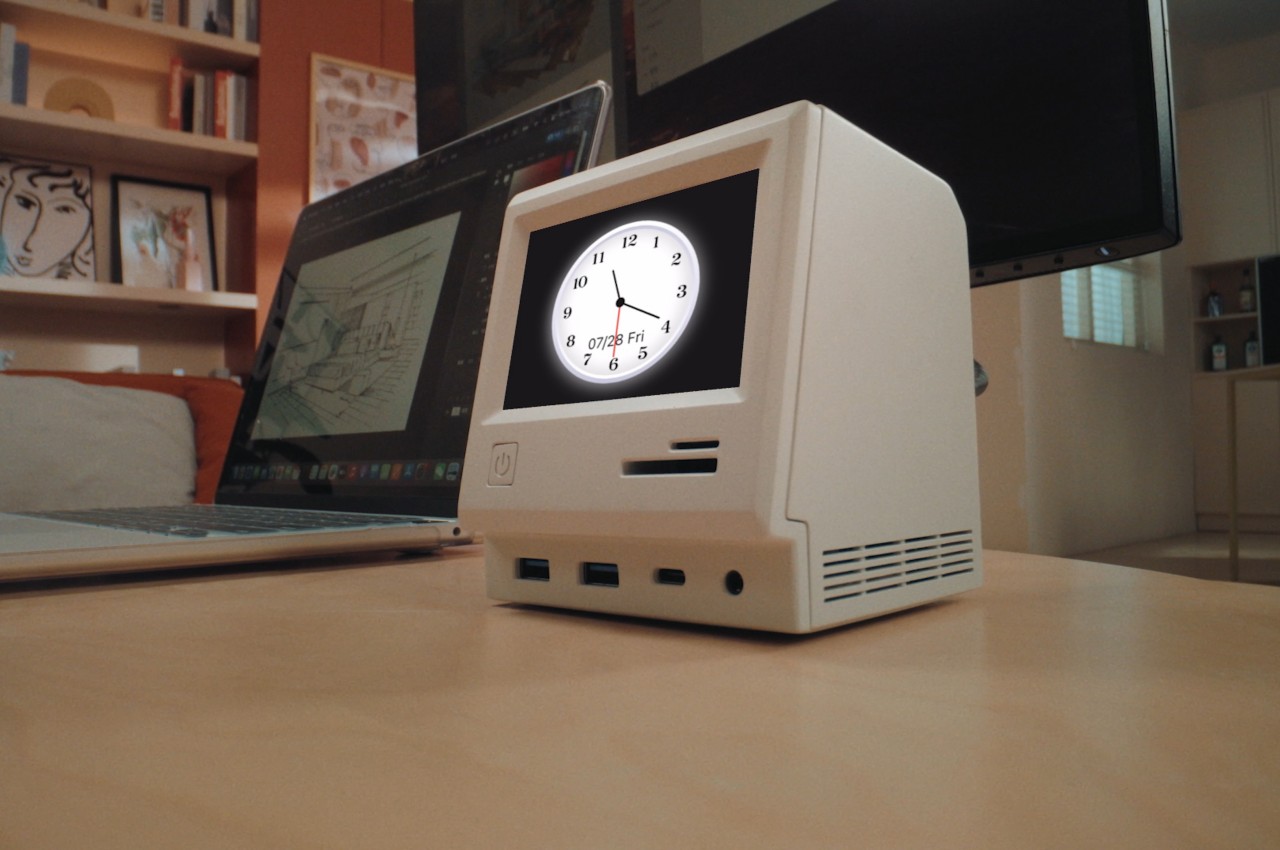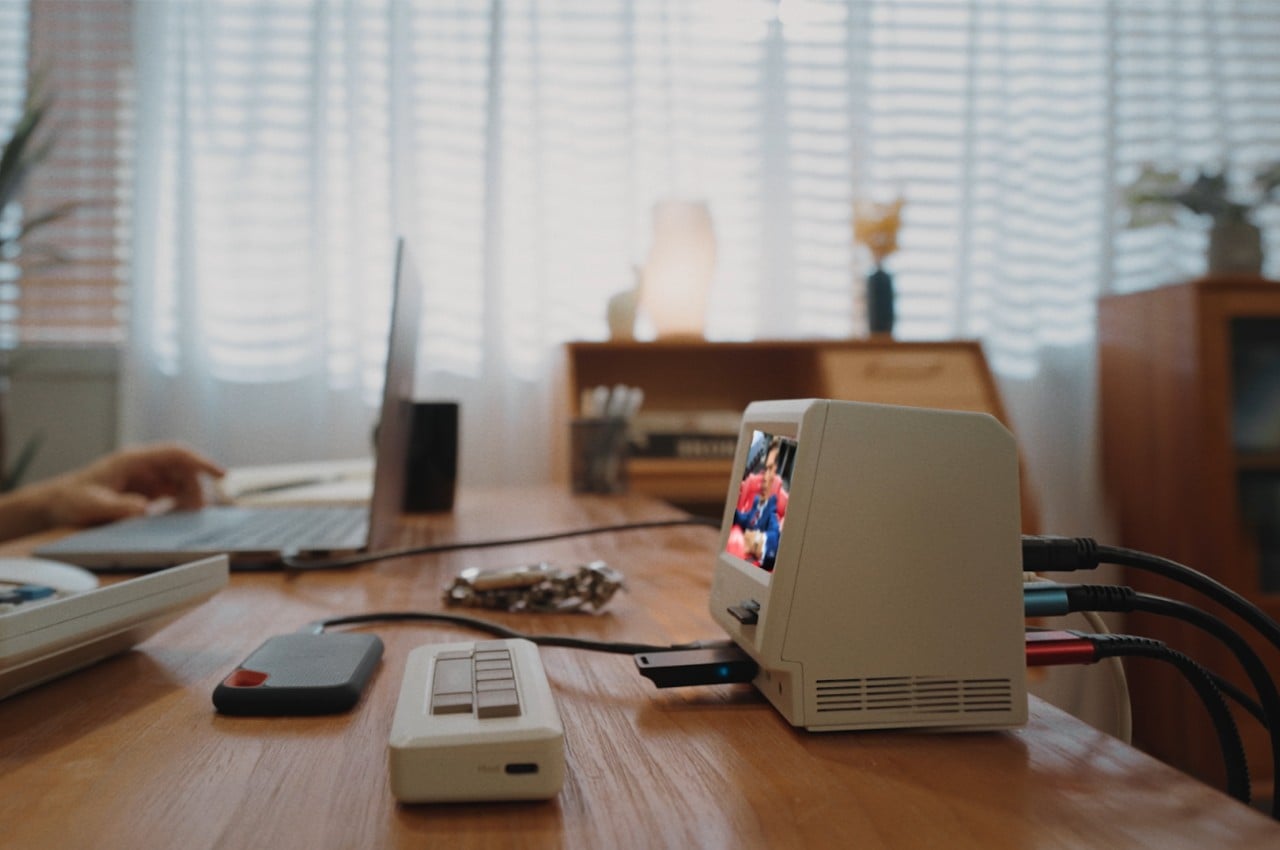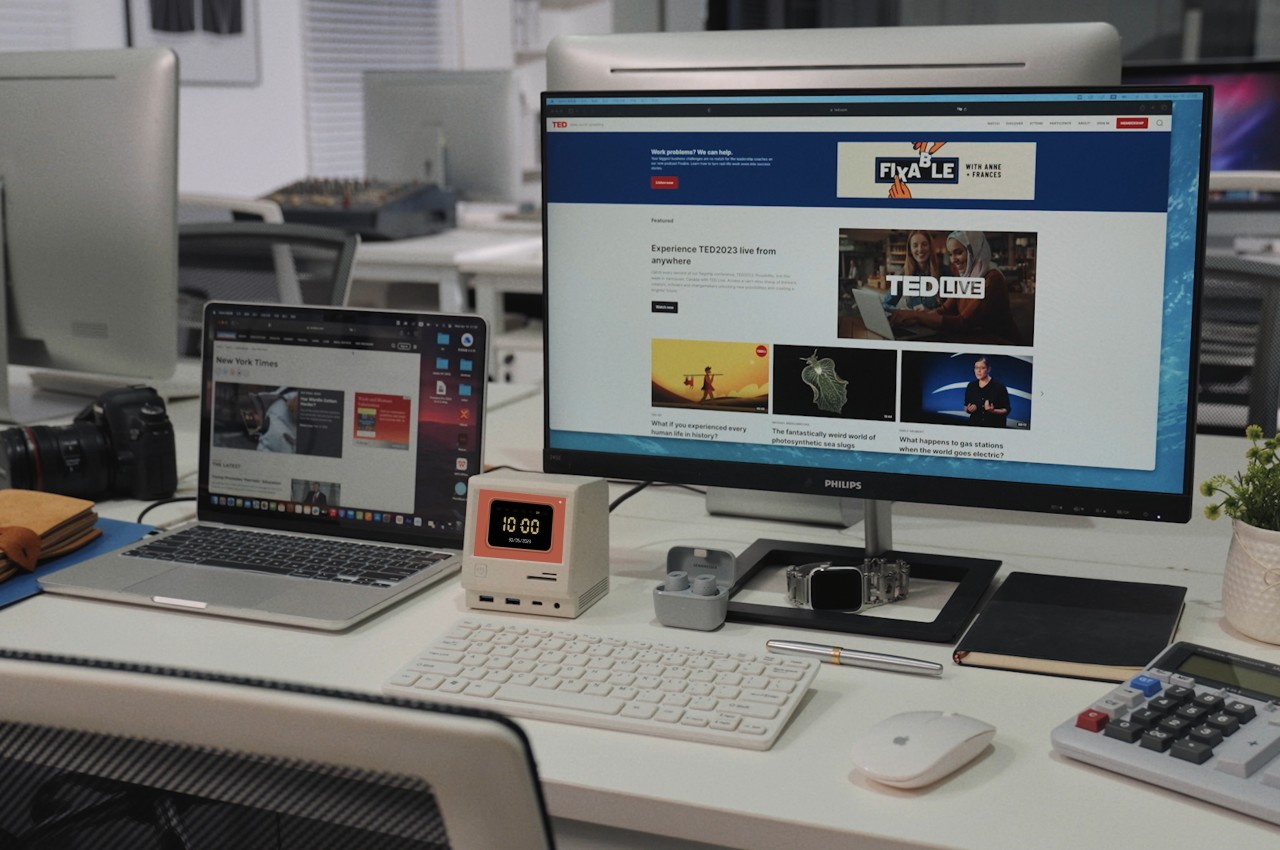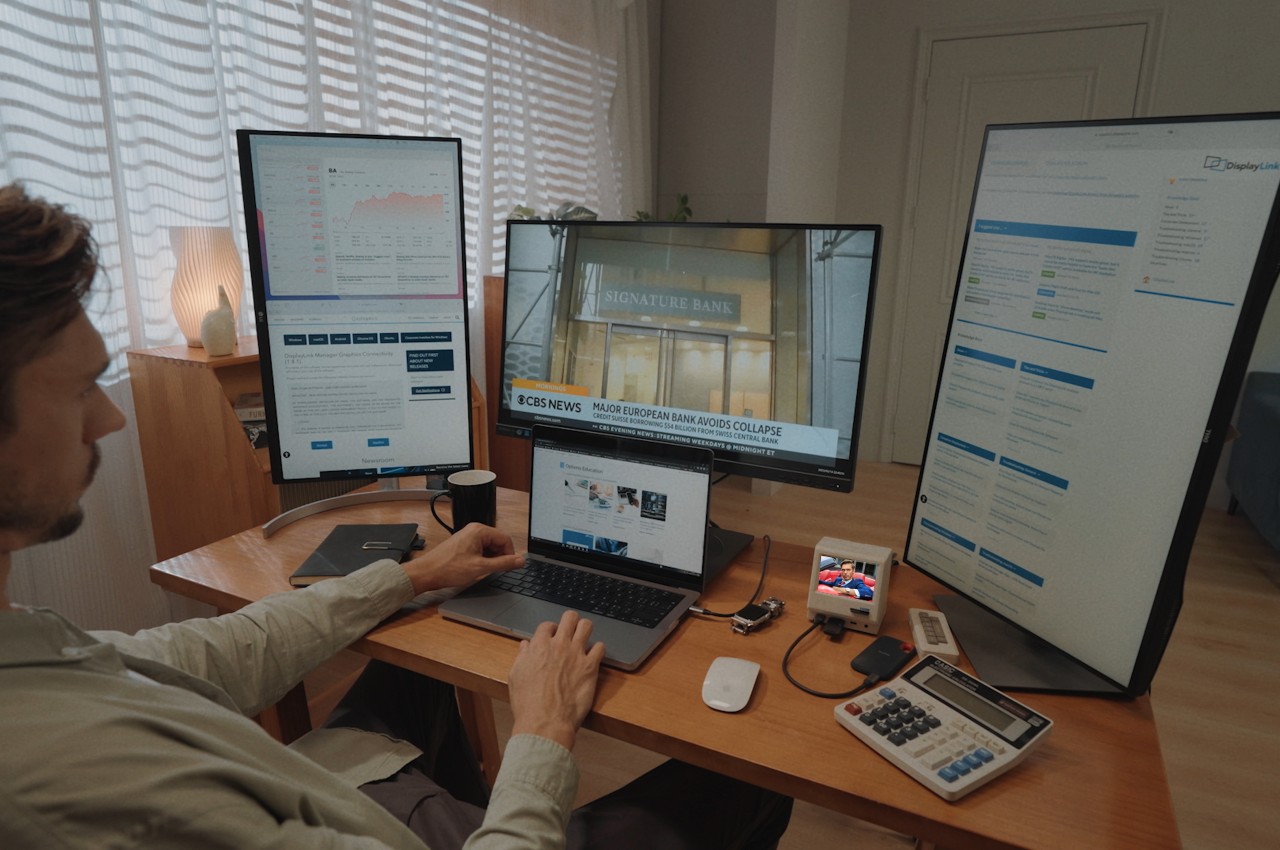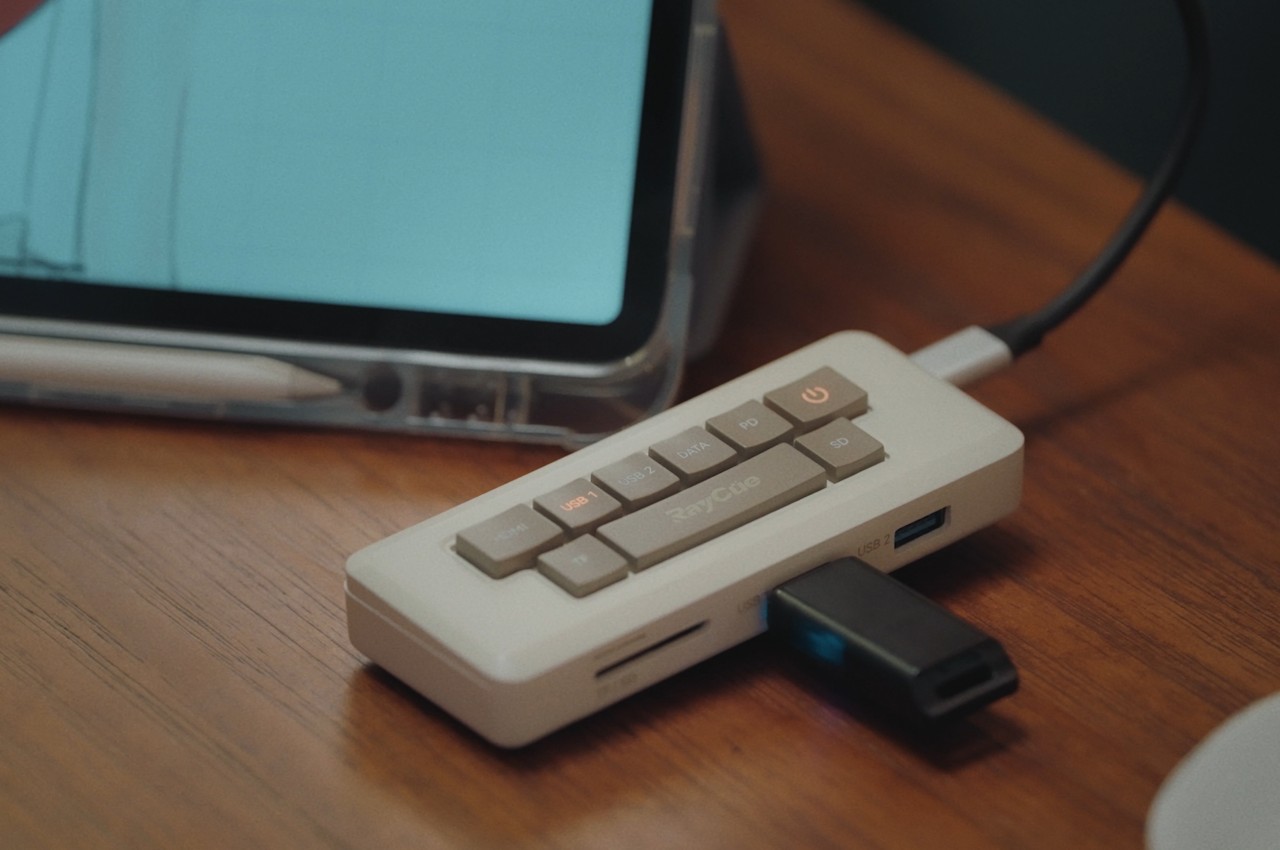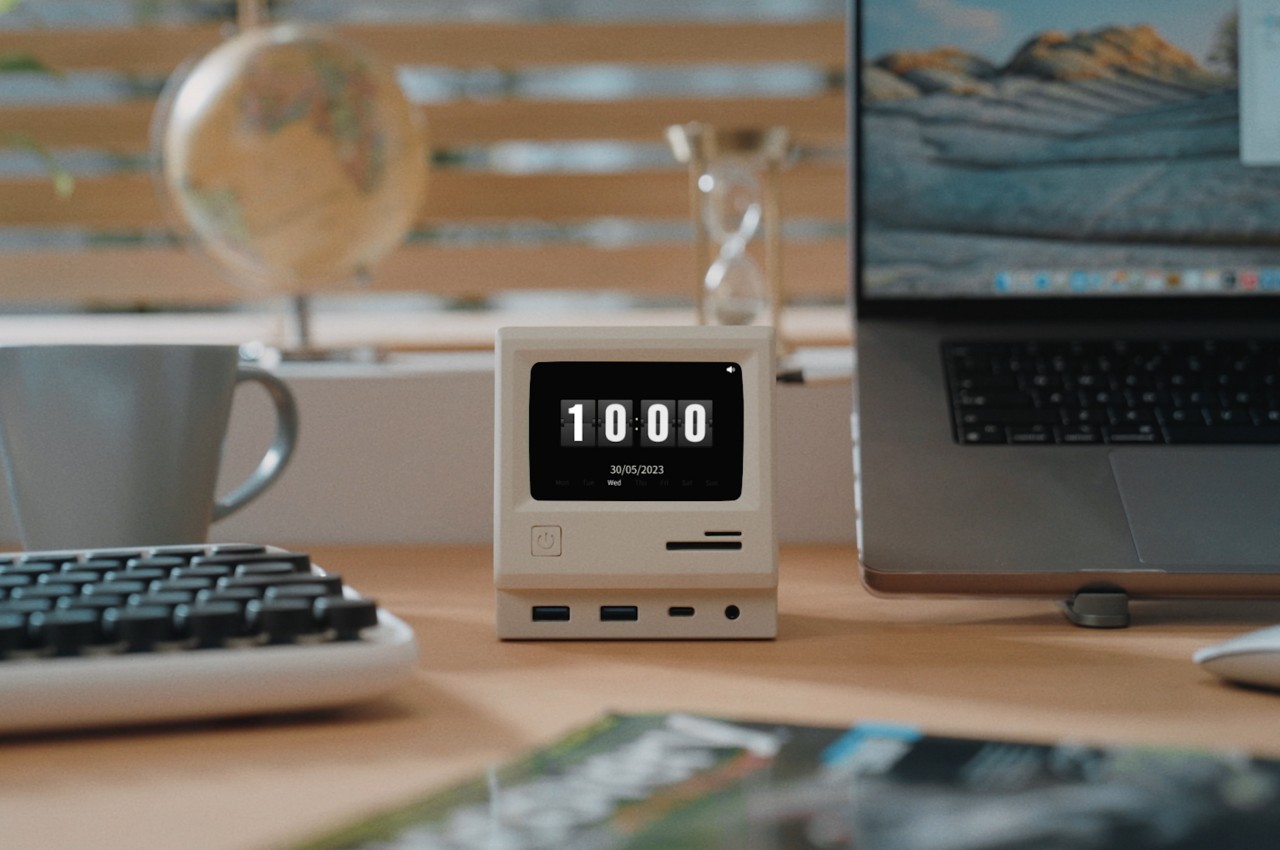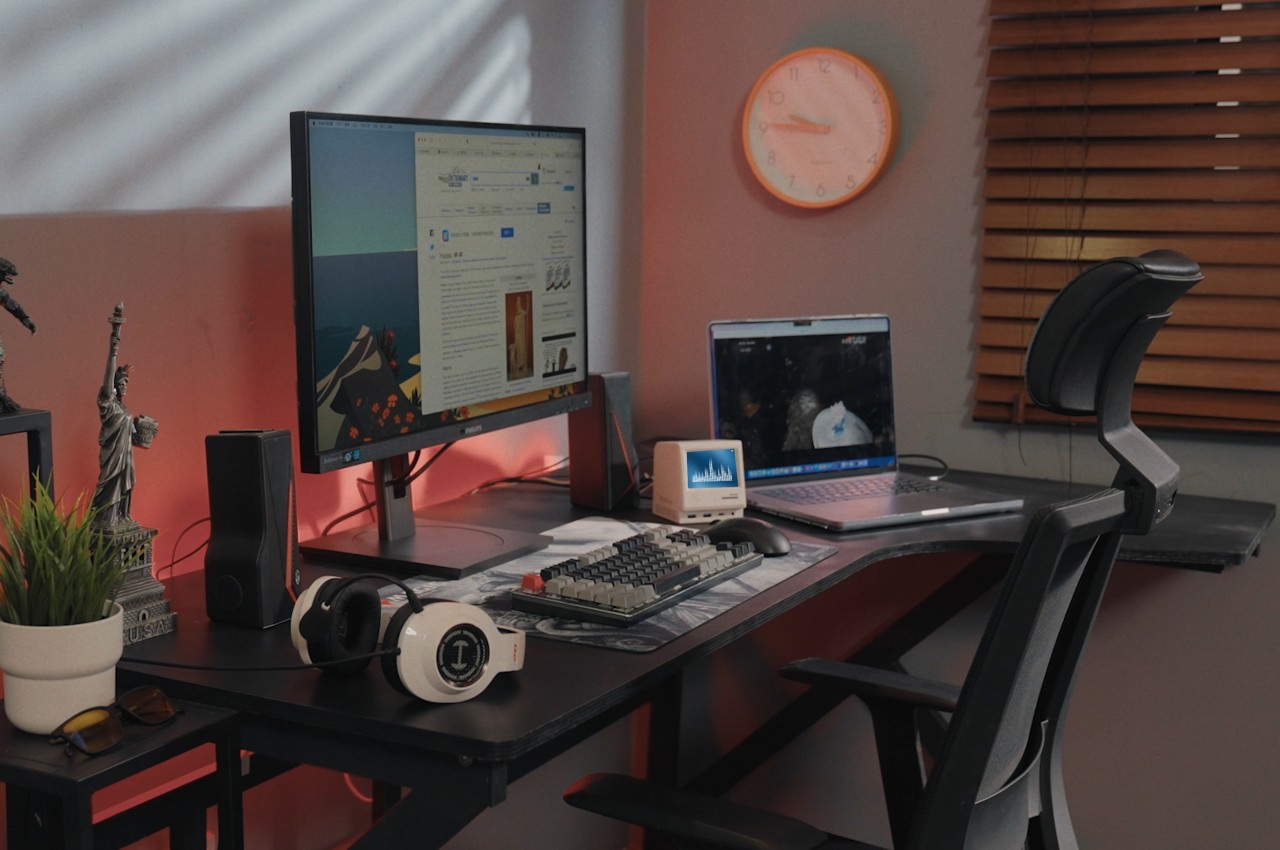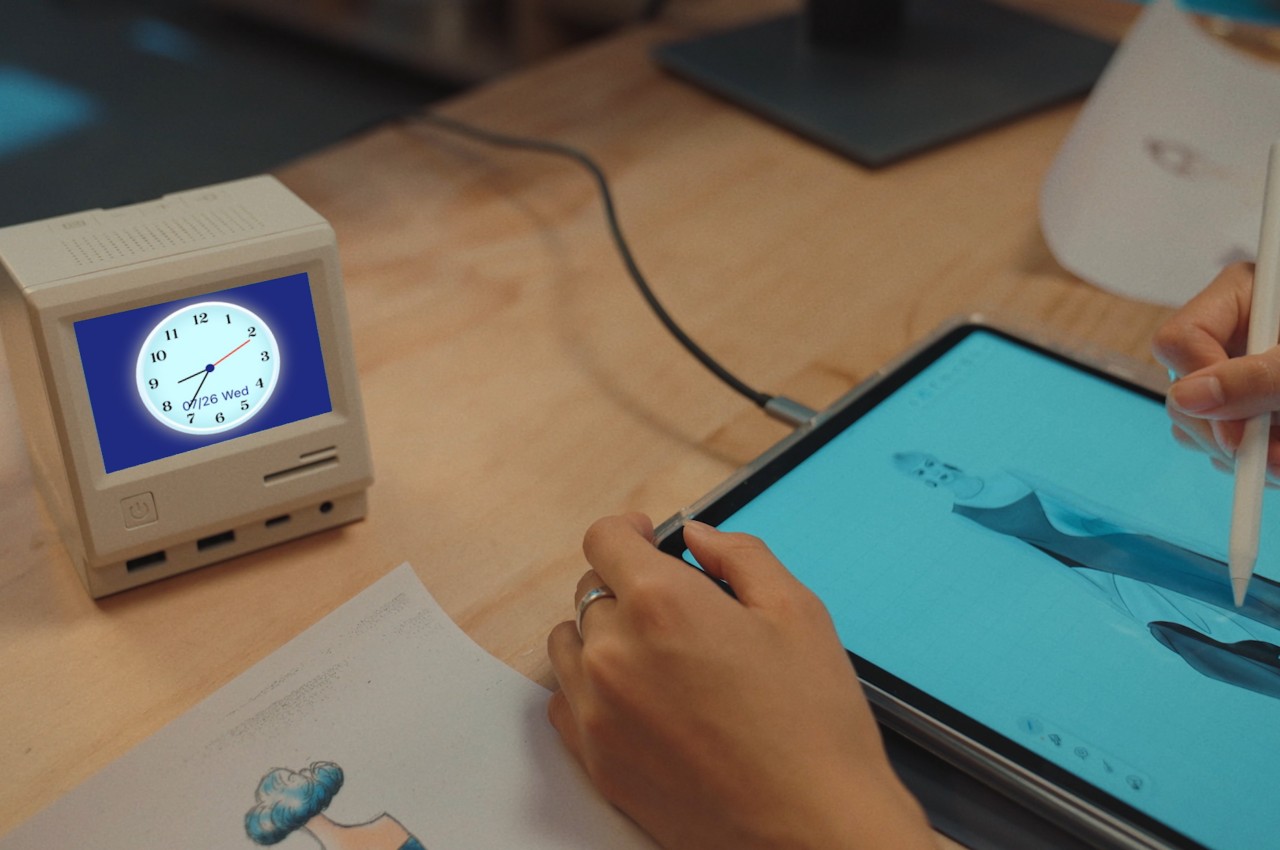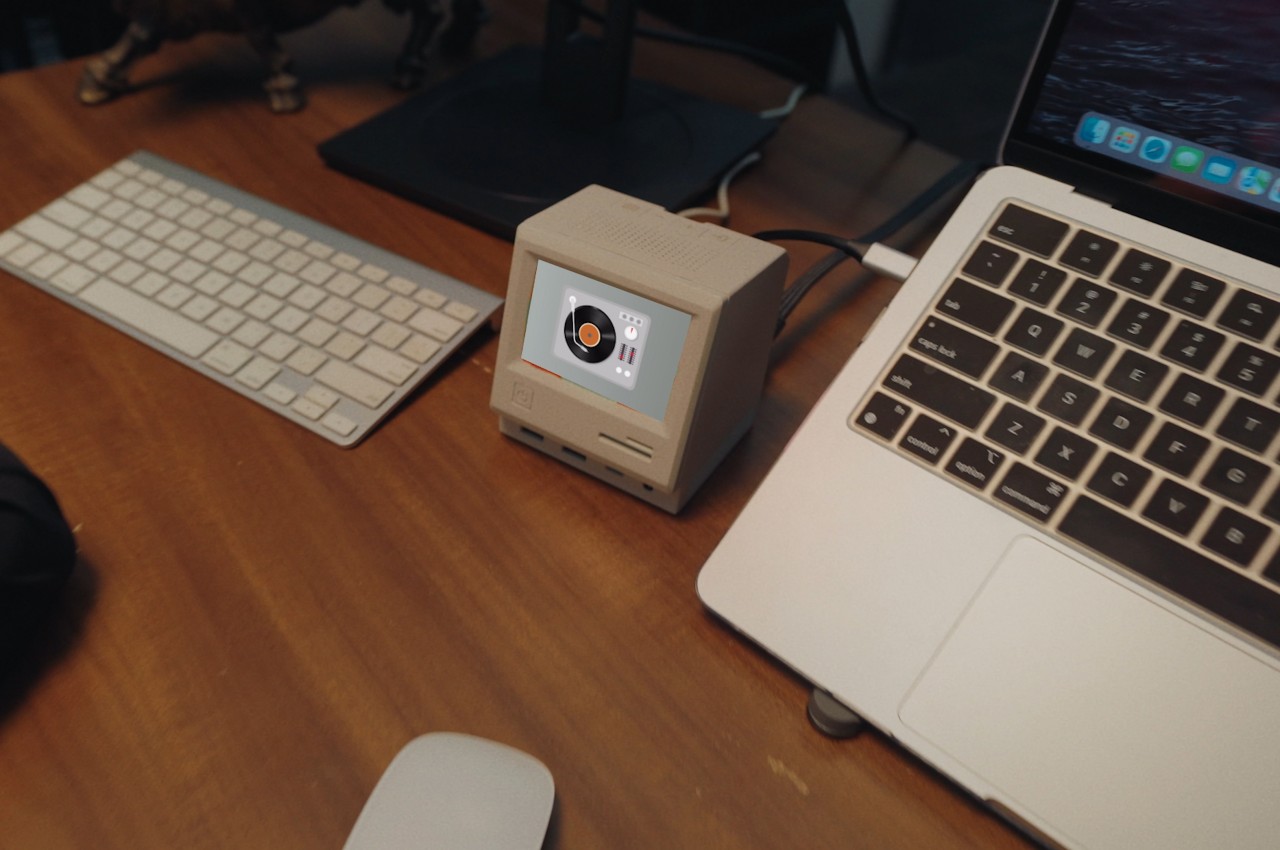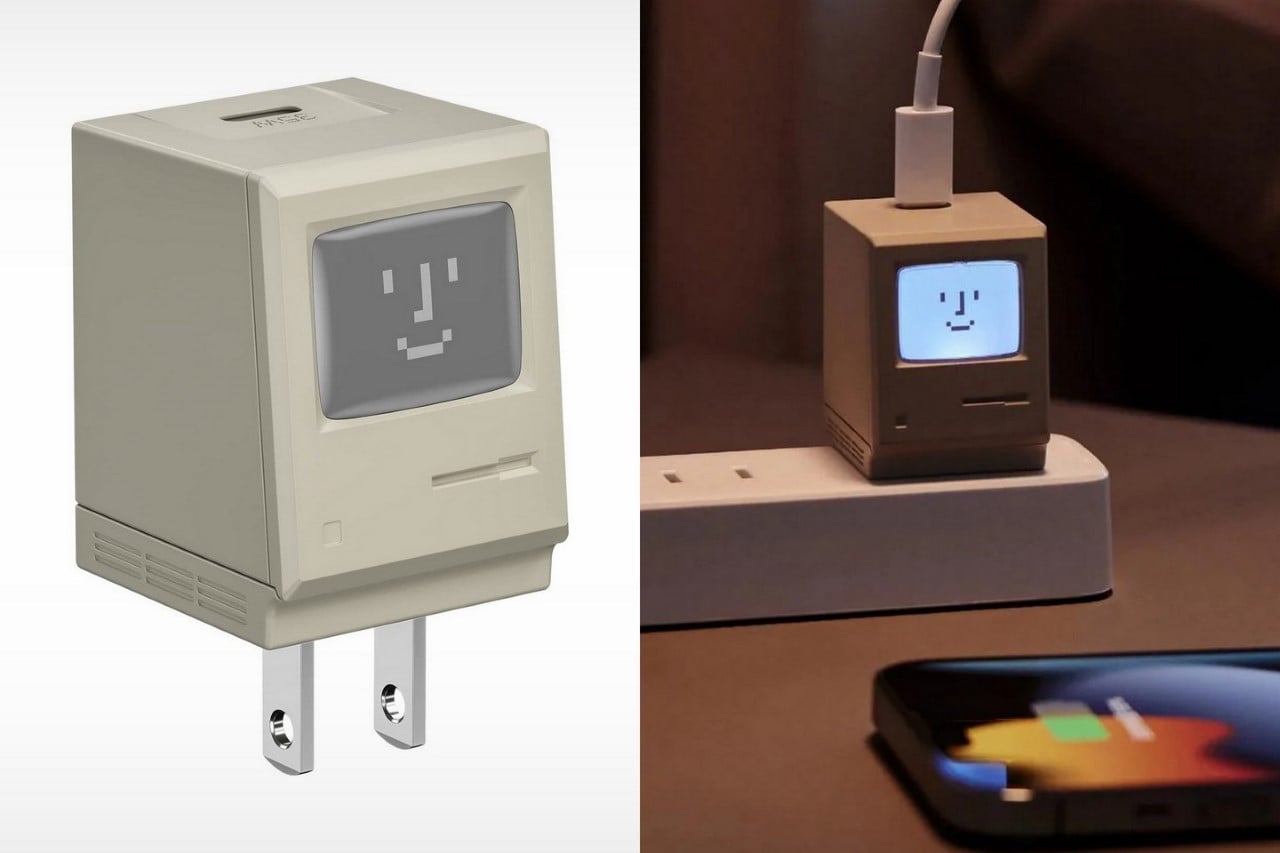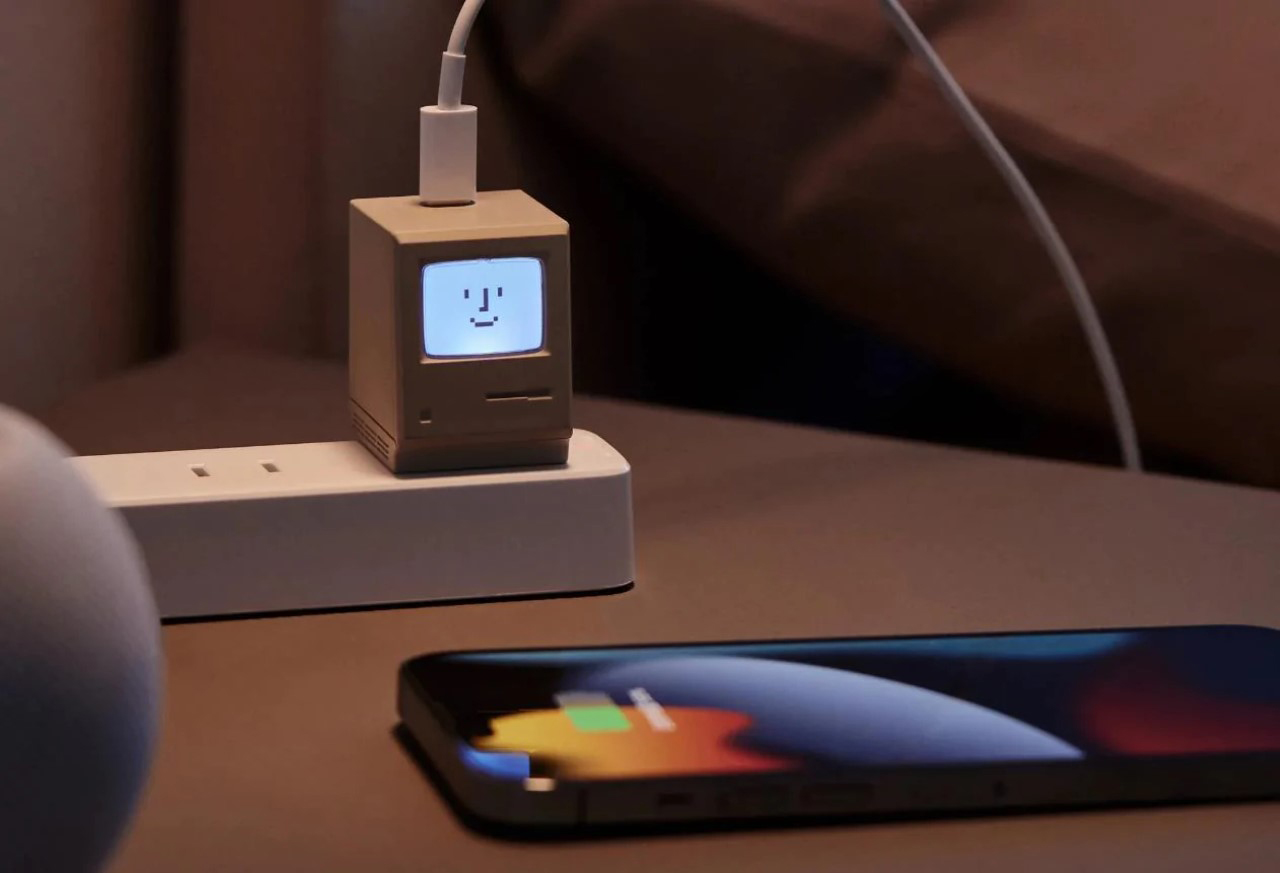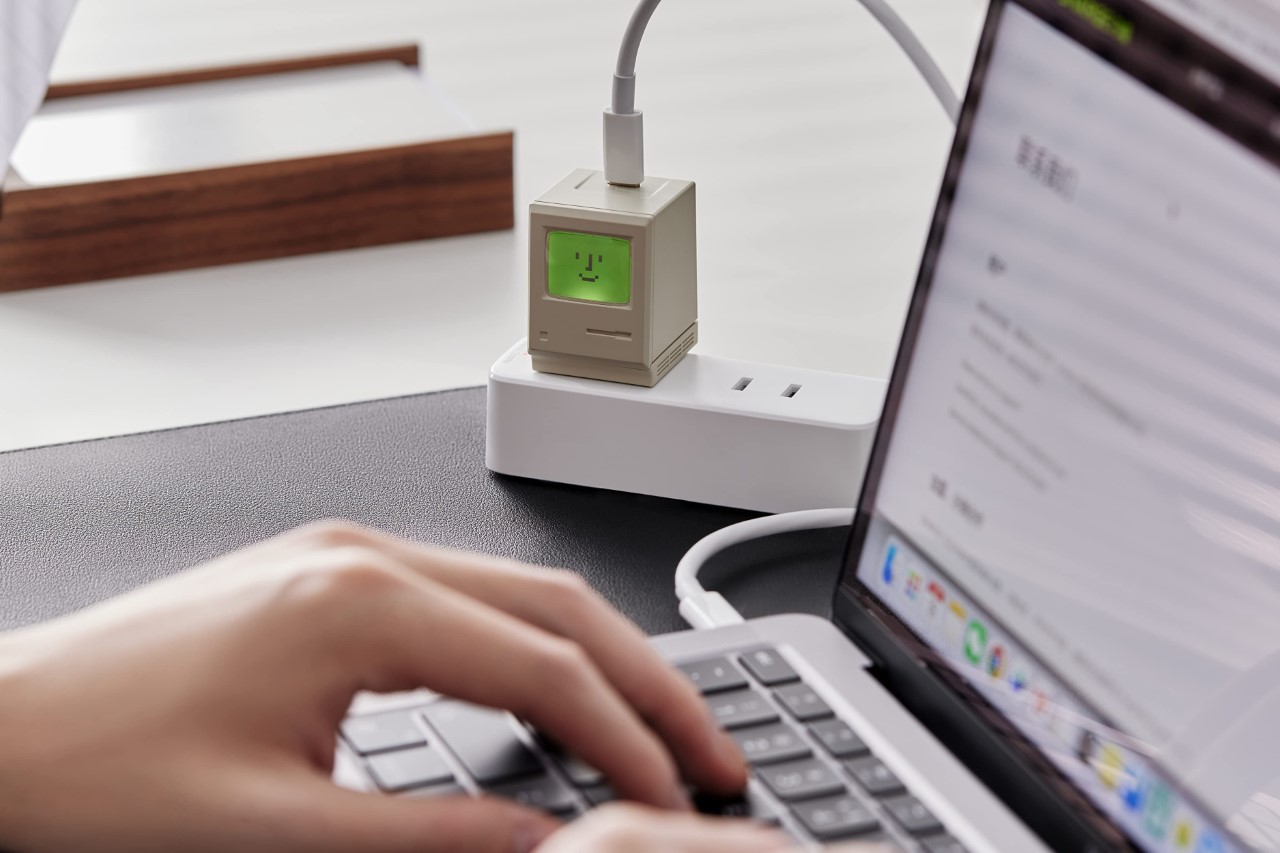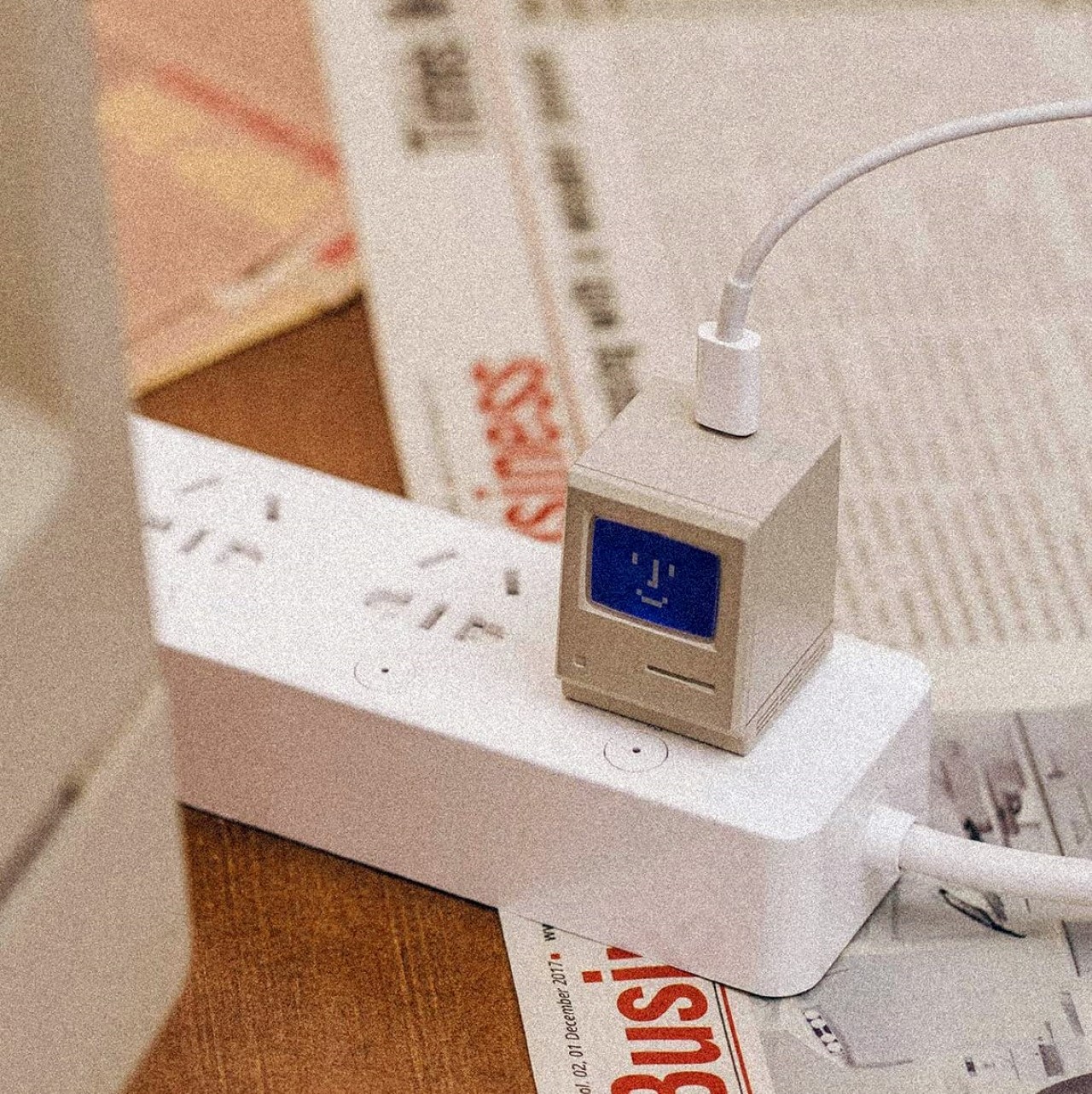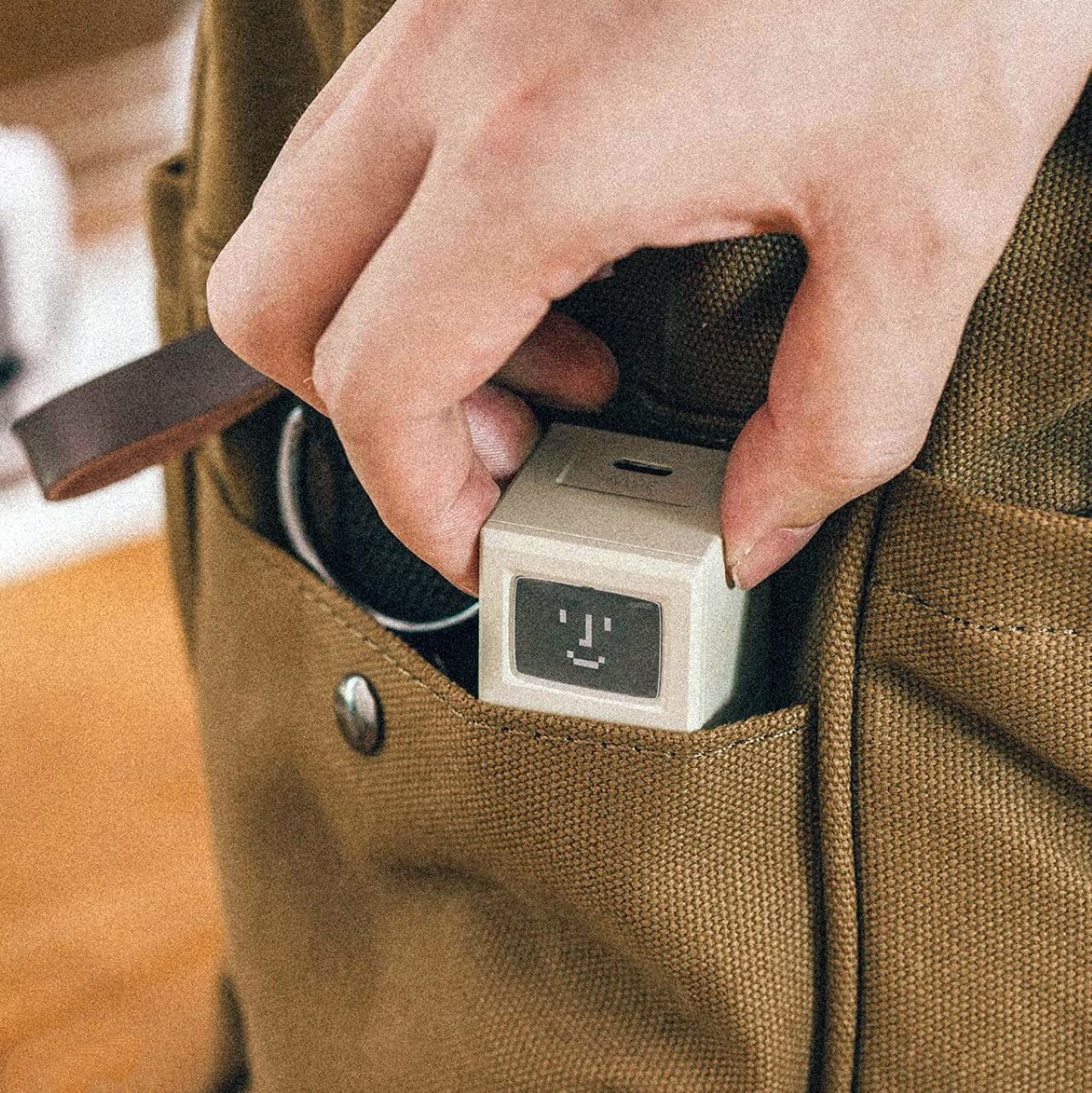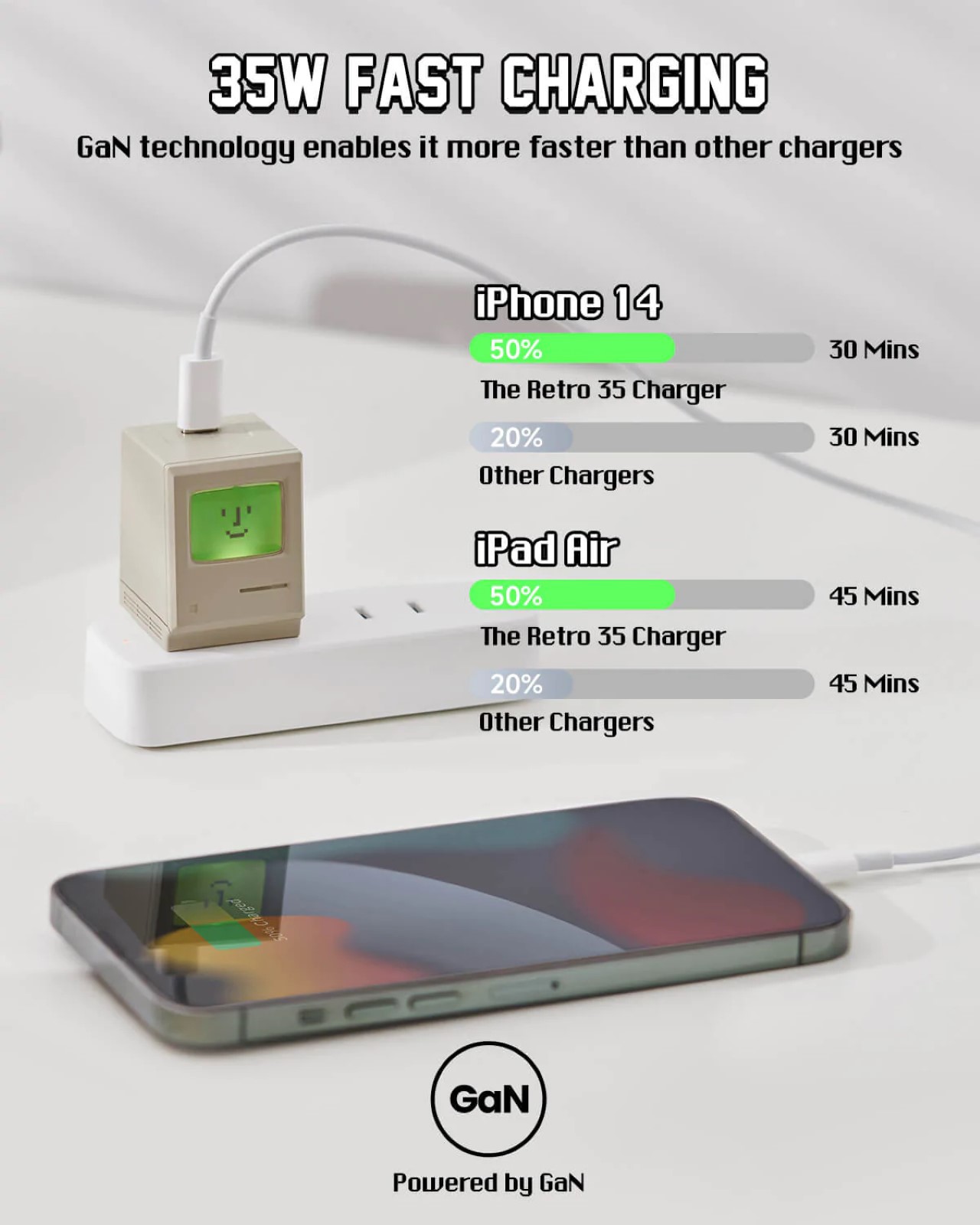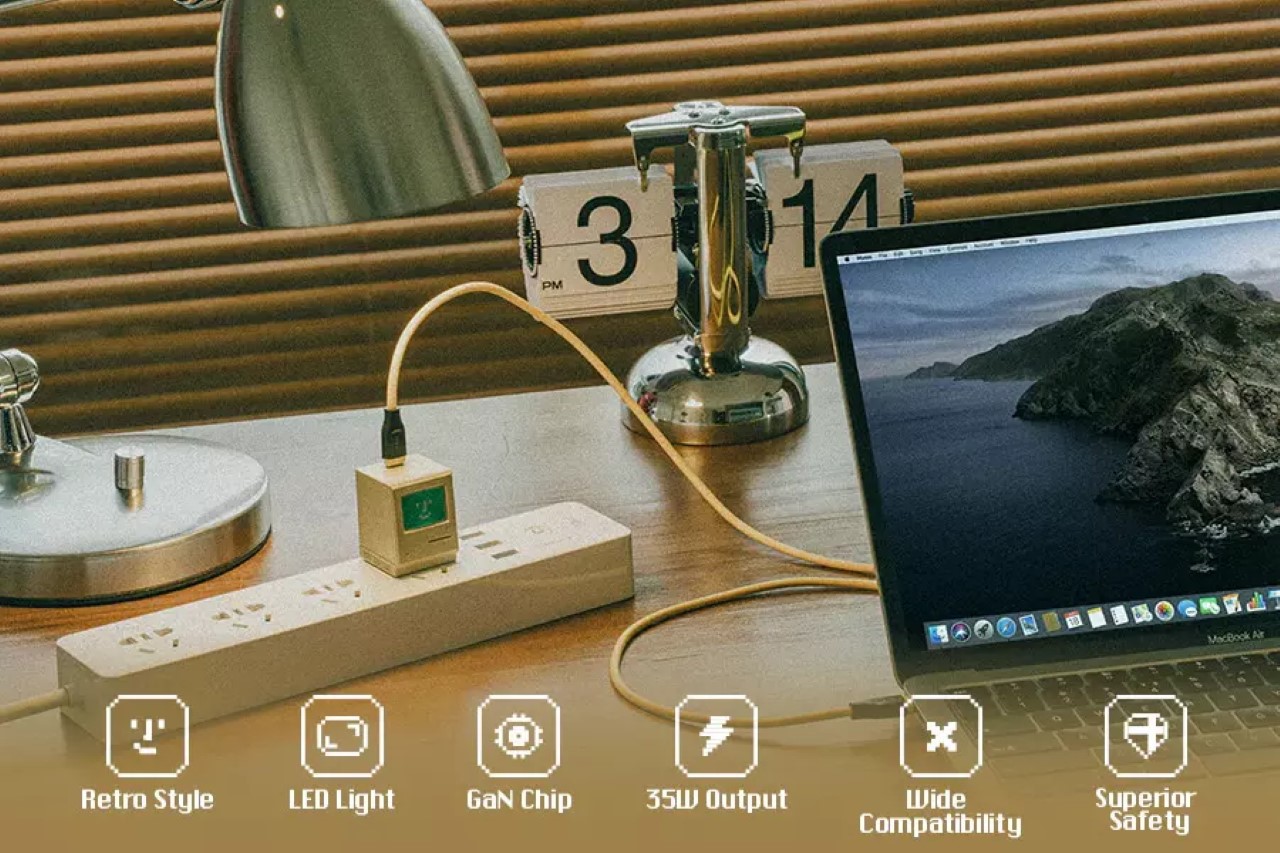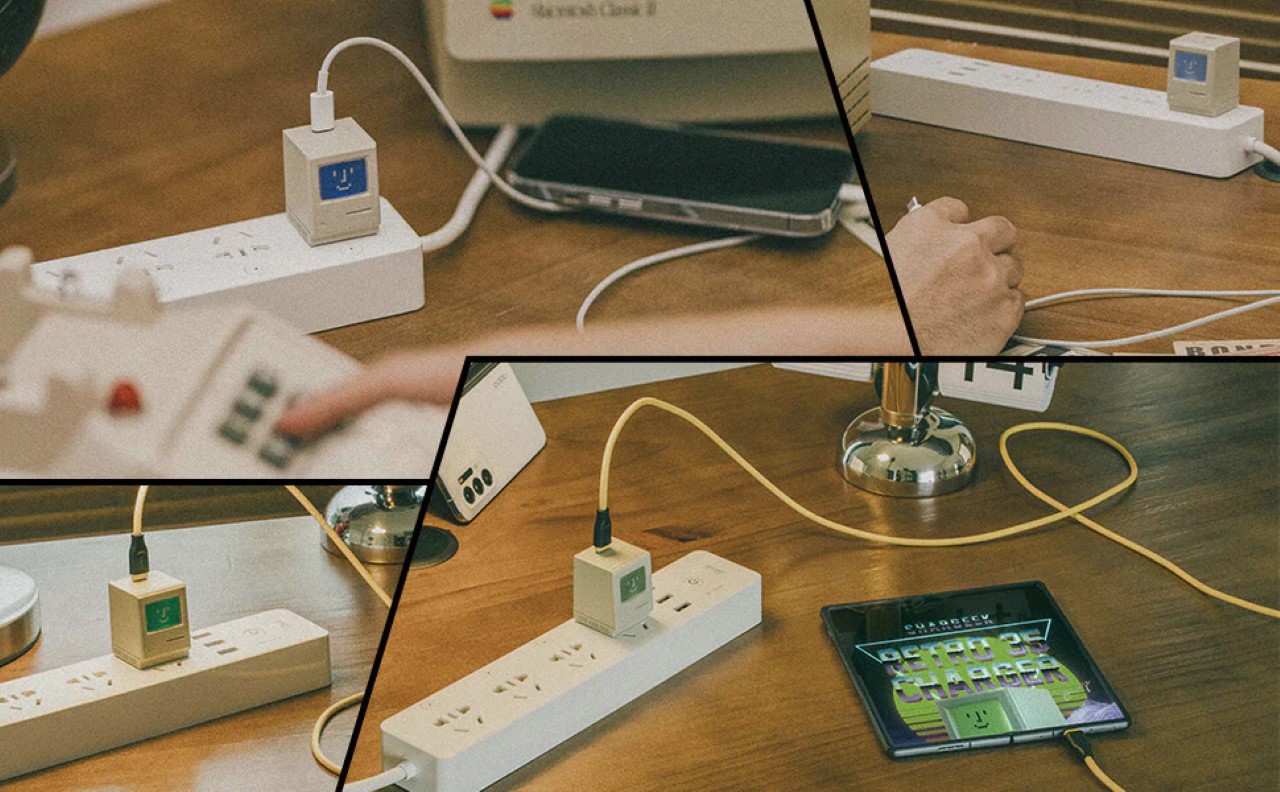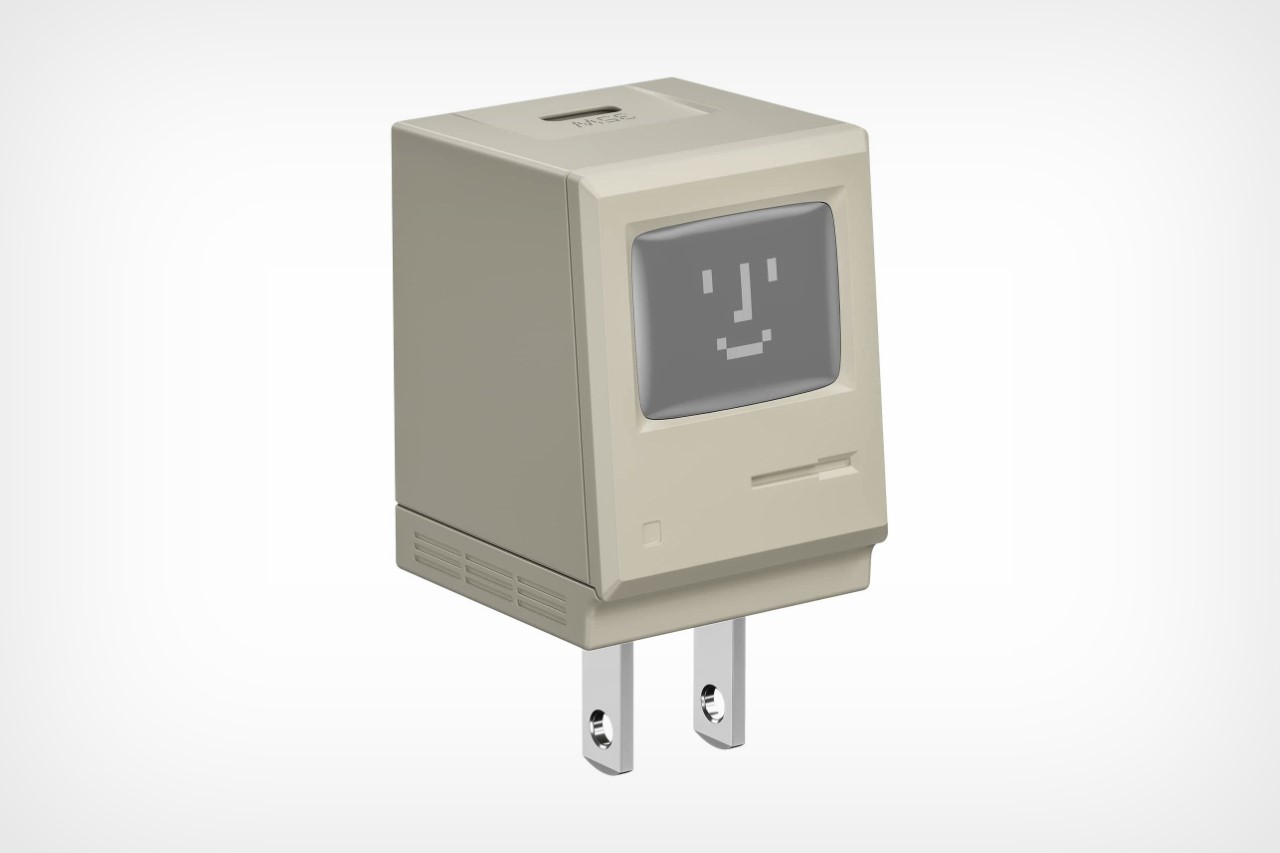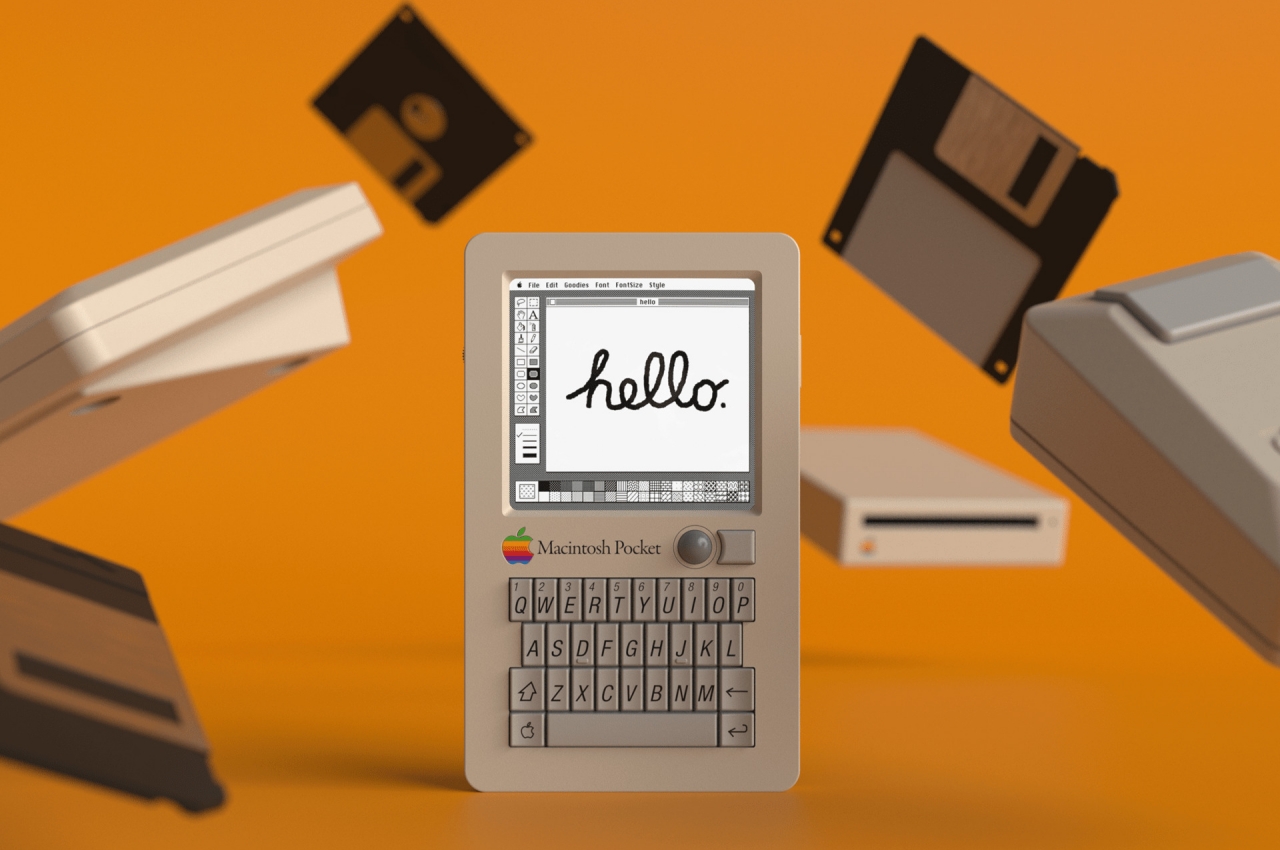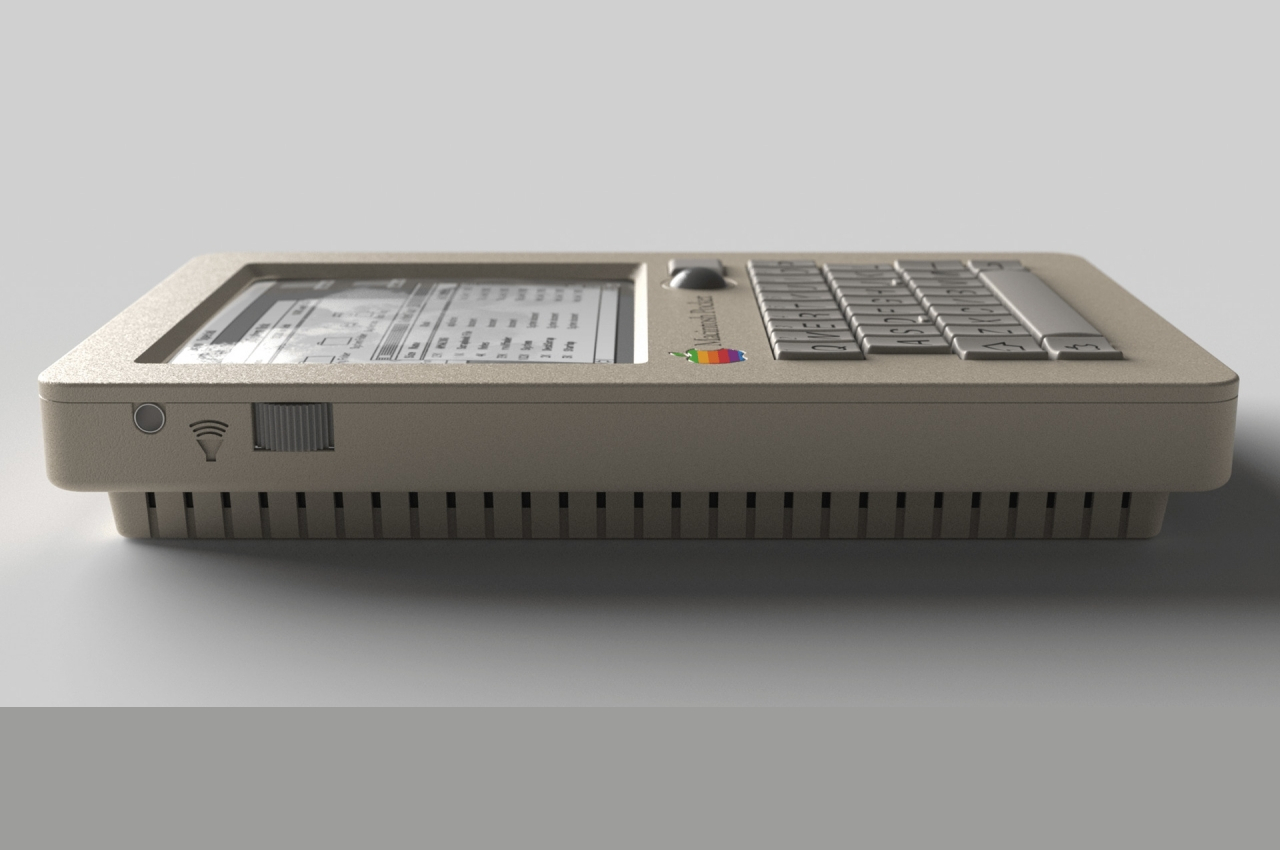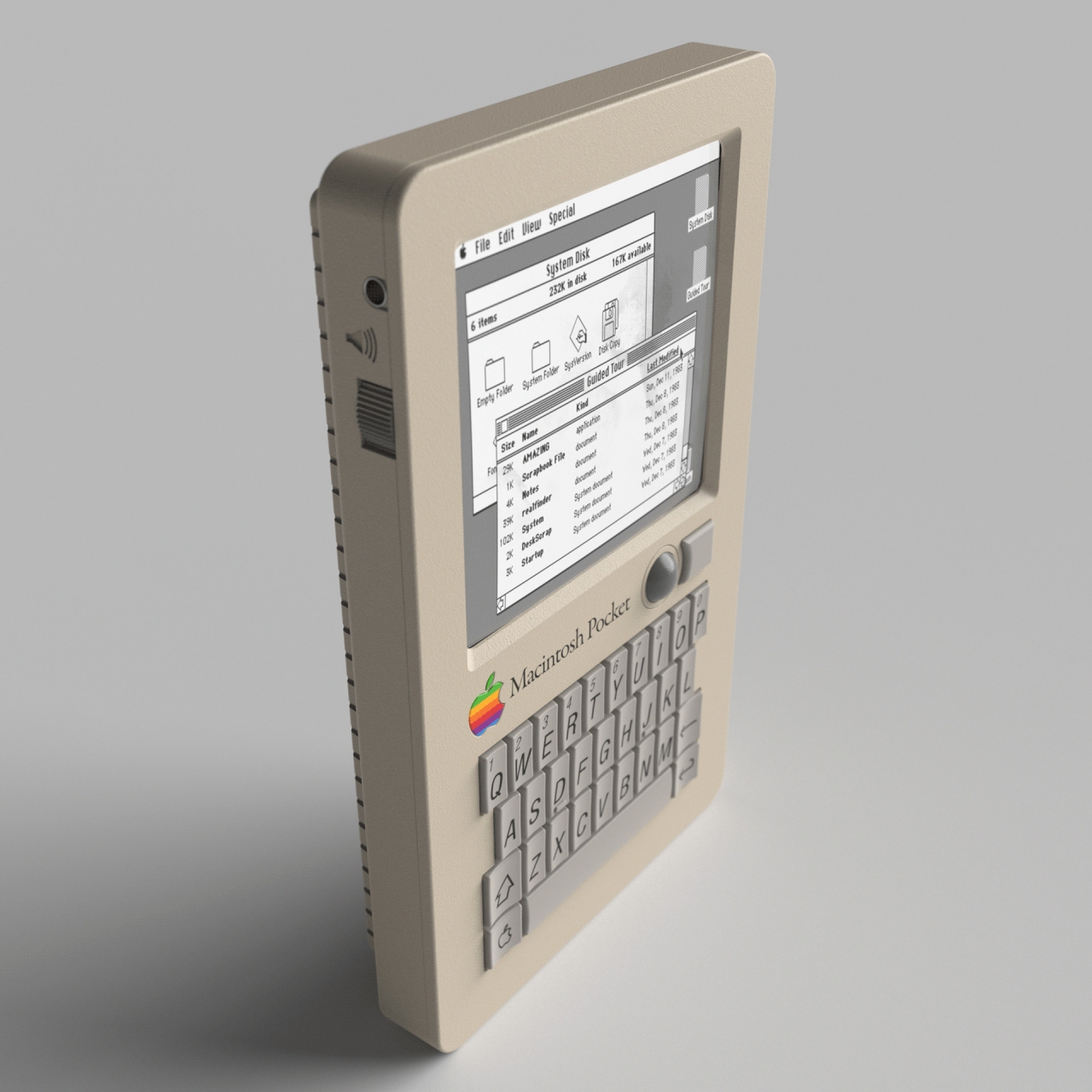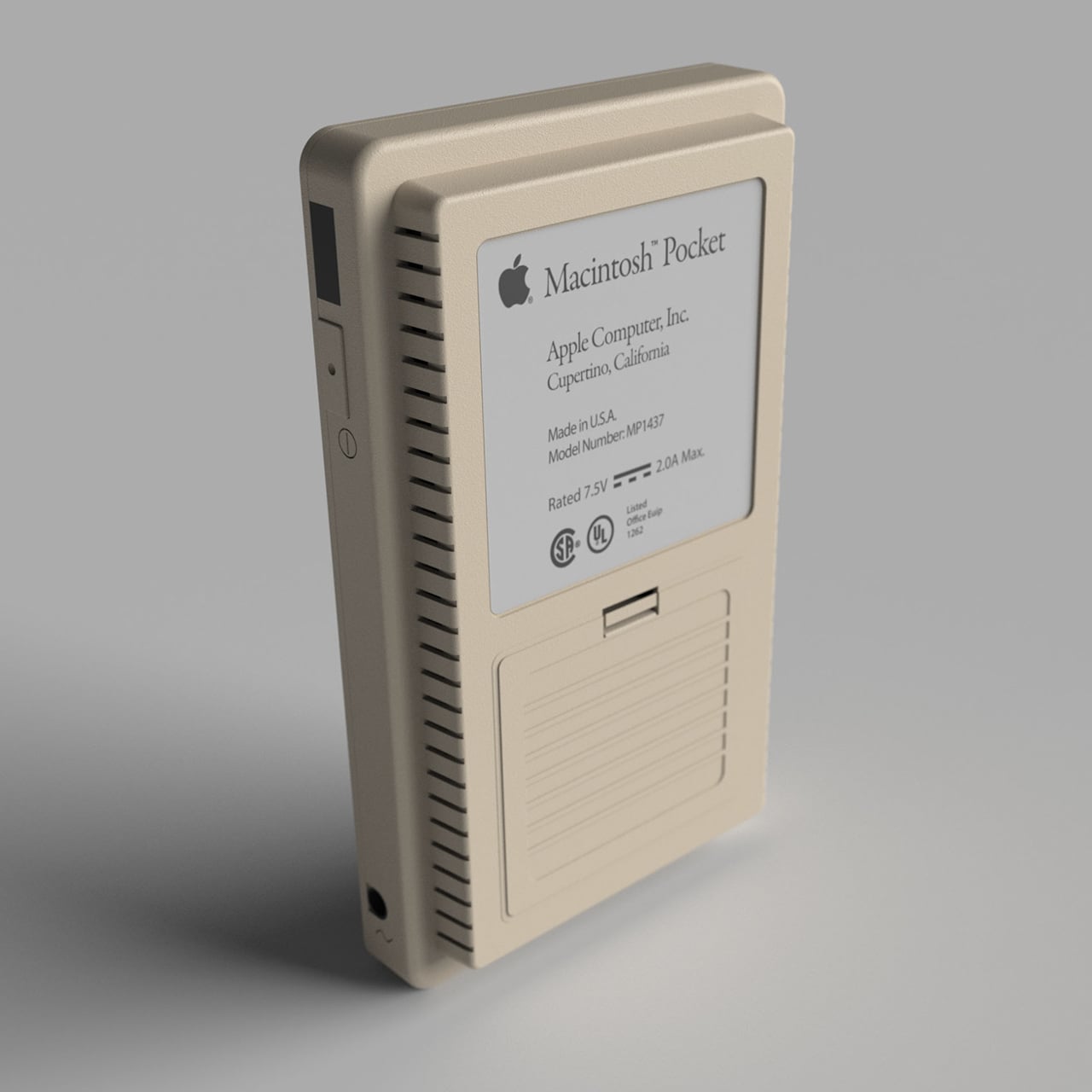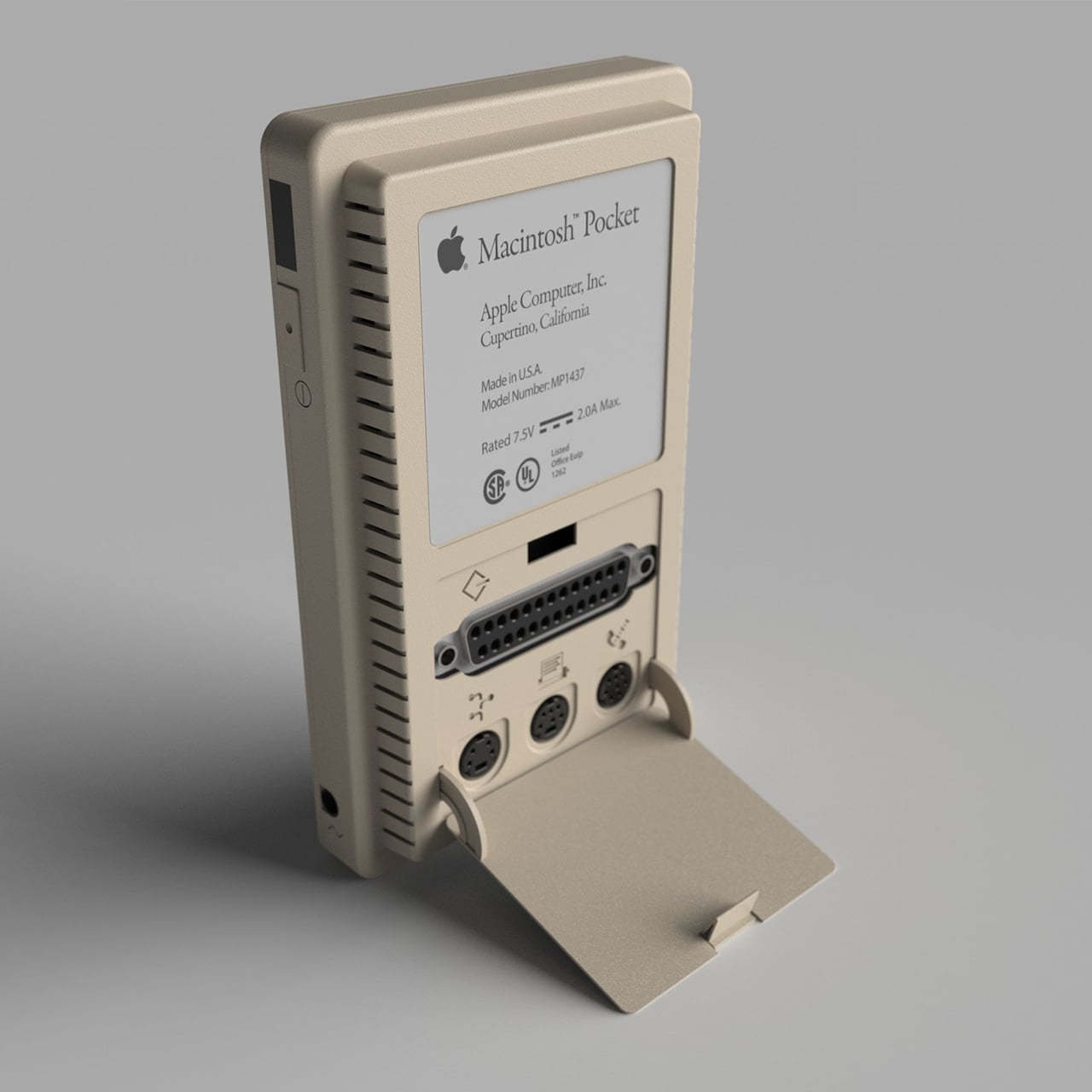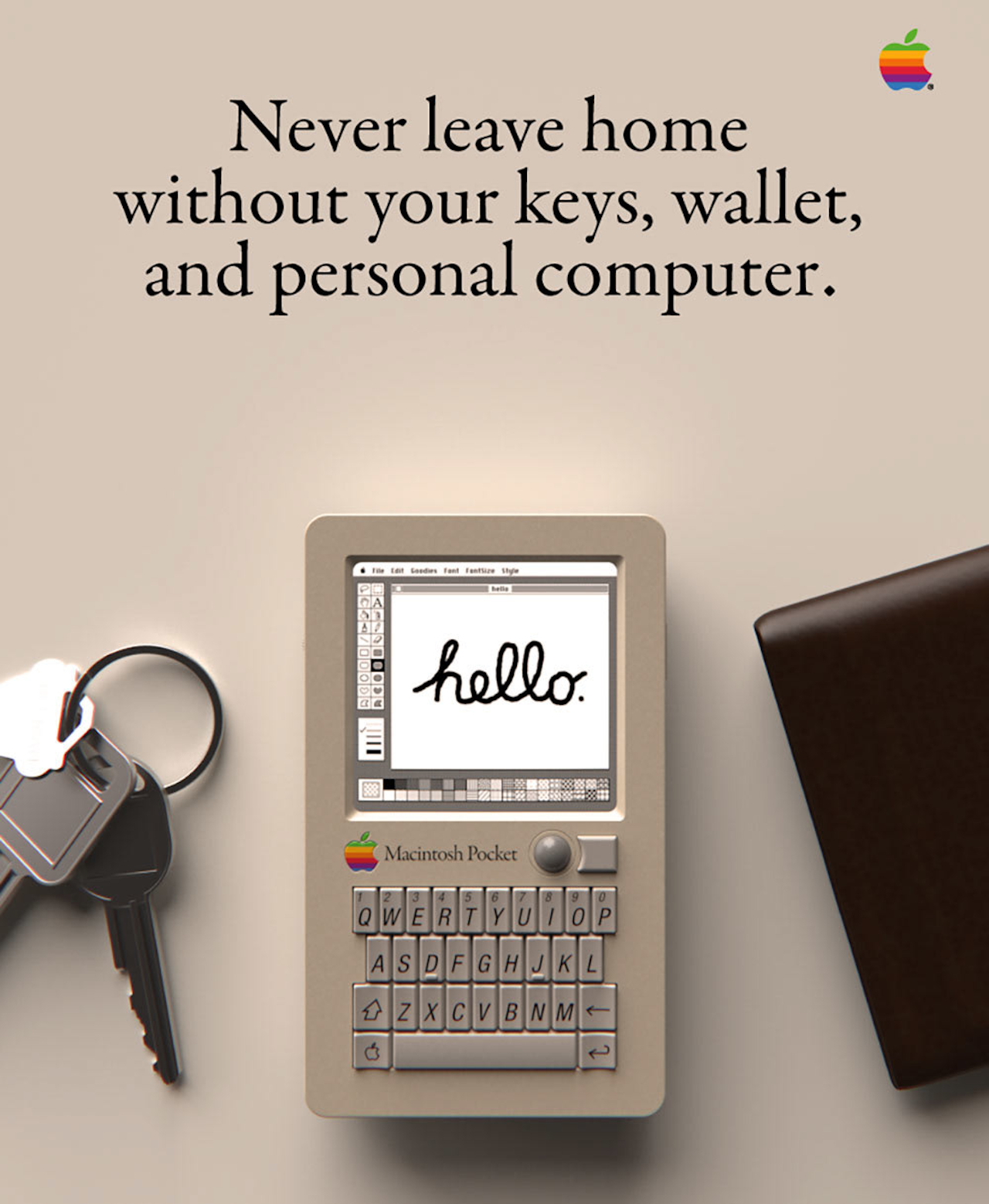
In an exciting announcement today, Logitech expanded its “Designed for Mac” lineup with the introduction of the Wave Keys for Mac, an ergonomic keyboard crafted to provide comfort and enhance productivity for Mac users. This launch, set to coincide with the release of other Mac-centric peripherals in Logitech’s portfolio, underscores the company’s commitment to creating seamless, user-friendly experiences within the Apple ecosystem.
Designer: Logitech

Ergonomics Meets Mac-Specific Design
The Wave Keys for Mac stands out as Logitech’s first ergonomic keyboard specifically designed for the Mac, adapted from the Wave Keys that launched at the end of last year. Emphasizing comfort and usability, it features a signature wave shape that ensures a natural typing posture. This wavy design positions the hands, wrists, and forearms in an optimal manner, reducing strain and promoting comfortable typing throughout the day.
A key highlight of the Wave Keys for Mac is its cushioned palm rest, which comprises three layers: memory foam, high-density foam, and a knitted fabric covering. This thoughtful design offers 57% more wrist support compared to traditional Logitech keyboards without palm rests, making it an ideal choice for prolonged use.
Compact and Versatile
The compact layout of the Wave Keys for Mac is not only space-saving but also strategically designed to promote a more natural shoulder position while using a mouse. This makes it a practical addition to any desk setup, particularly for those who prioritize ergonomics without compromising on functionality.
Further enhancing its appeal, the keyboard includes easy-to-use +4° tilt legs, allowing users to adjust the keyboard’s angle to their preference for maximum comfort.

Seamless Integration and Personalization
Logitech’s commitment to enhancing user experience is evident in the Wave Keys for Mac’s seamless integration with macOS, iPadOS, and iOS devices. Users can connect up to three Apple devices simultaneously and switch between them effortlessly with the tap of a button. This multi-device capability is complemented by the Logi Options+ app, which enables users to personalize their keyboard shortcuts and optimize their workflow.
The Wave Keys for Mac also boasts an impressive battery life, capable of lasting up to three years on the included AAA batteries, reducing the need for frequent replacements and ensuring consistent performance.

Sustainable Design
In line with Logitech’s dedication to sustainability, the Wave Keys for Mac is made with 48% post-consumer recycled plastic, excluding the plastic in the printed wiring assembly, receiver, and packaging. This eco-friendly approach aligns with Logitech’s broader initiative to reduce the carbon footprint of its products and promote environmentally conscious manufacturing practices.
This launch is part of a broader initiative by Logitech to cater to the needs of Mac users. Alongside the Wave Keys for Mac, Logitech is also introducing other products such as the MX Keys S for Mac, MX Keys S Combo for Mac, MX Anywhere 3S for Mac, and MX Keys Mini for Mac. These additions are designed to enhance productivity, streamline workflows, and ensure ergonomic comfort for Mac users.
Delphine Donné, Vice President and General Manager of Personal Workspace Solutions at Logitech, highlighted the company’s focus on integrating user-centric solutions with the Apple ecosystem while maintaining a strong commitment to sustainability. “With a focus on optimizing workflow, productivity, and comfort, our Designed for Mac portfolio empowers Apple users to unleash their creative potential and enjoy day-long comfort at the desk without sacrificing Mac compatibility and look,” said Donné.
The Wave Keys for Mac will be available for purchase in May 2024 at a price of $59.99.

The post Logitech Debuts Wave Keys for Mac: Ergonomic Keyboard for Apple Enthusiasts first appeared on Yanko Design.

